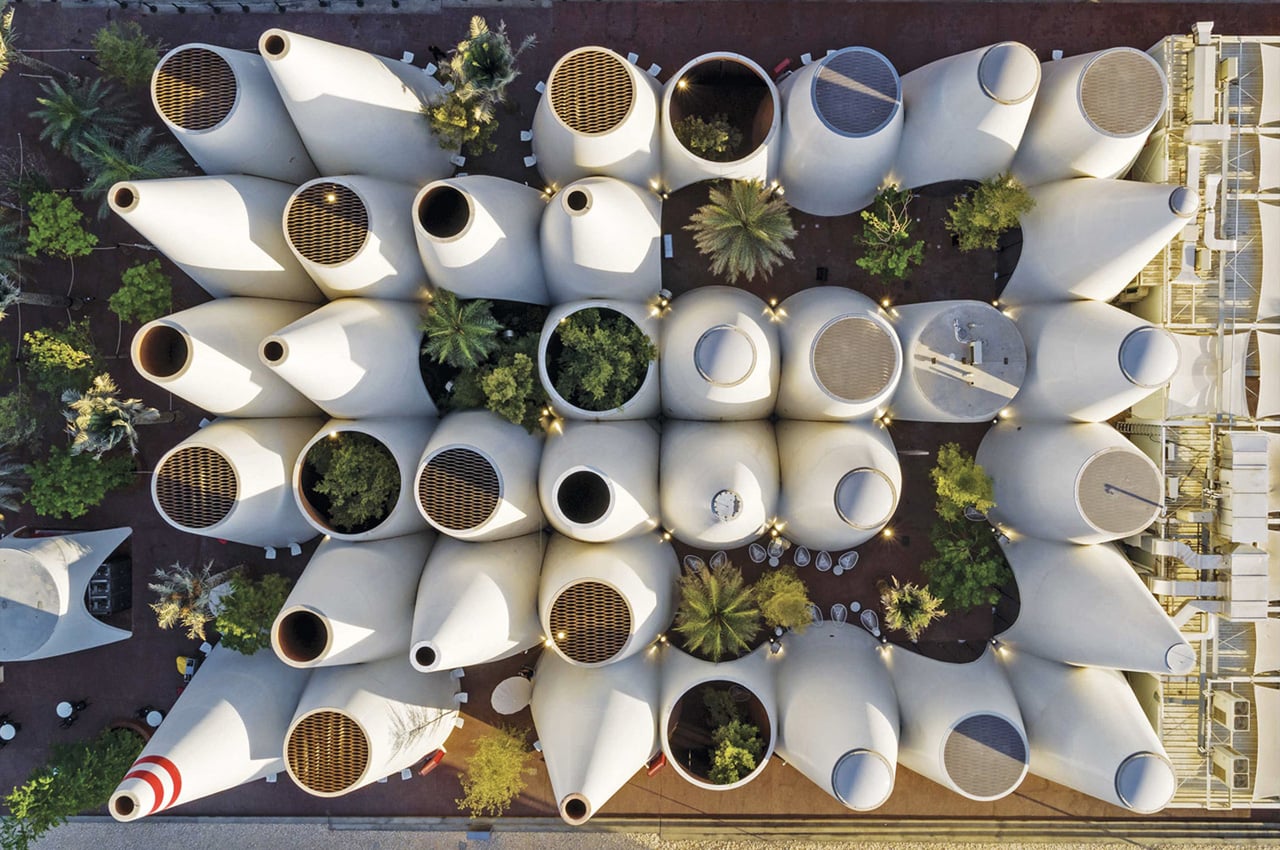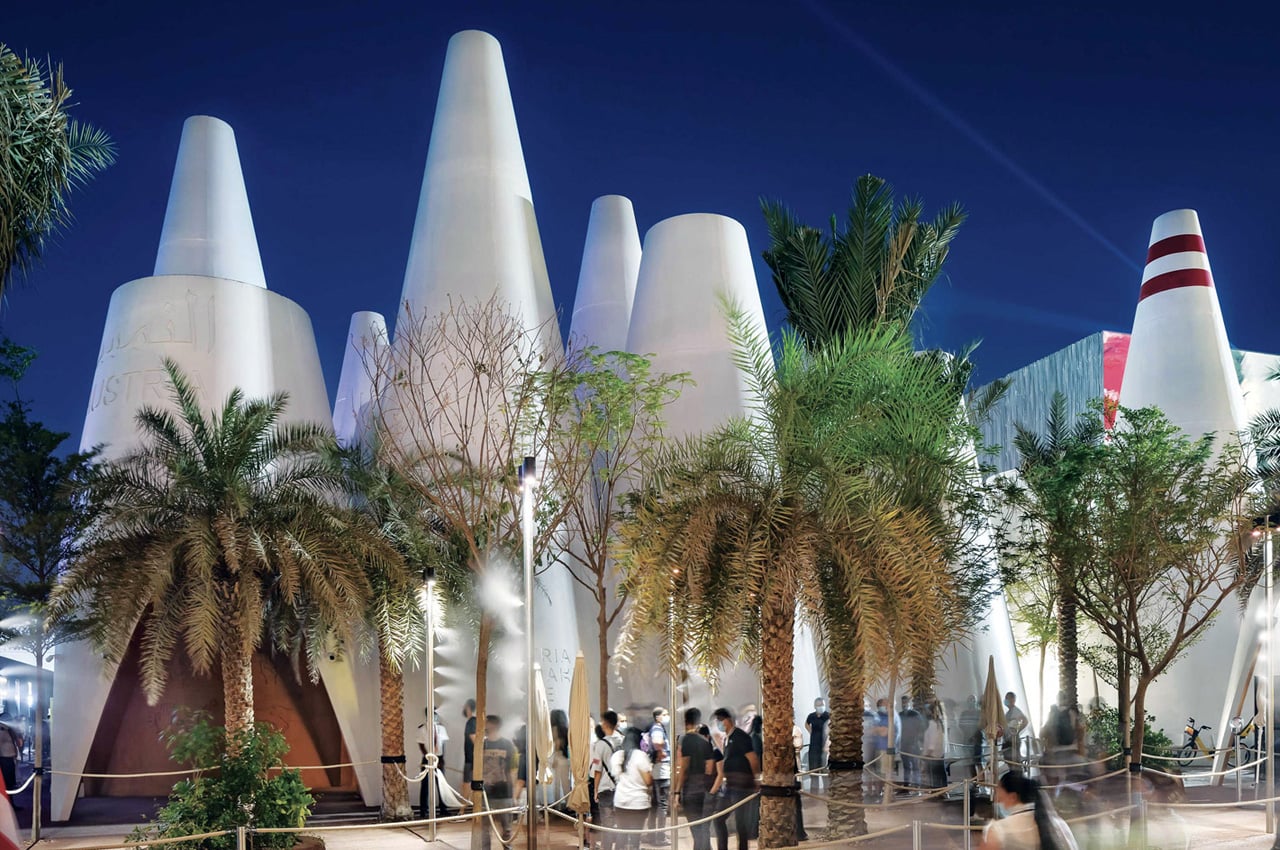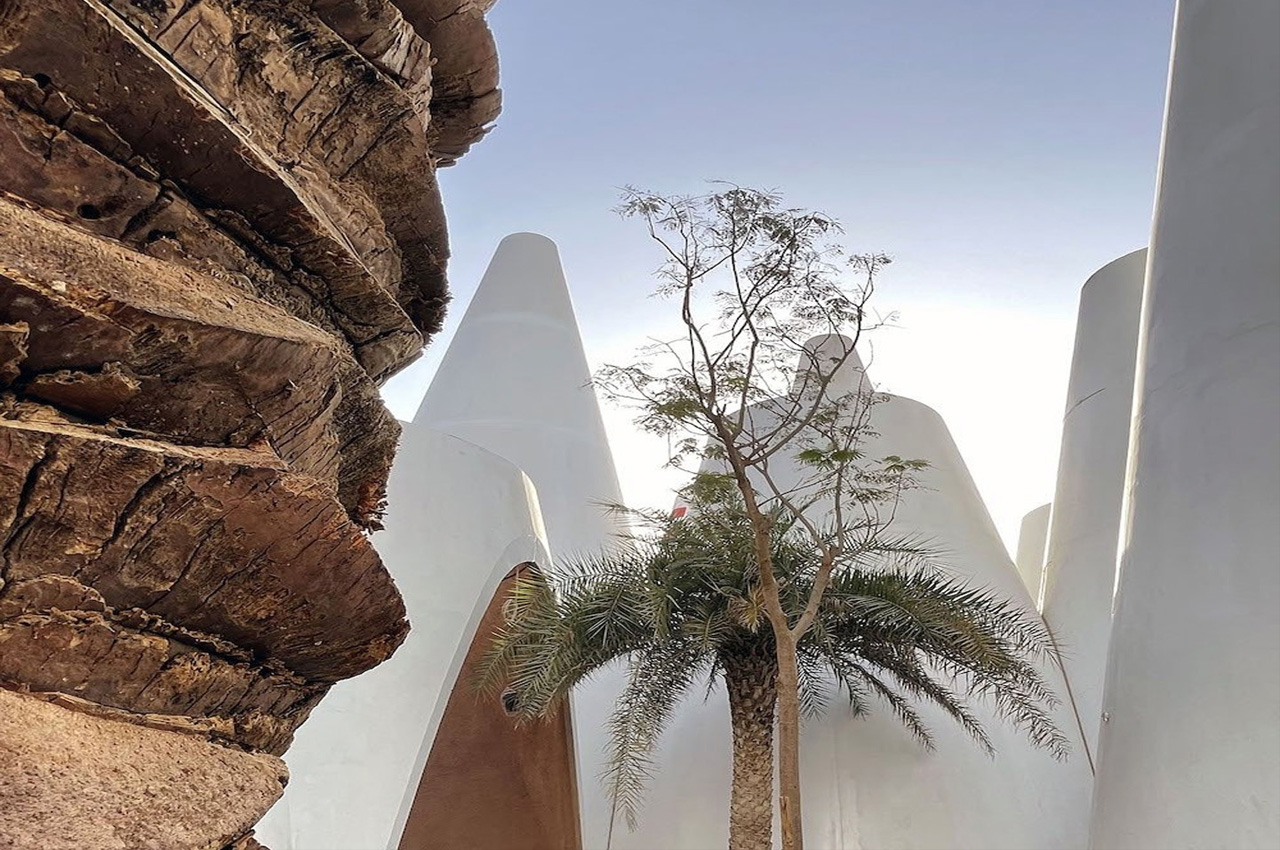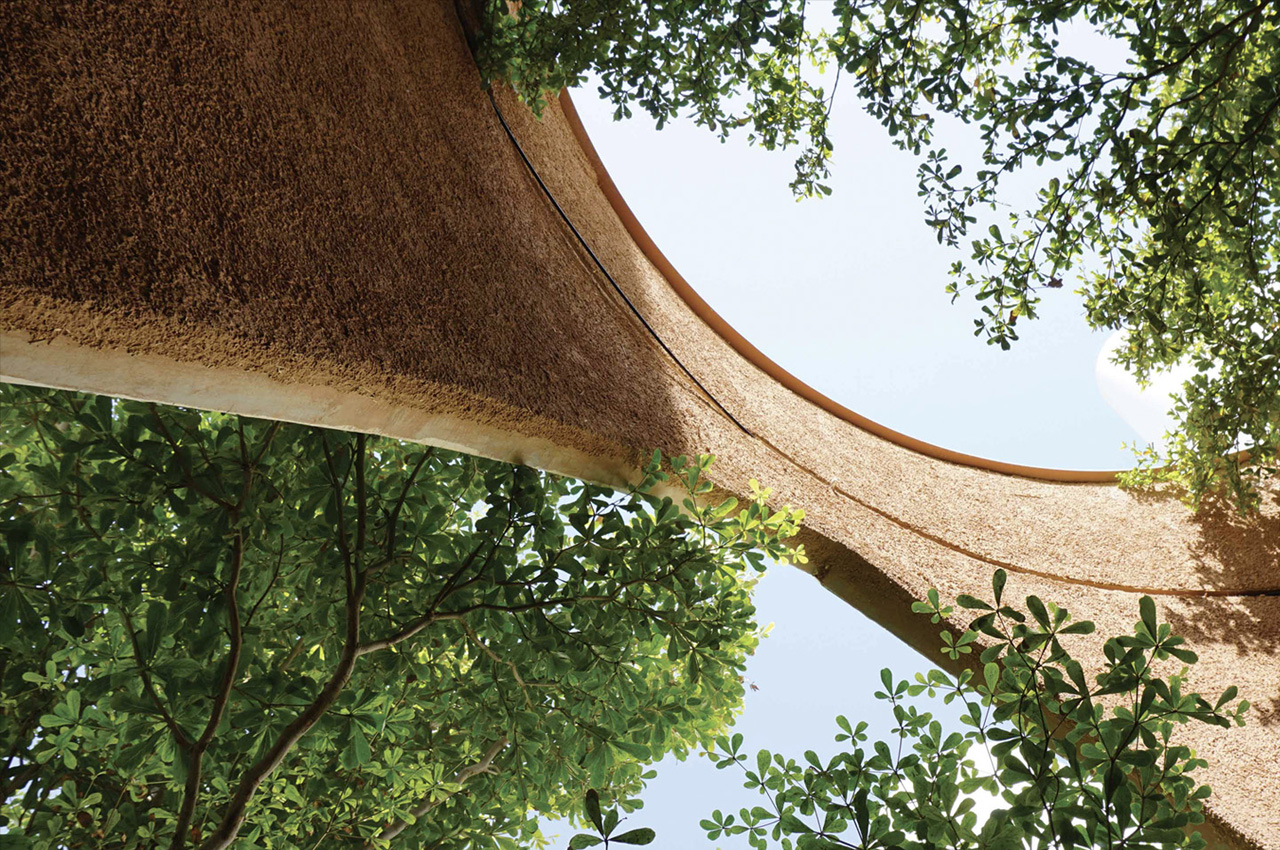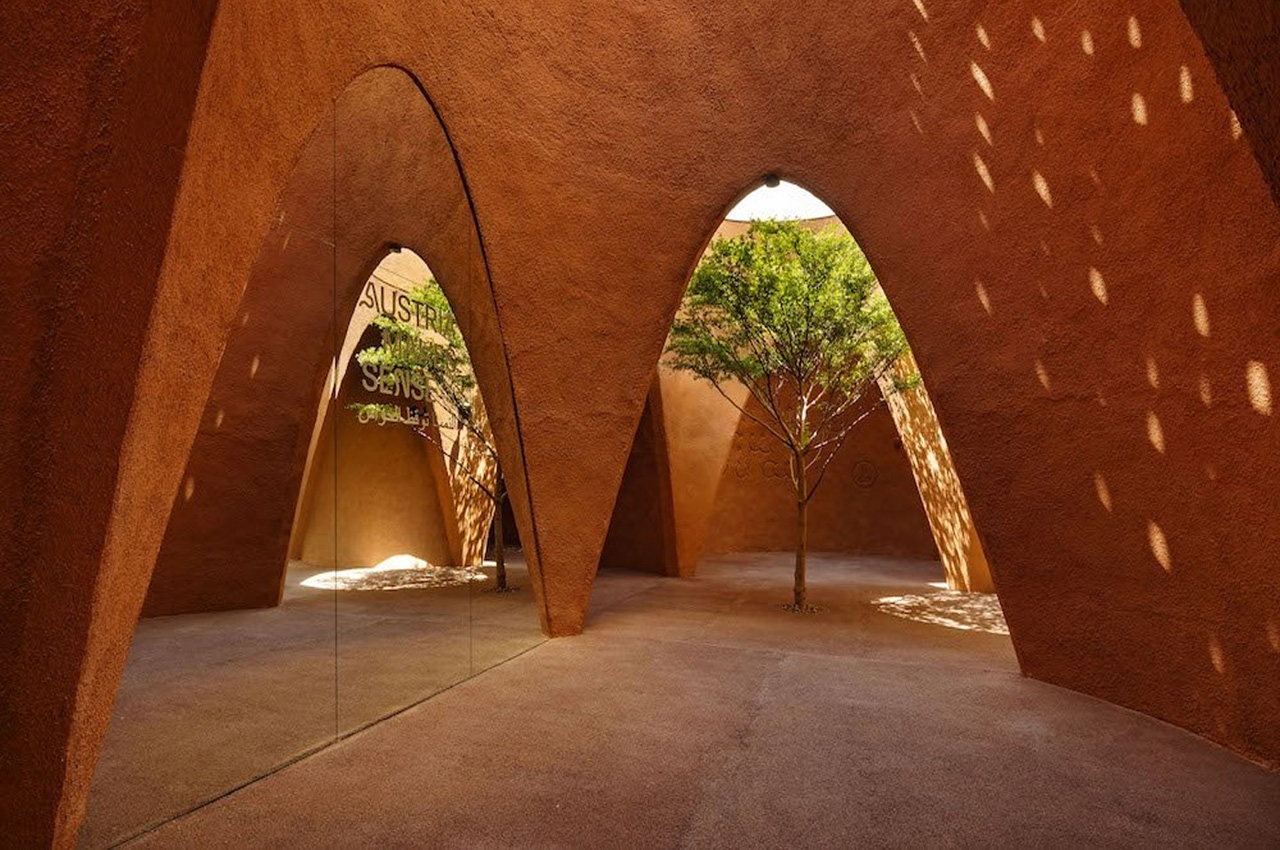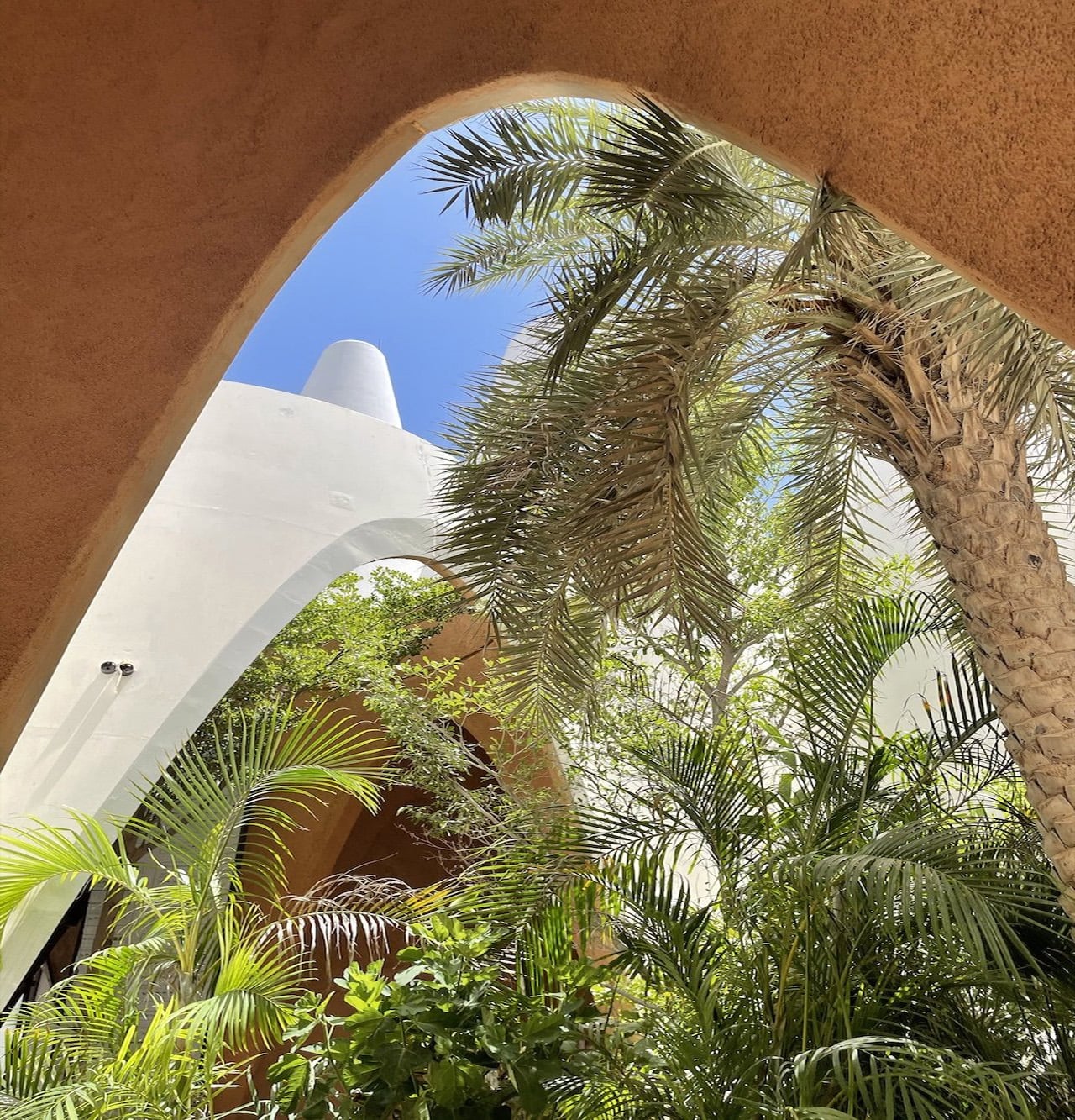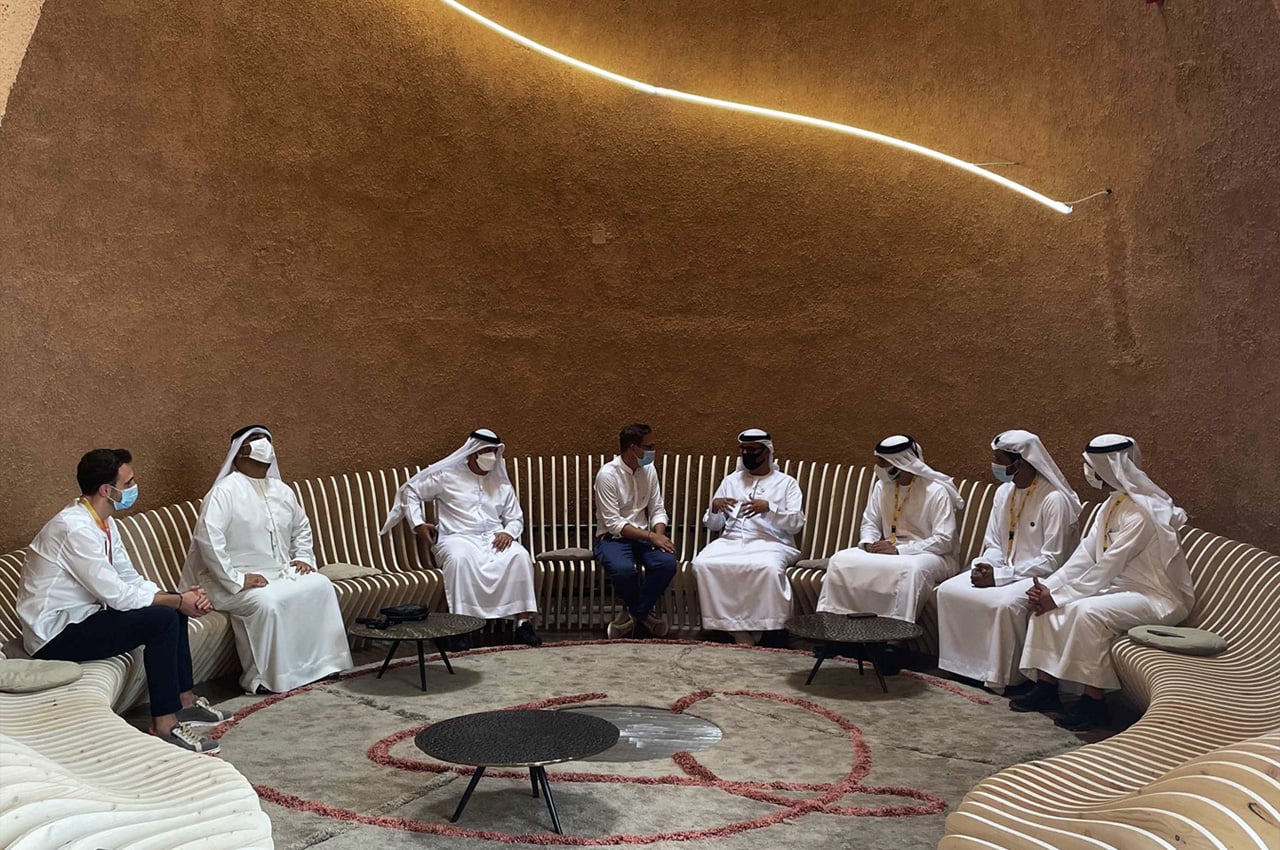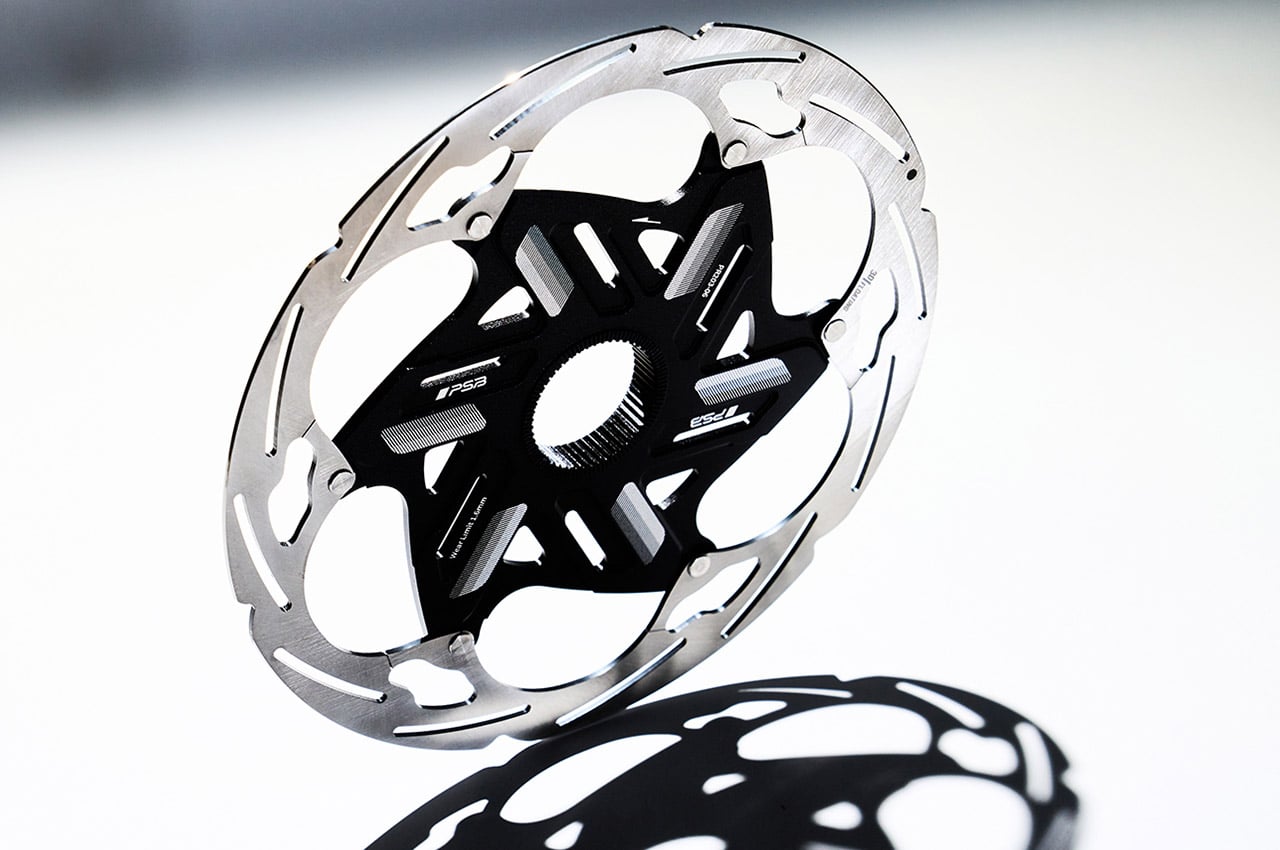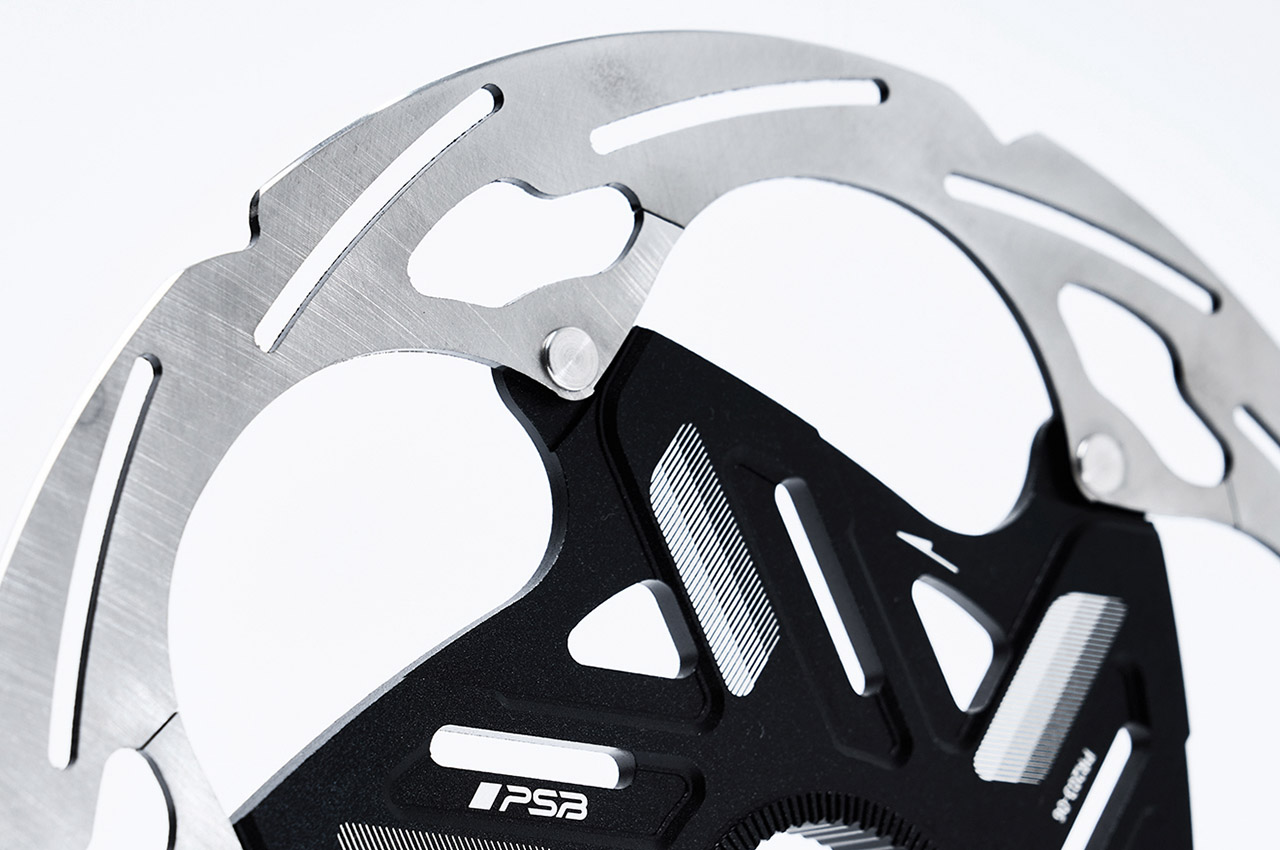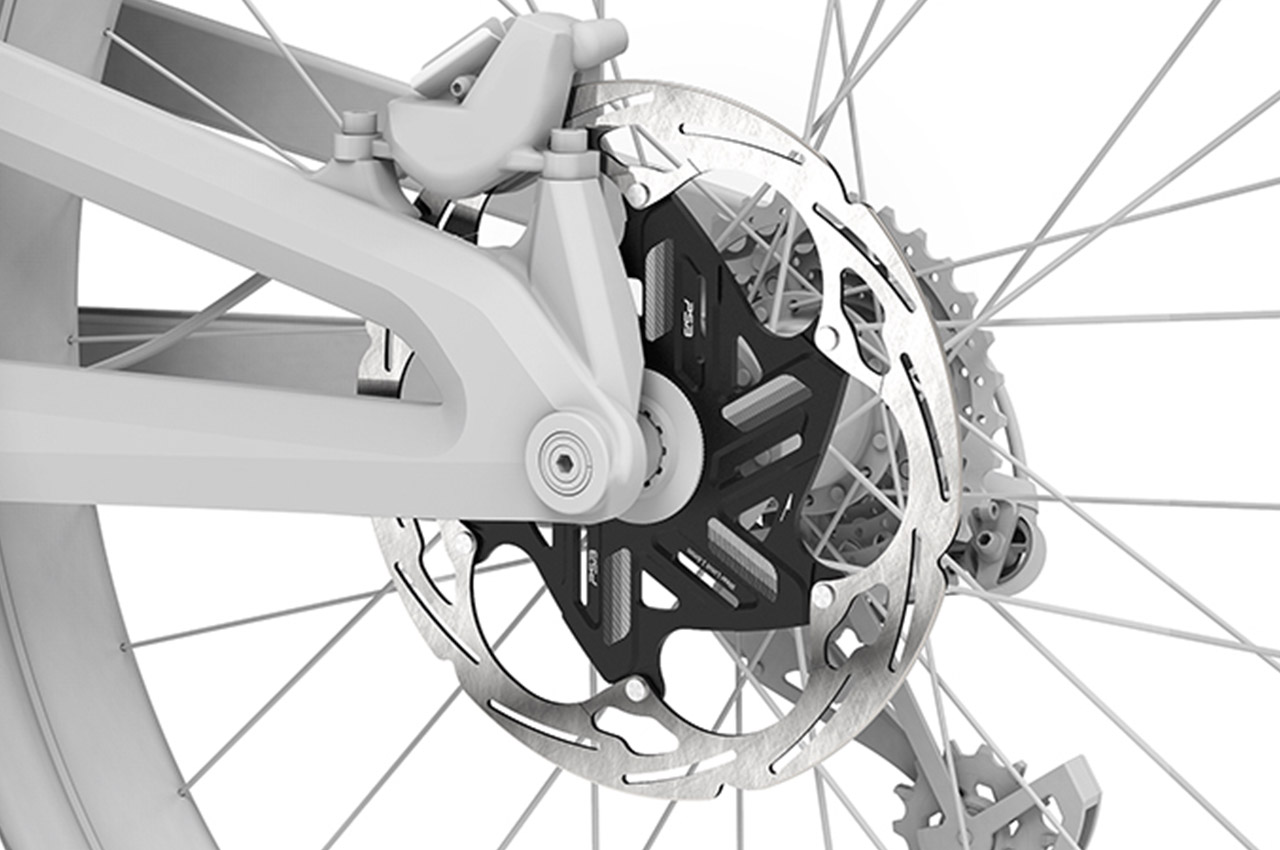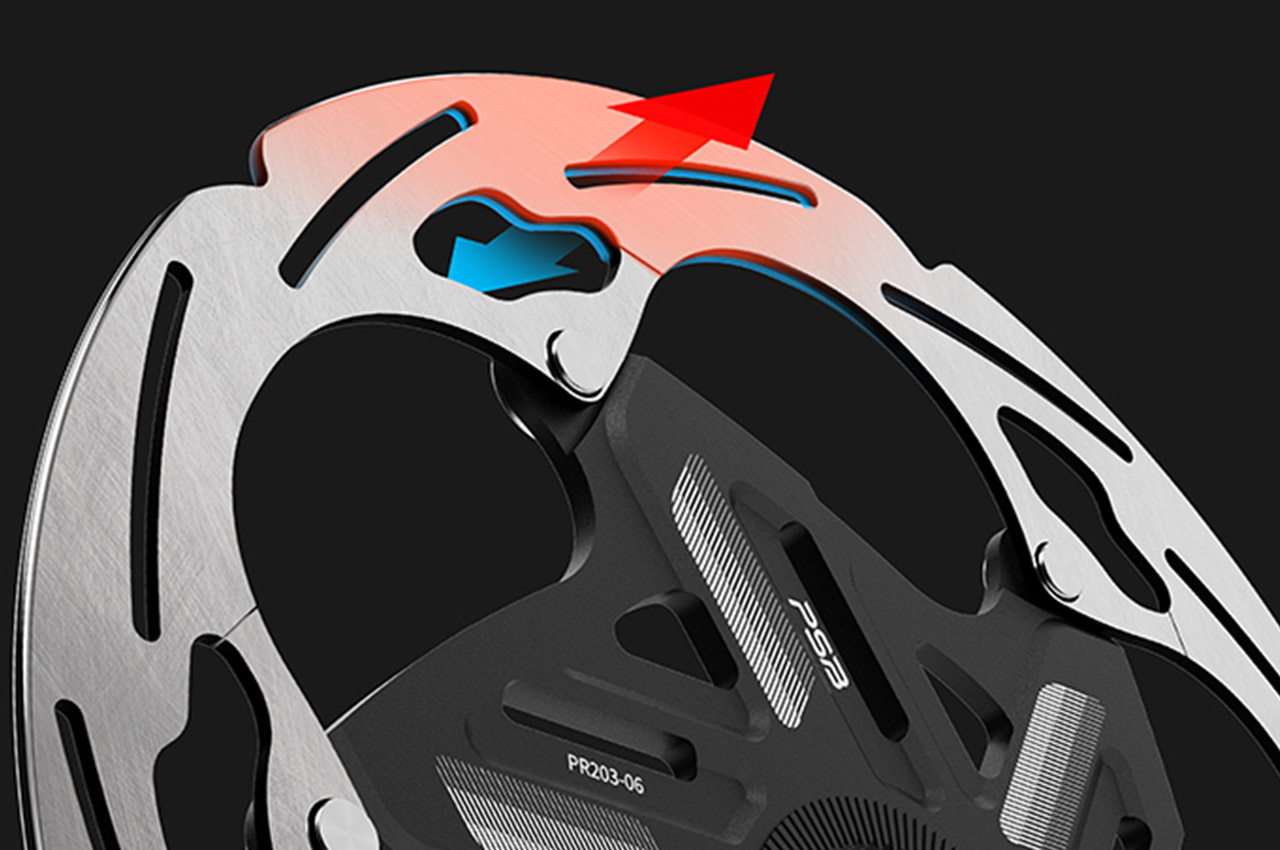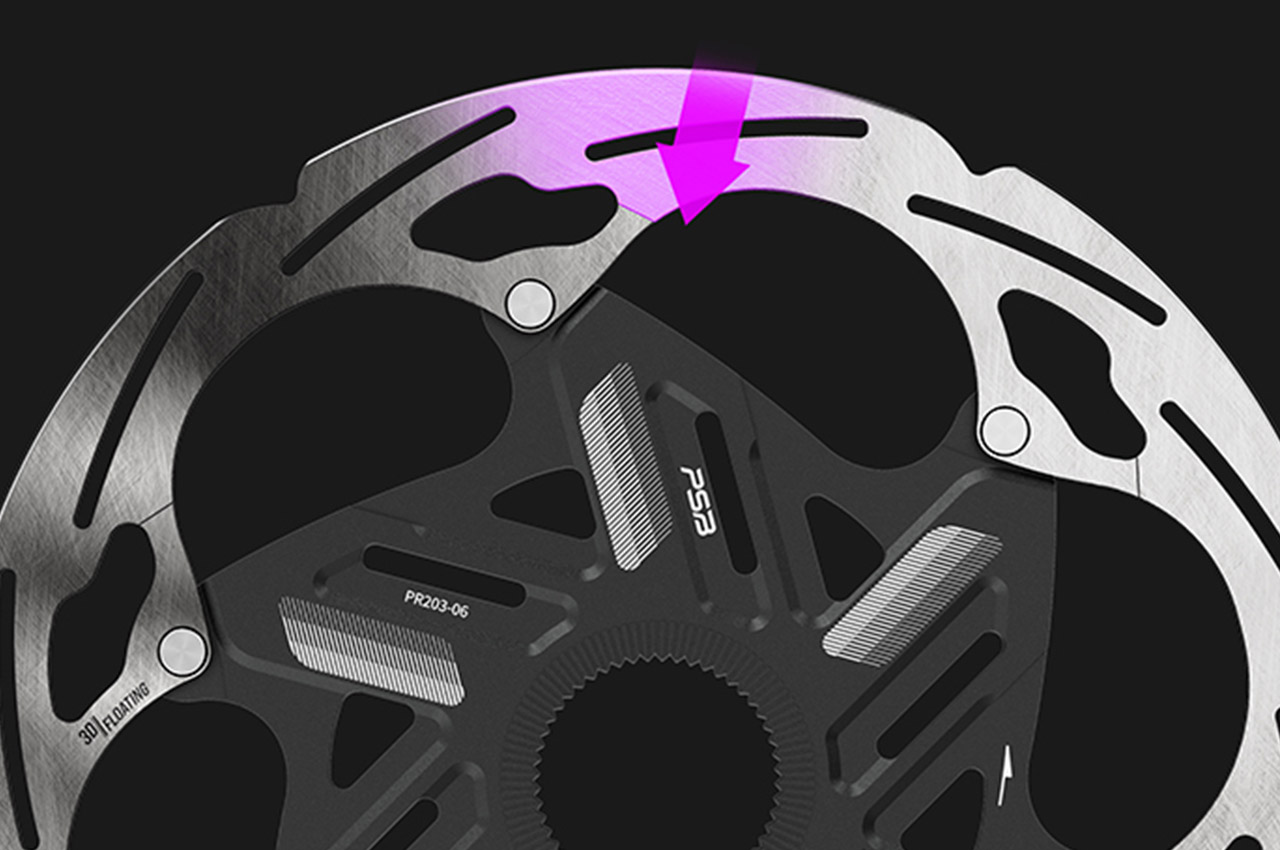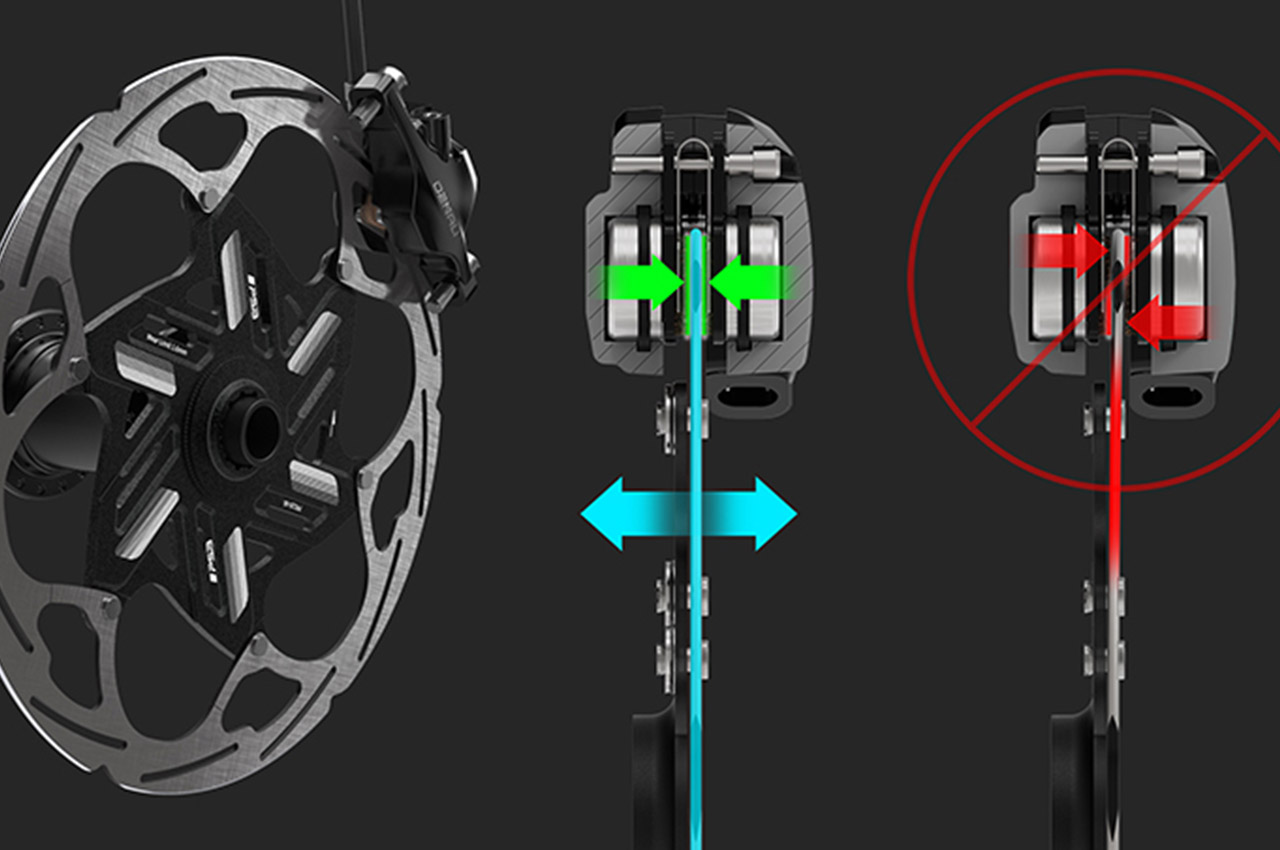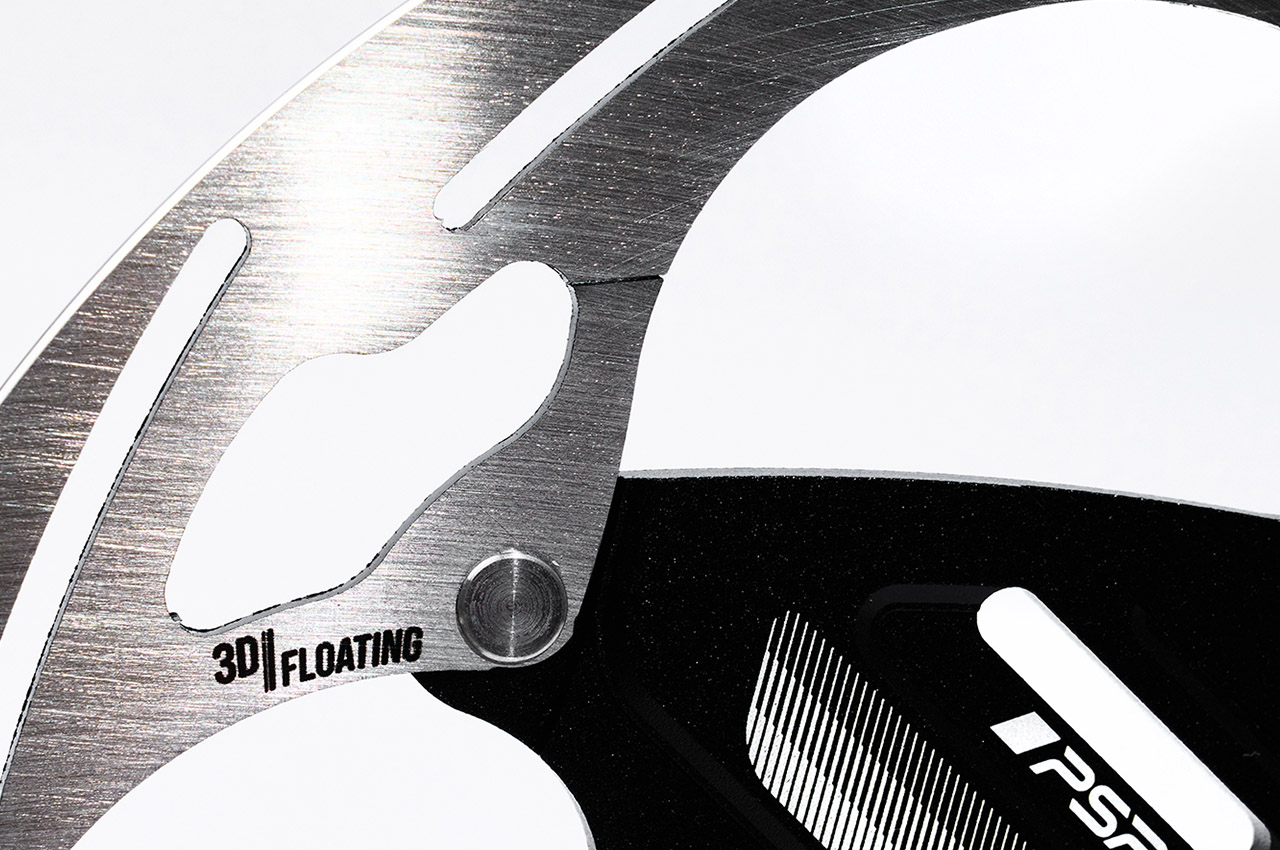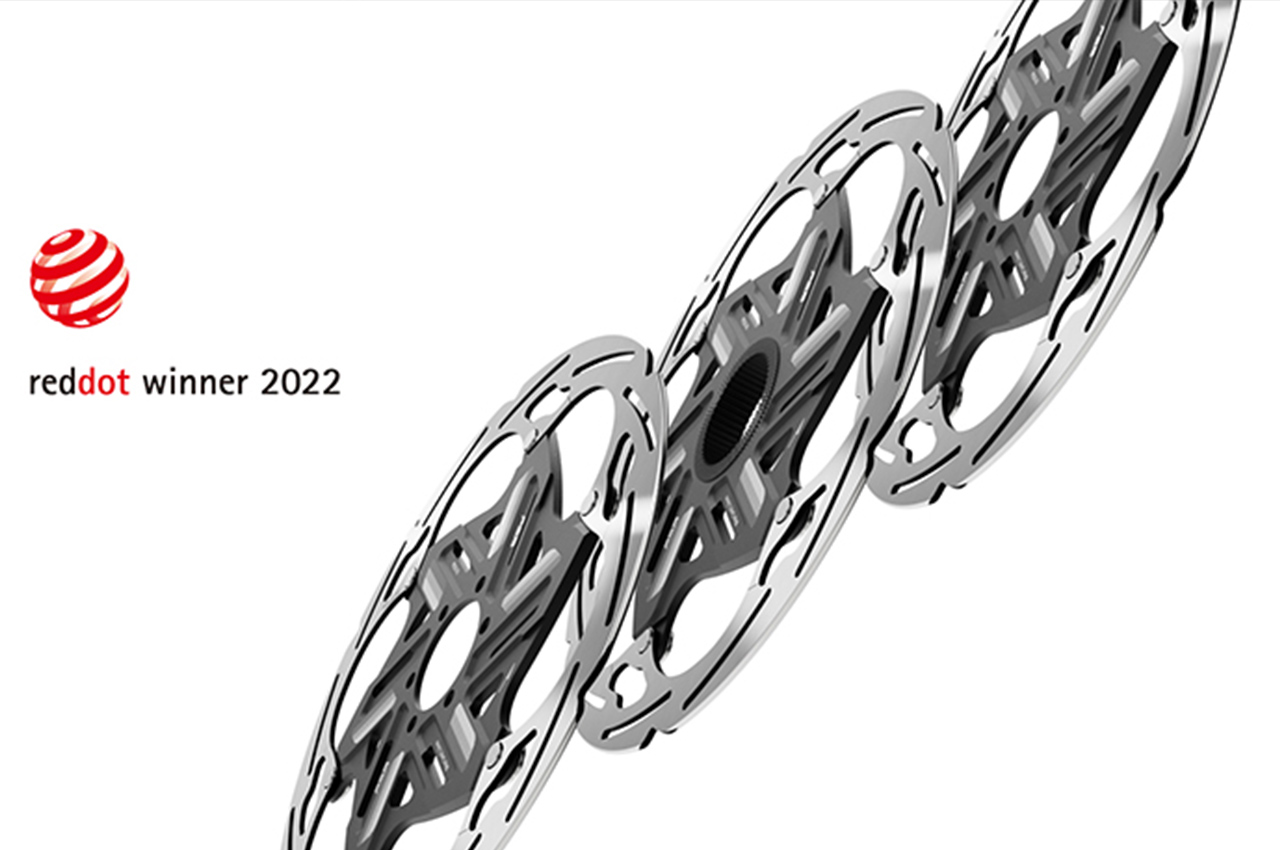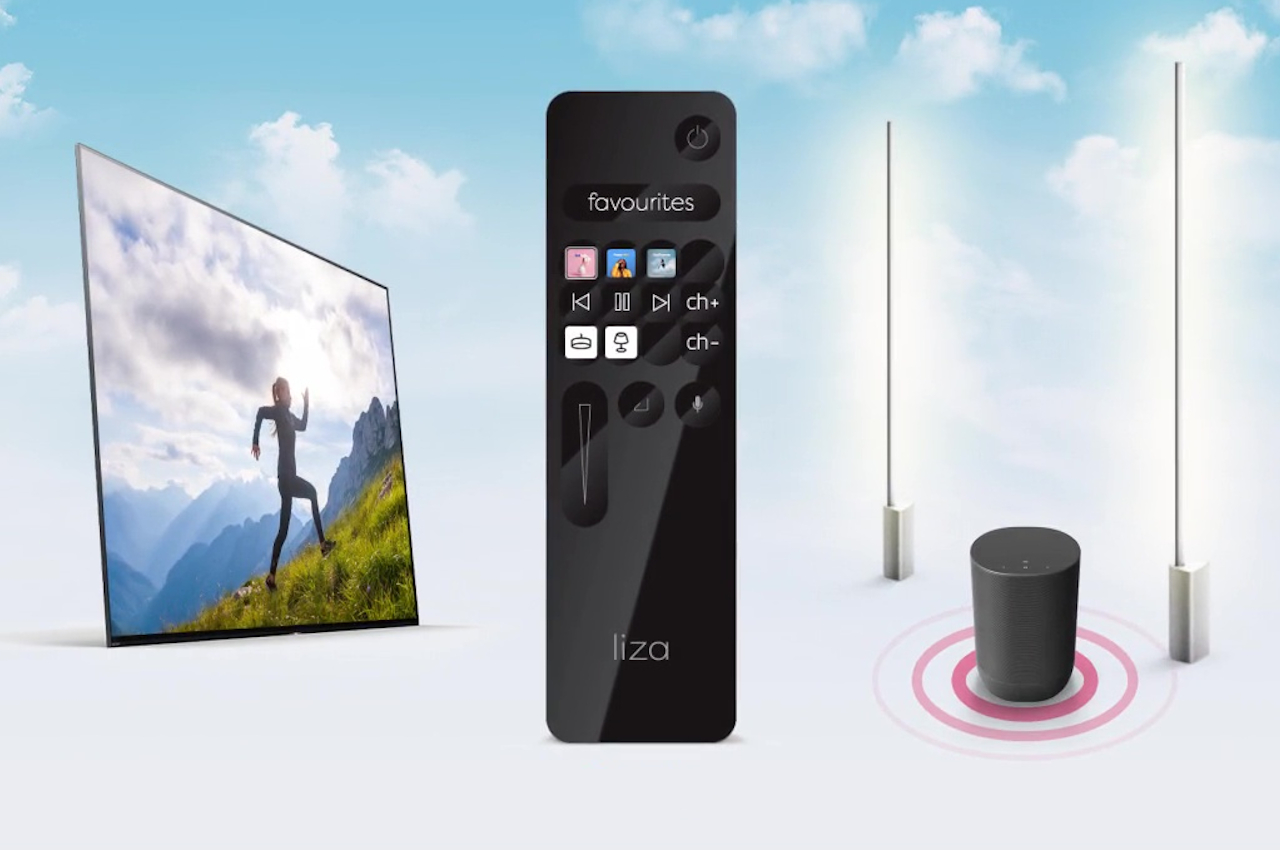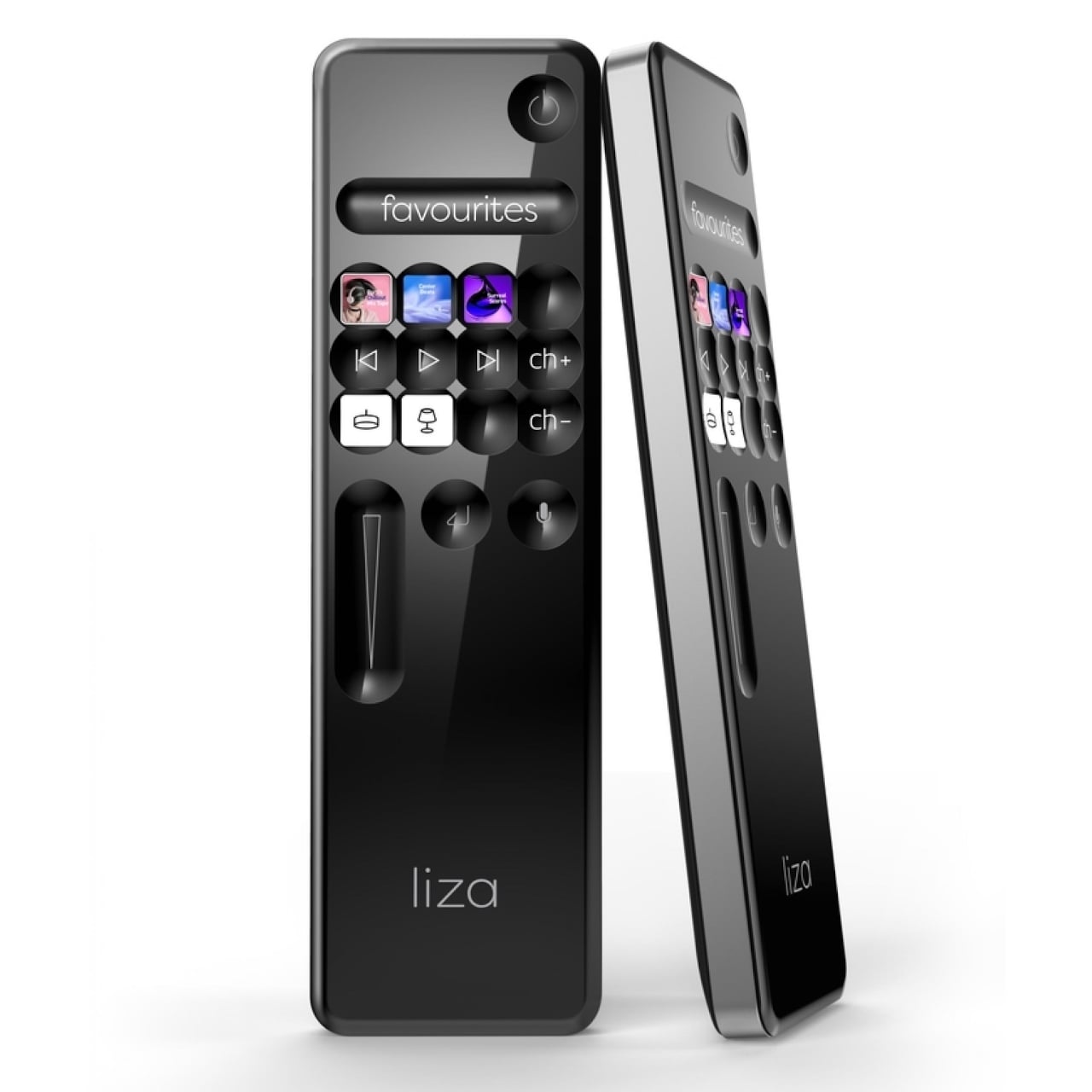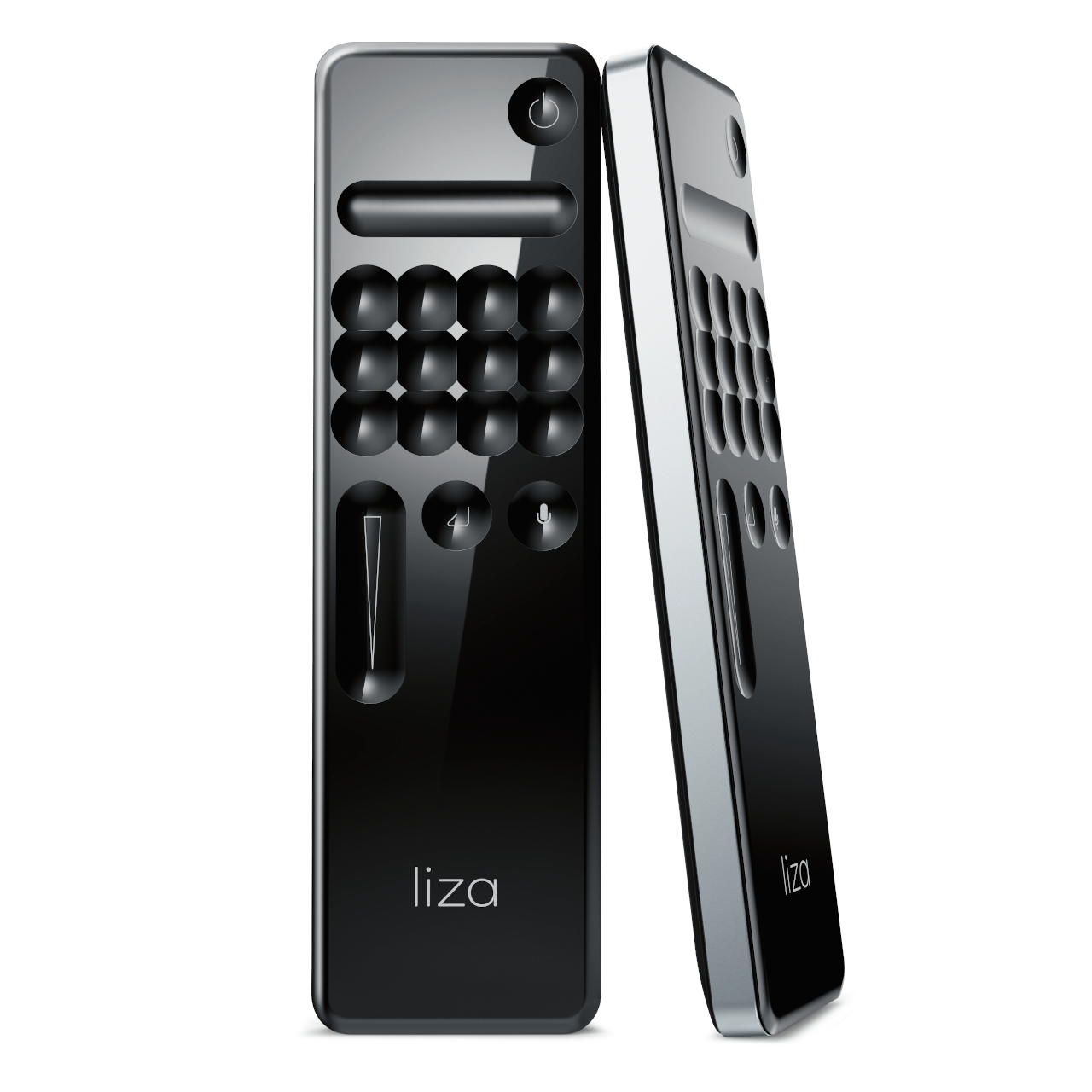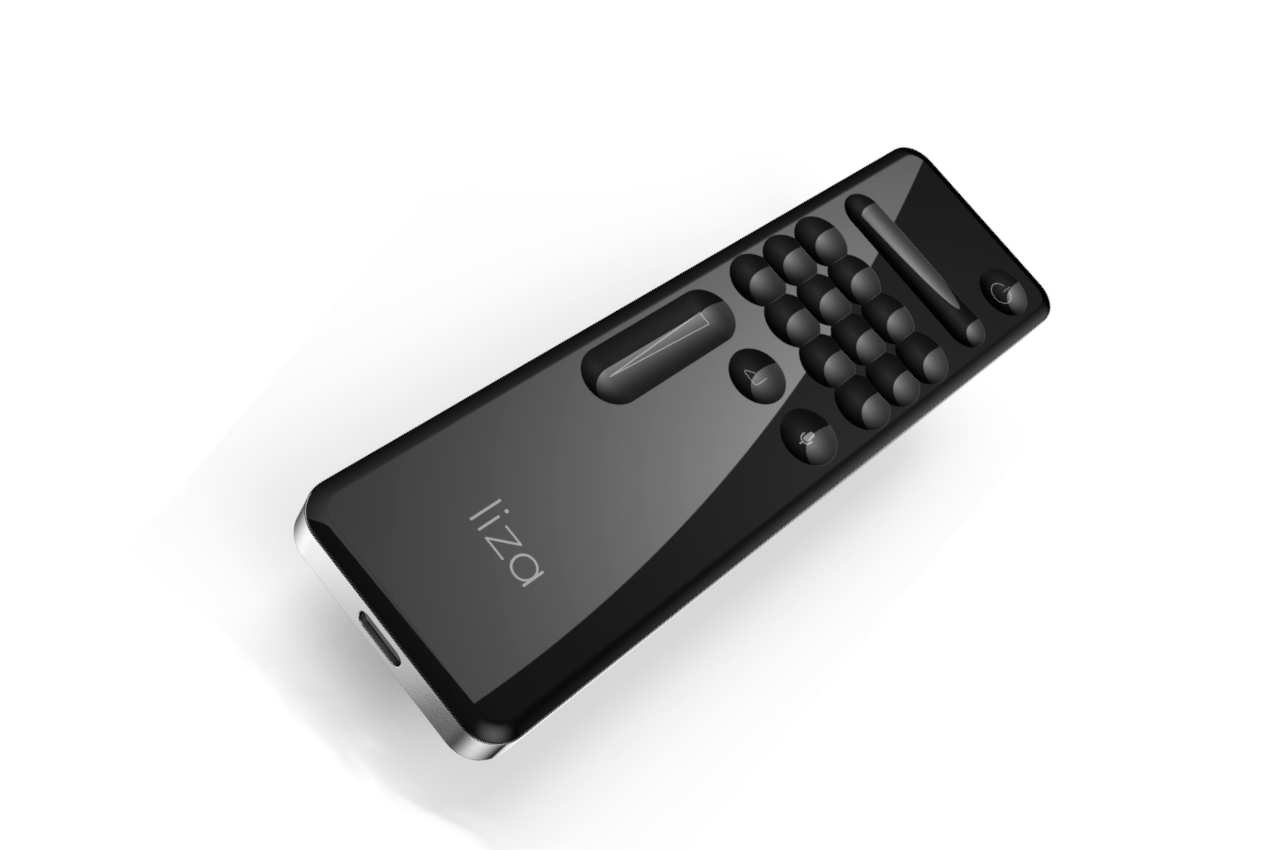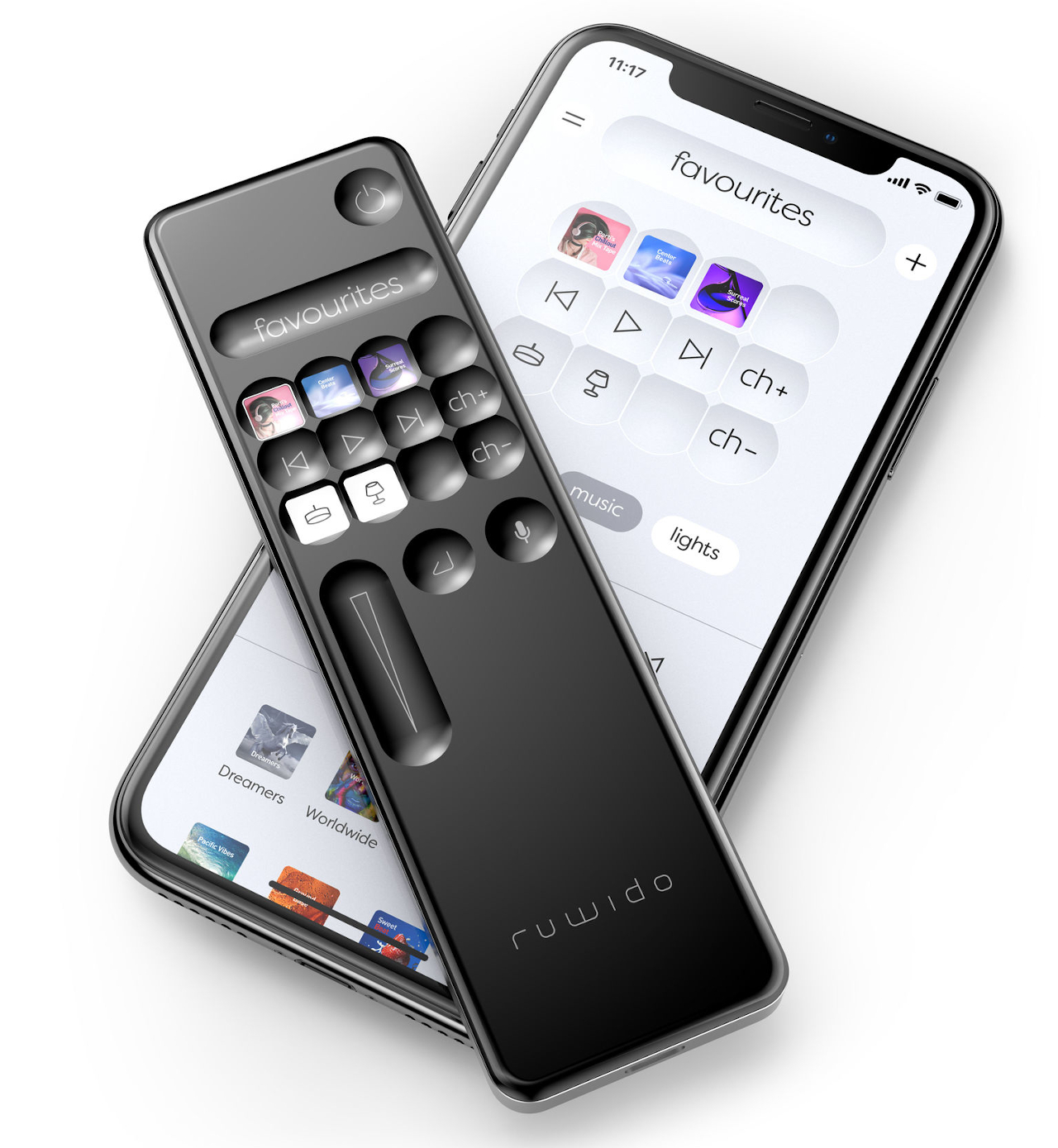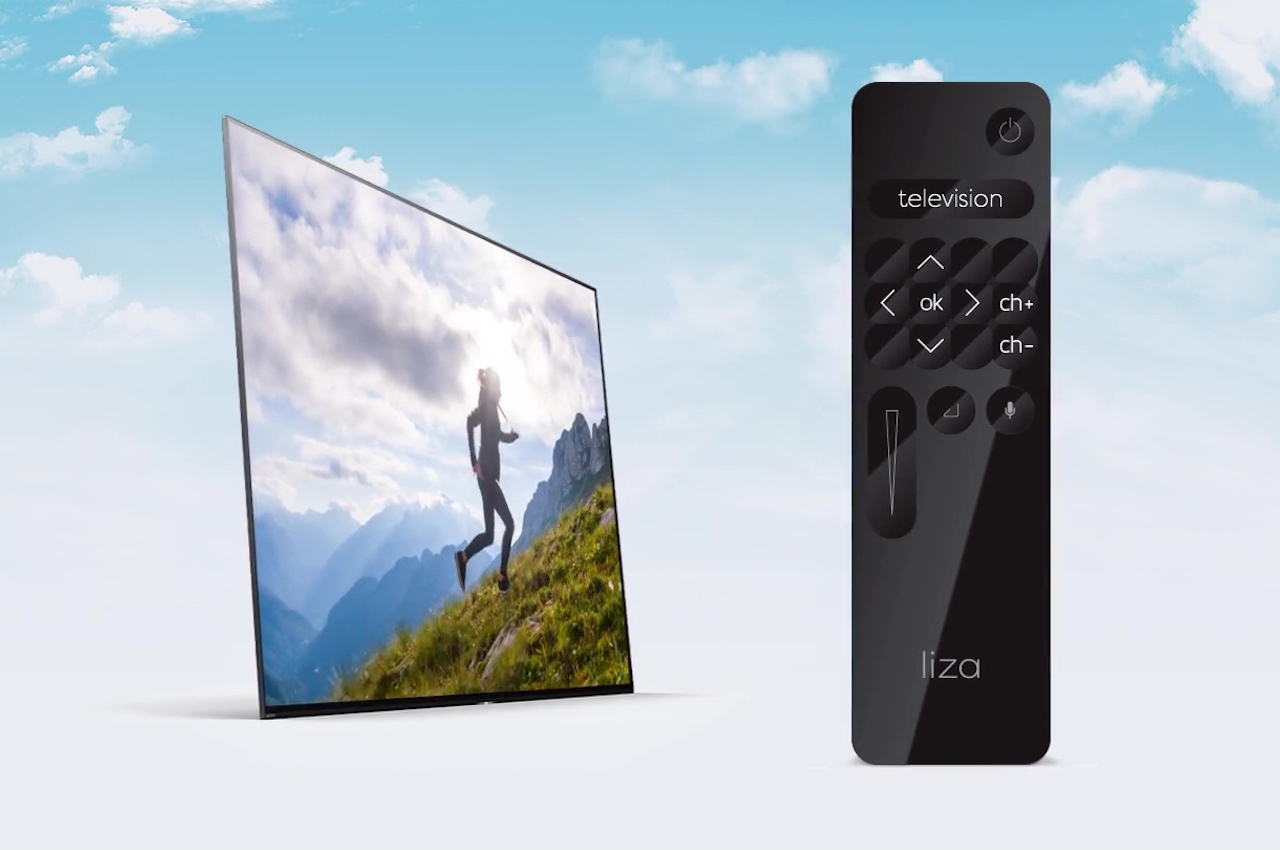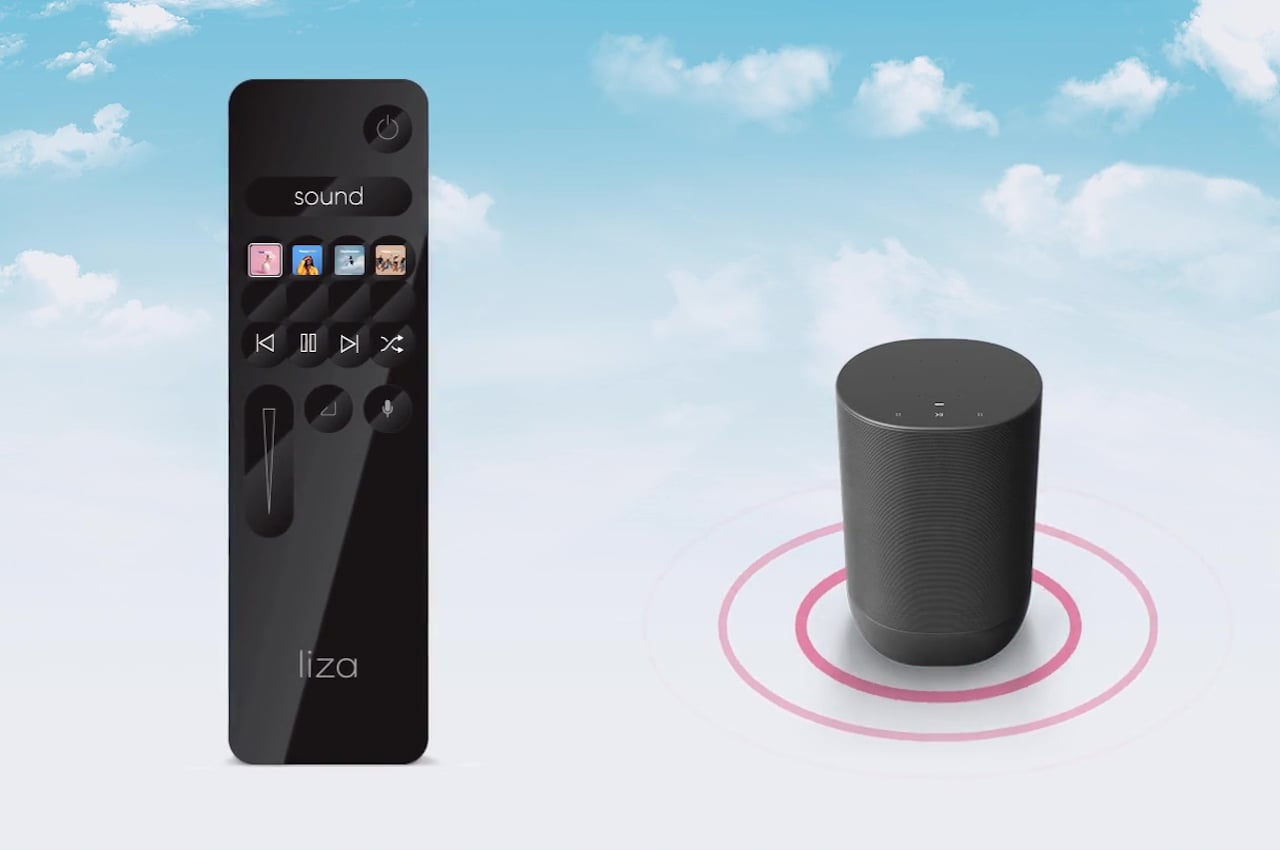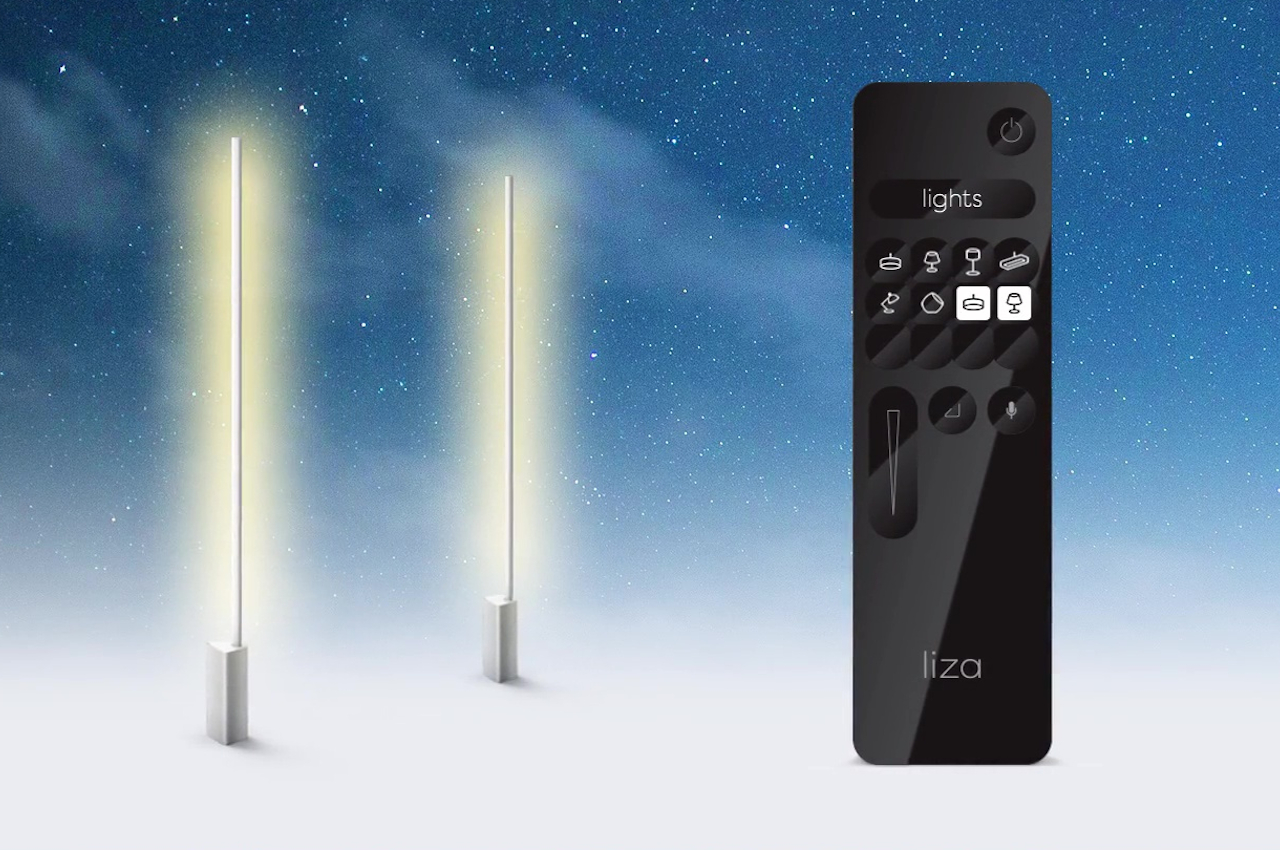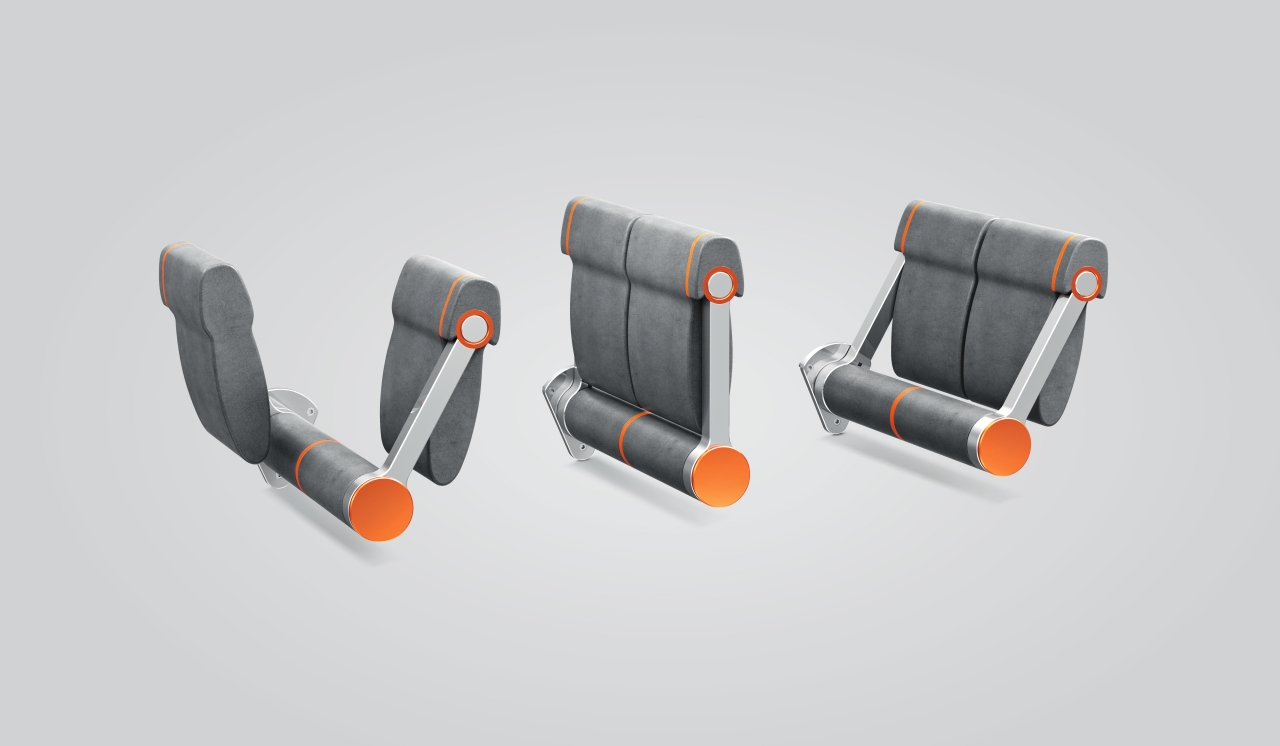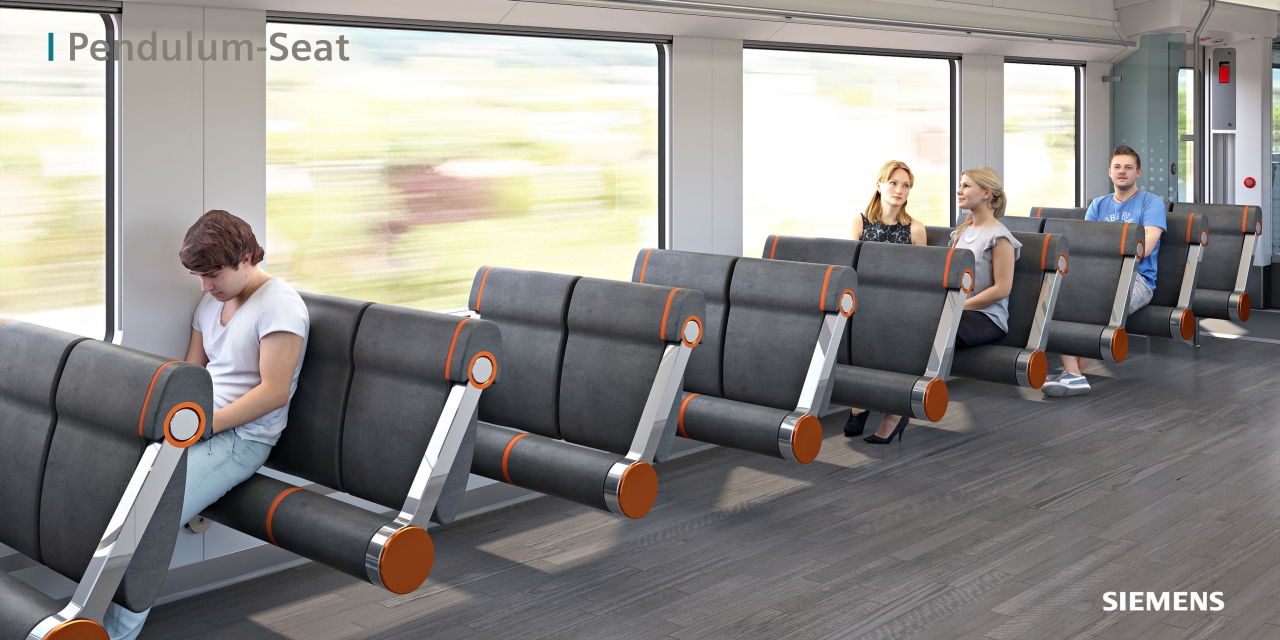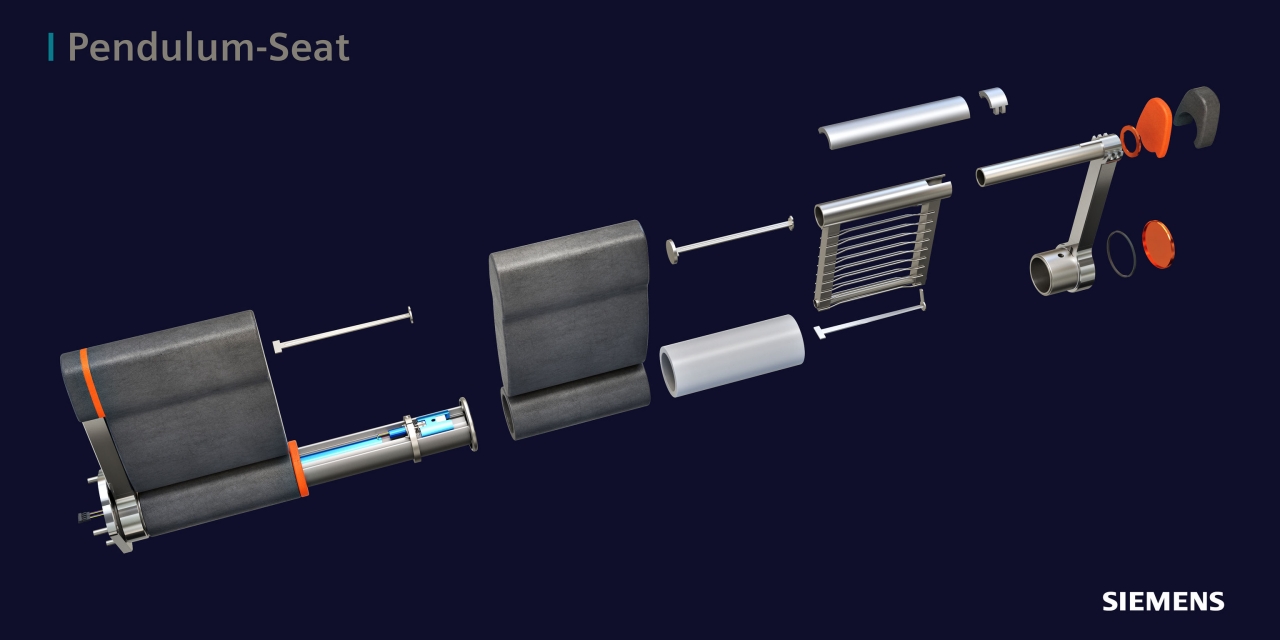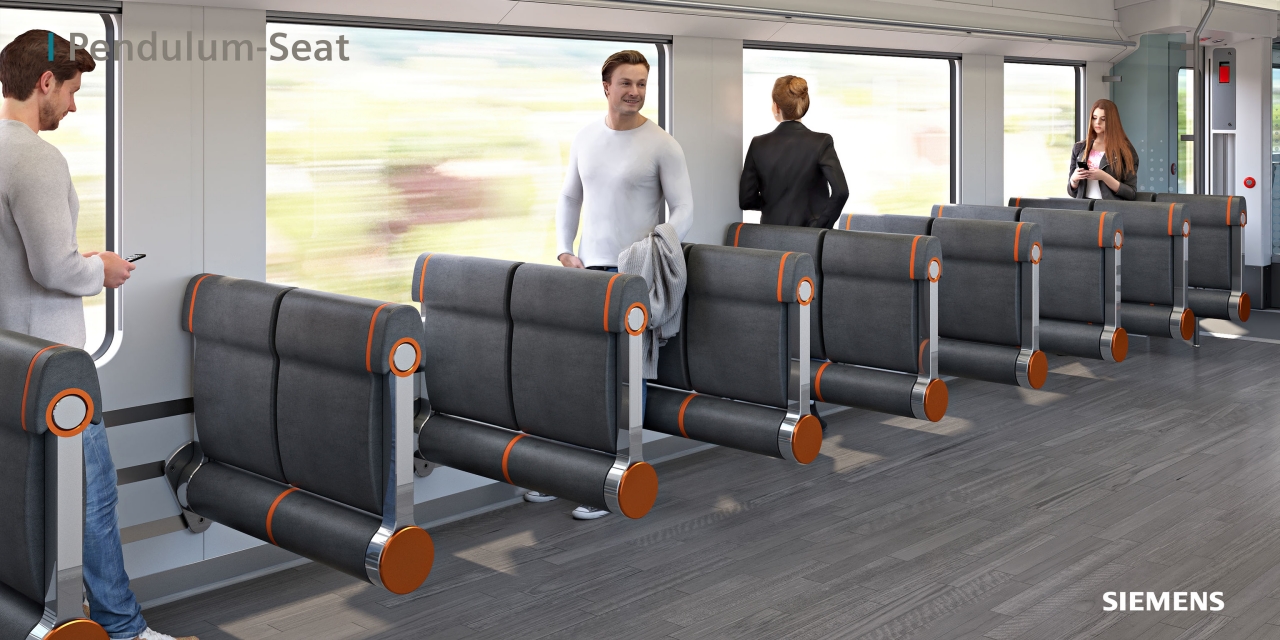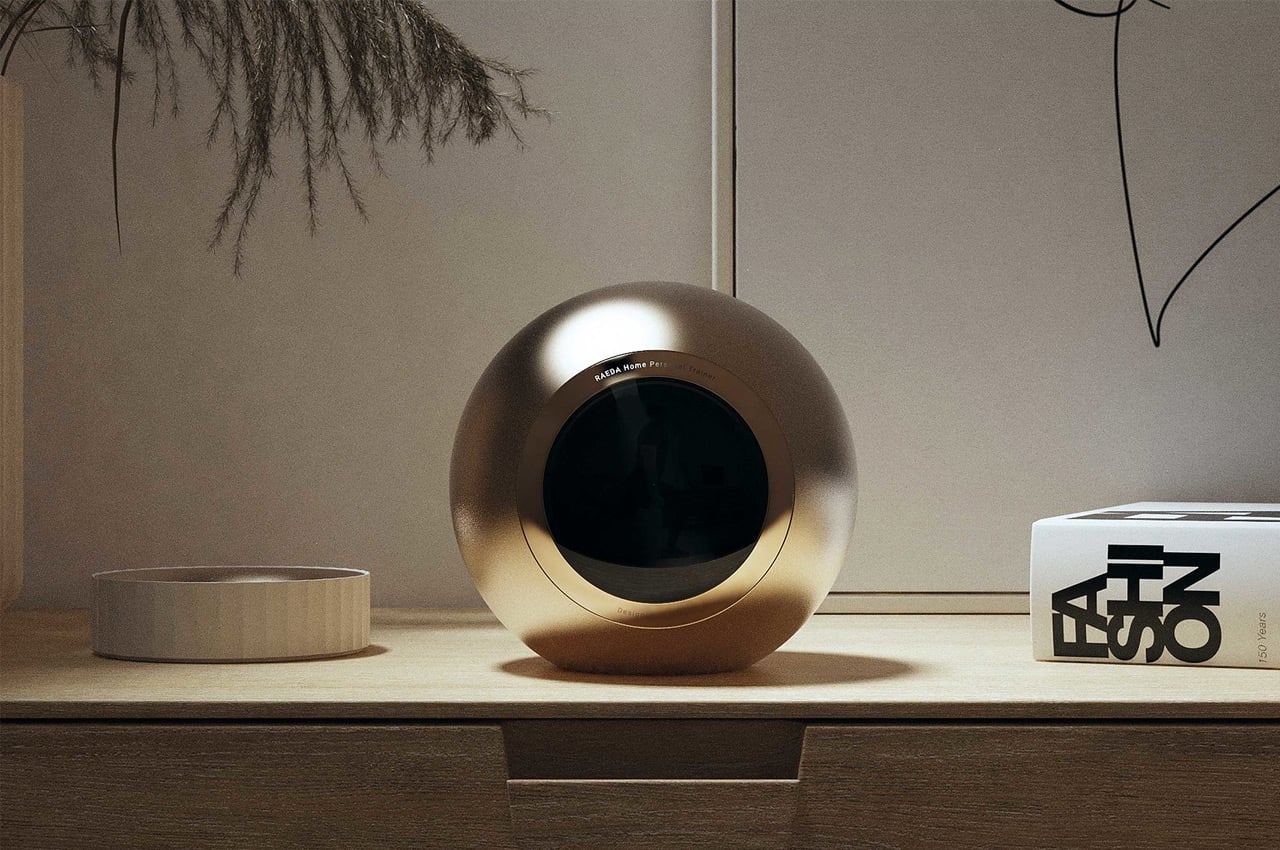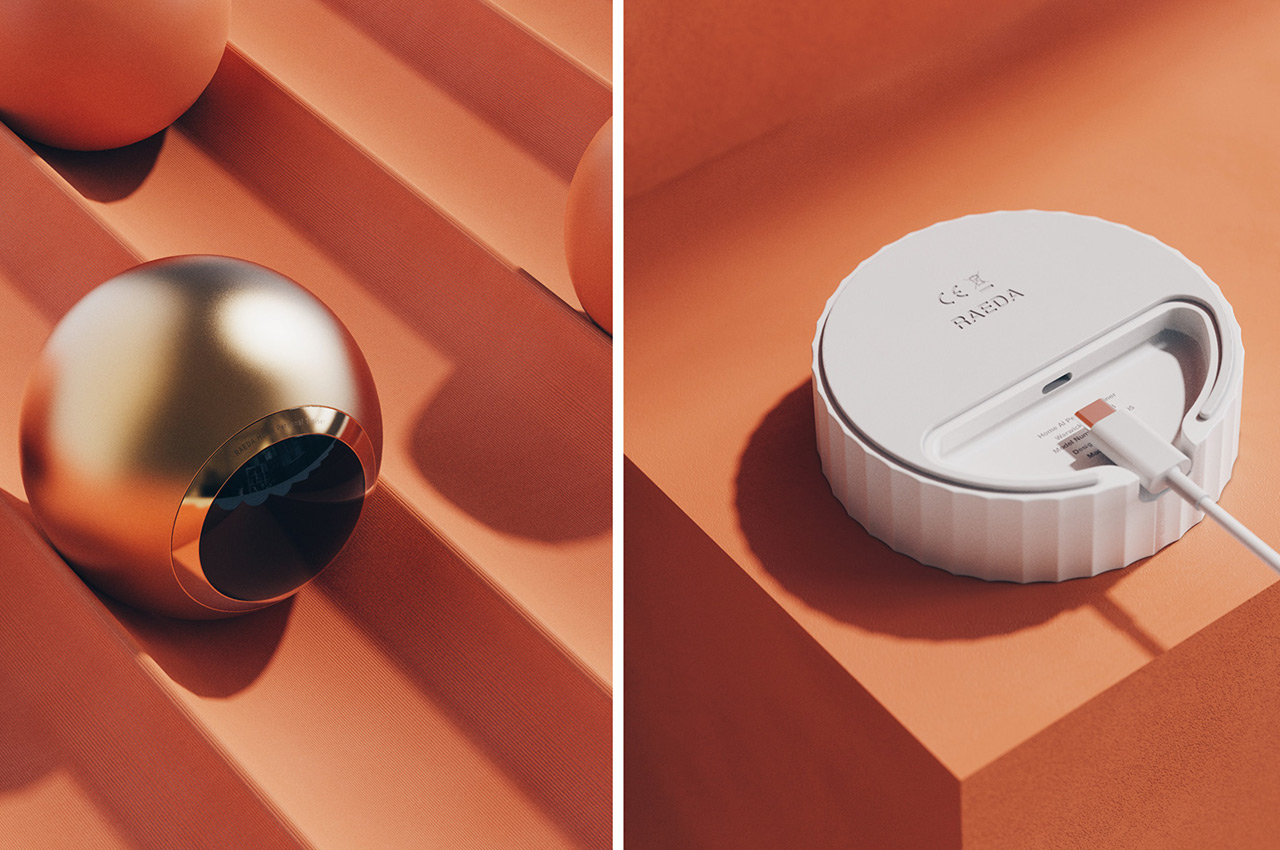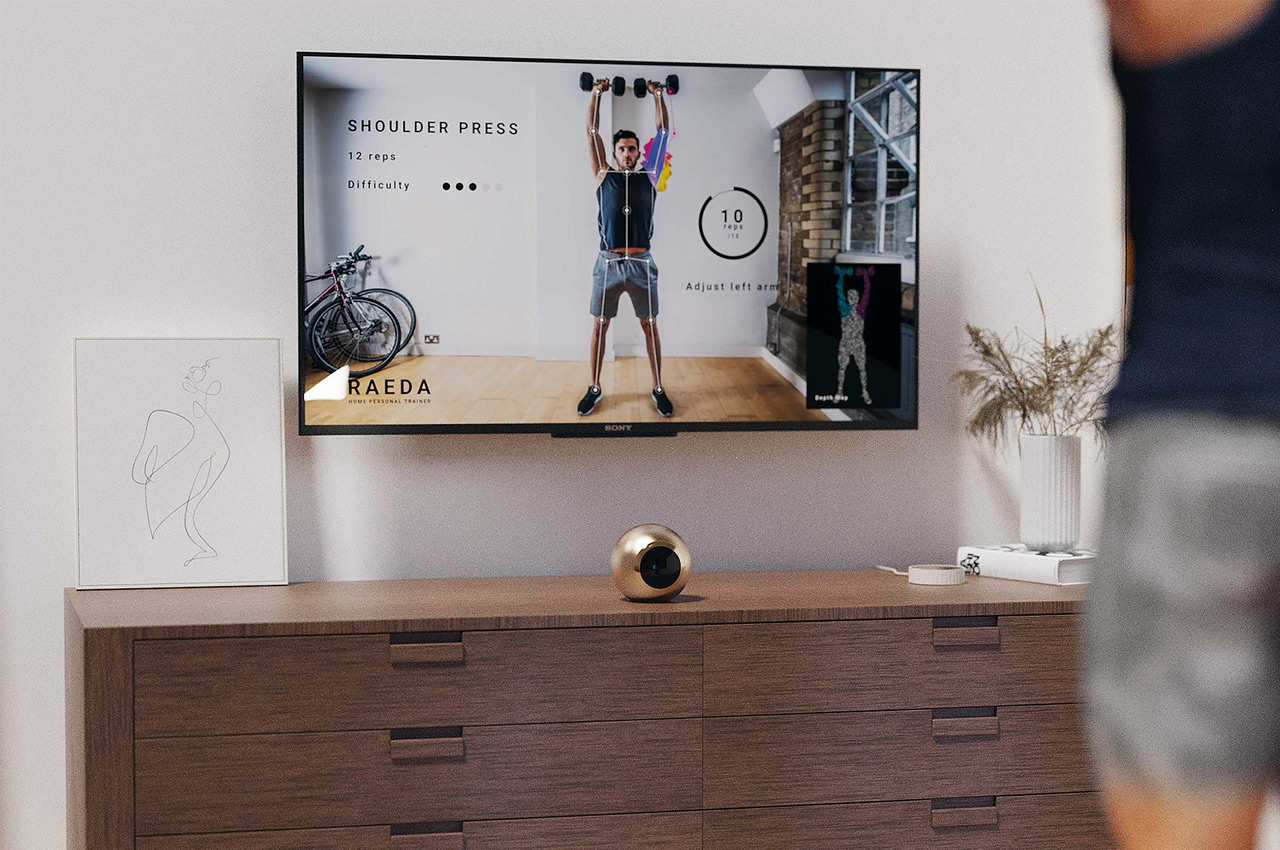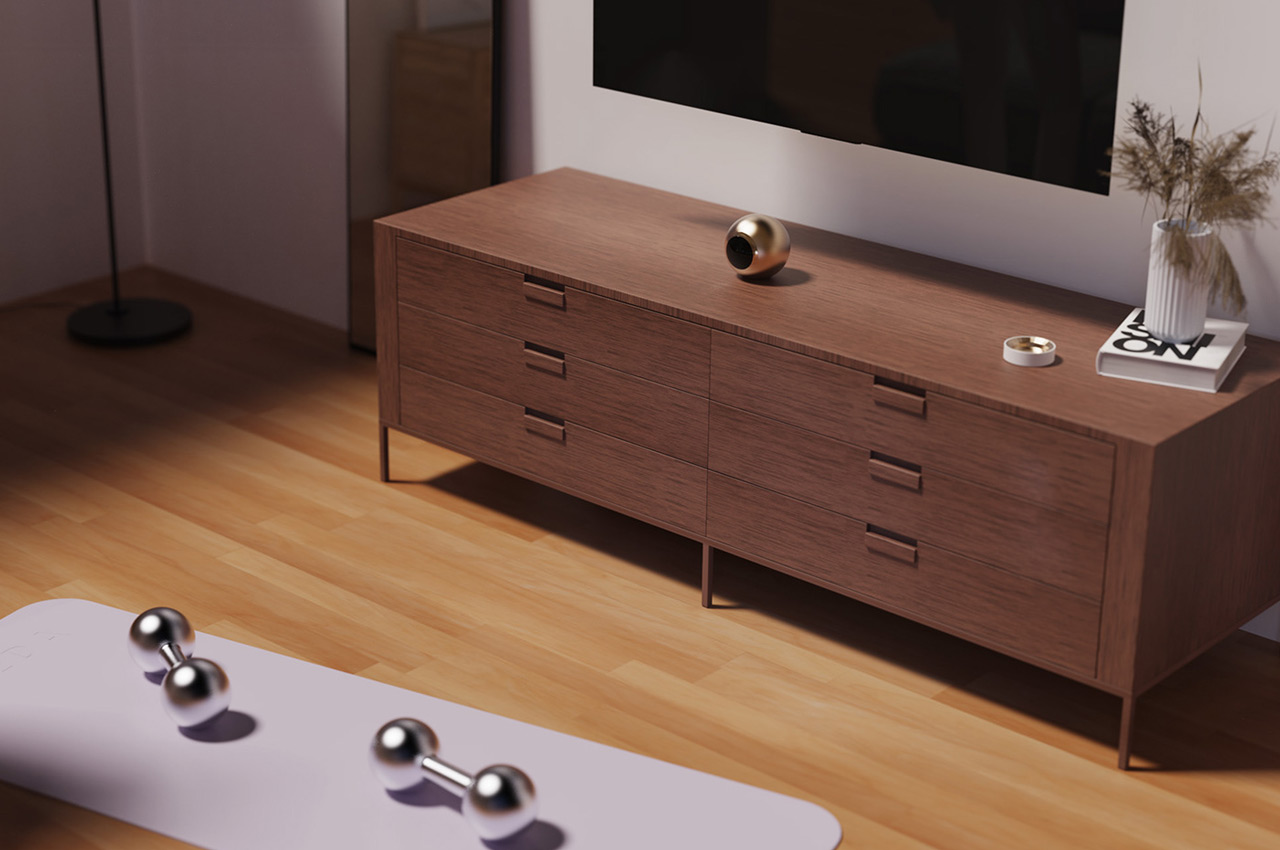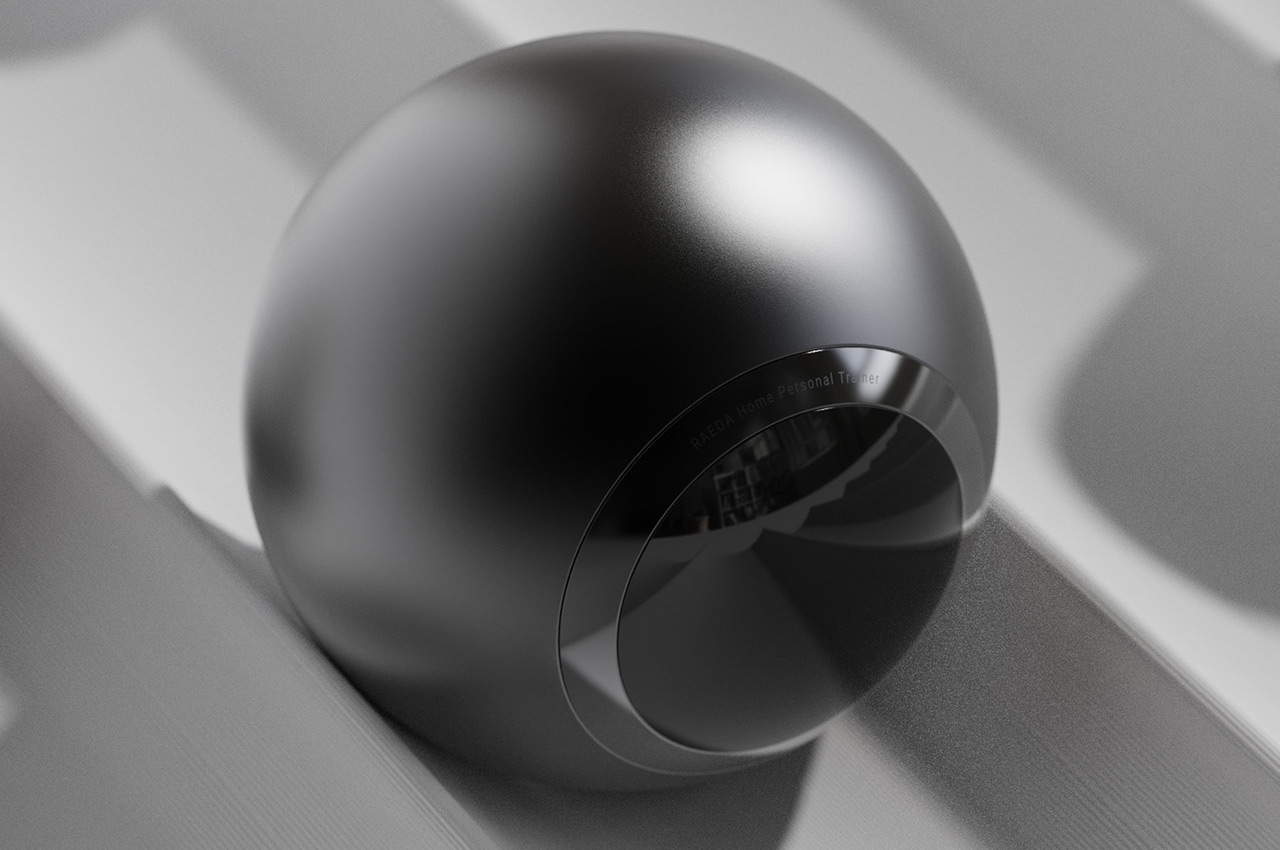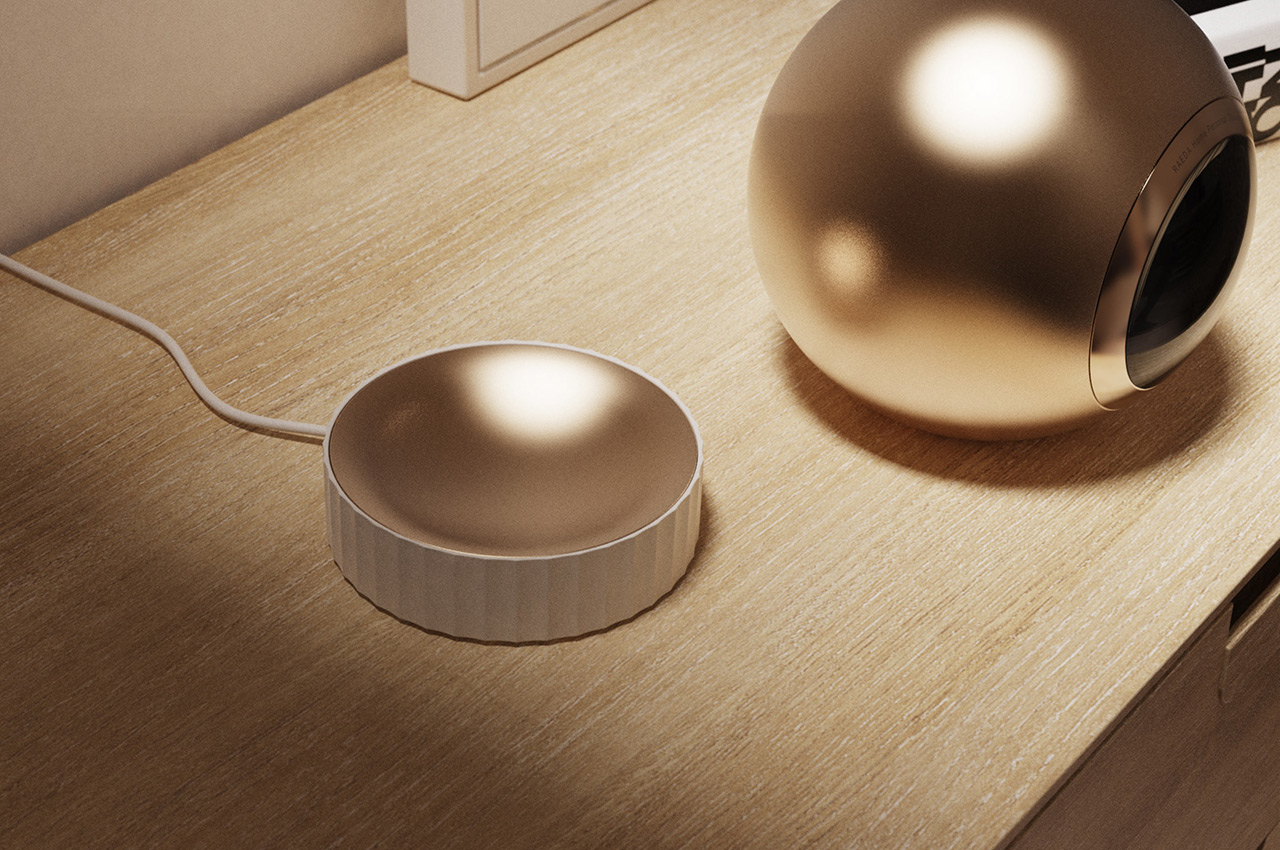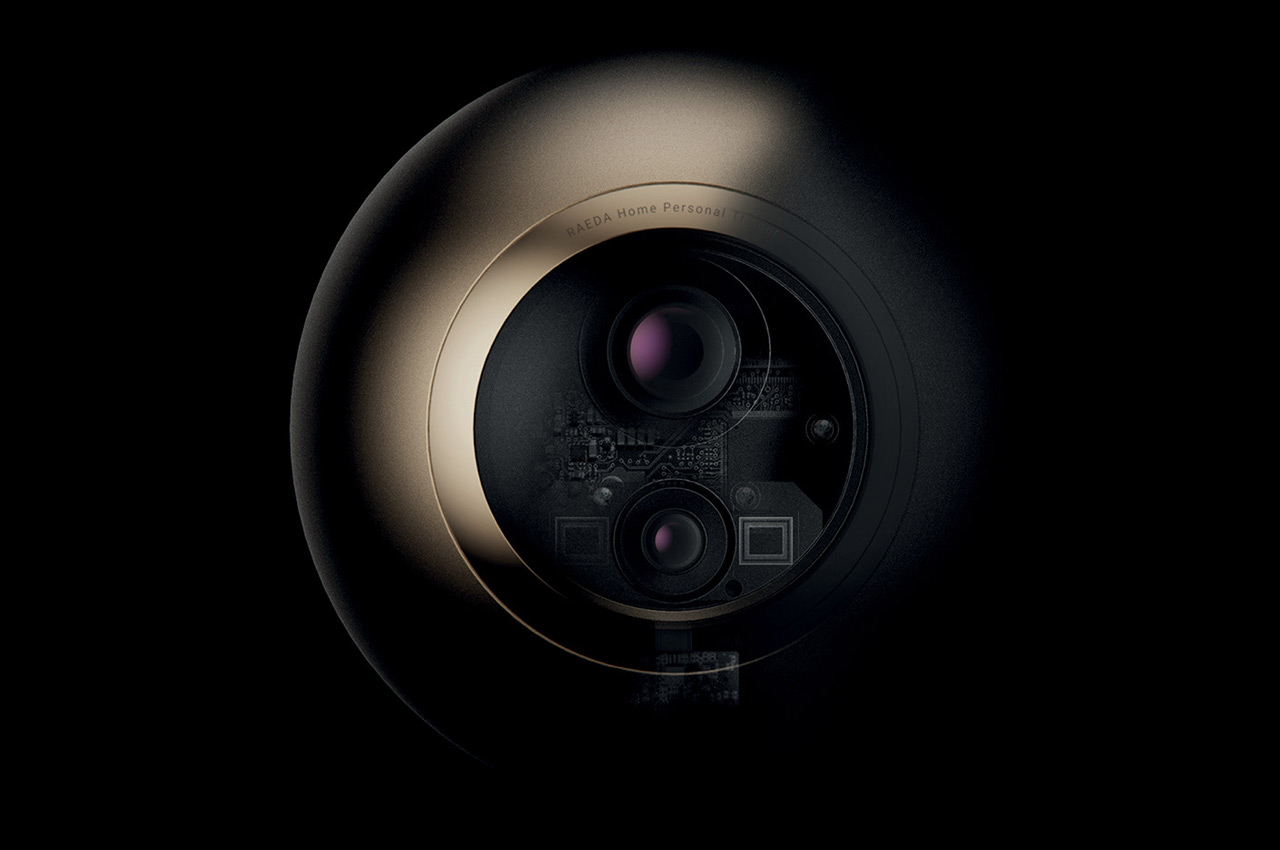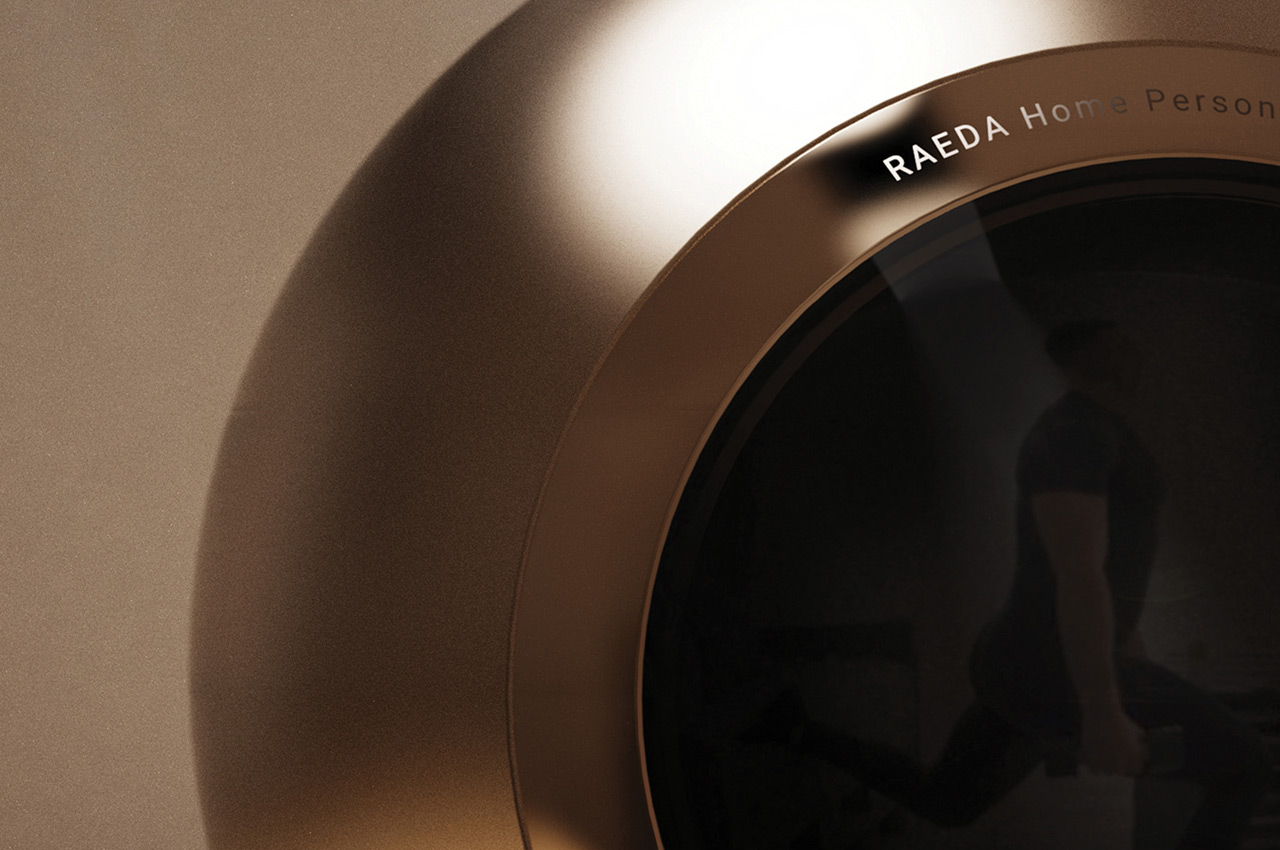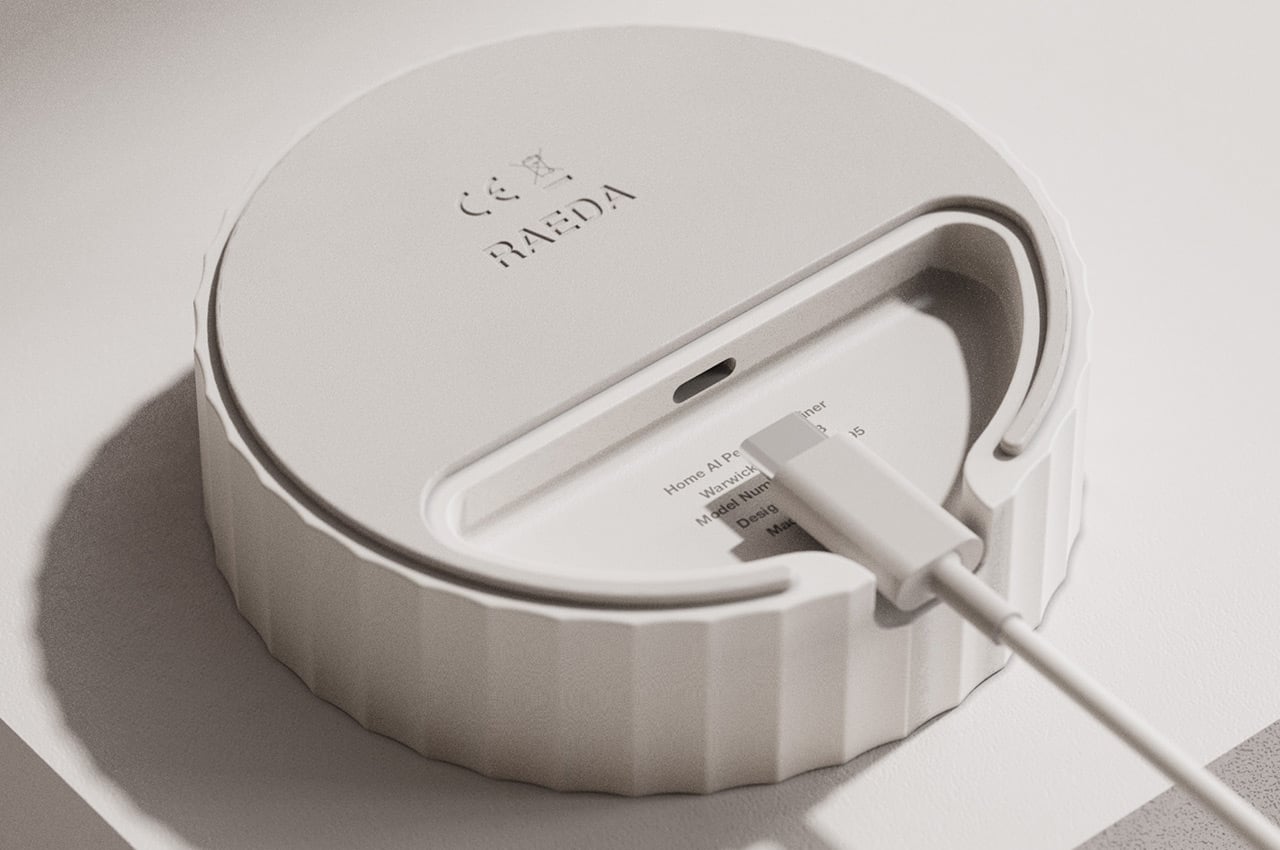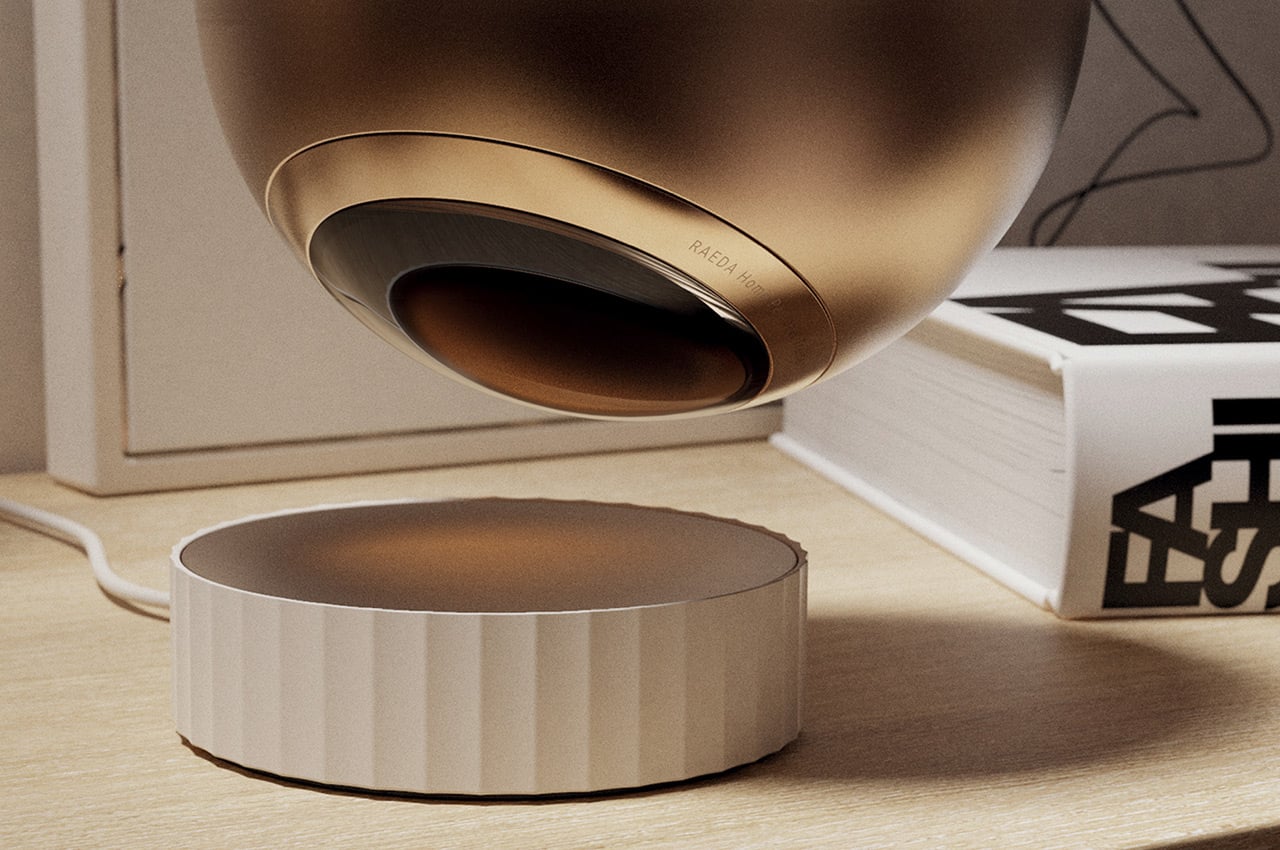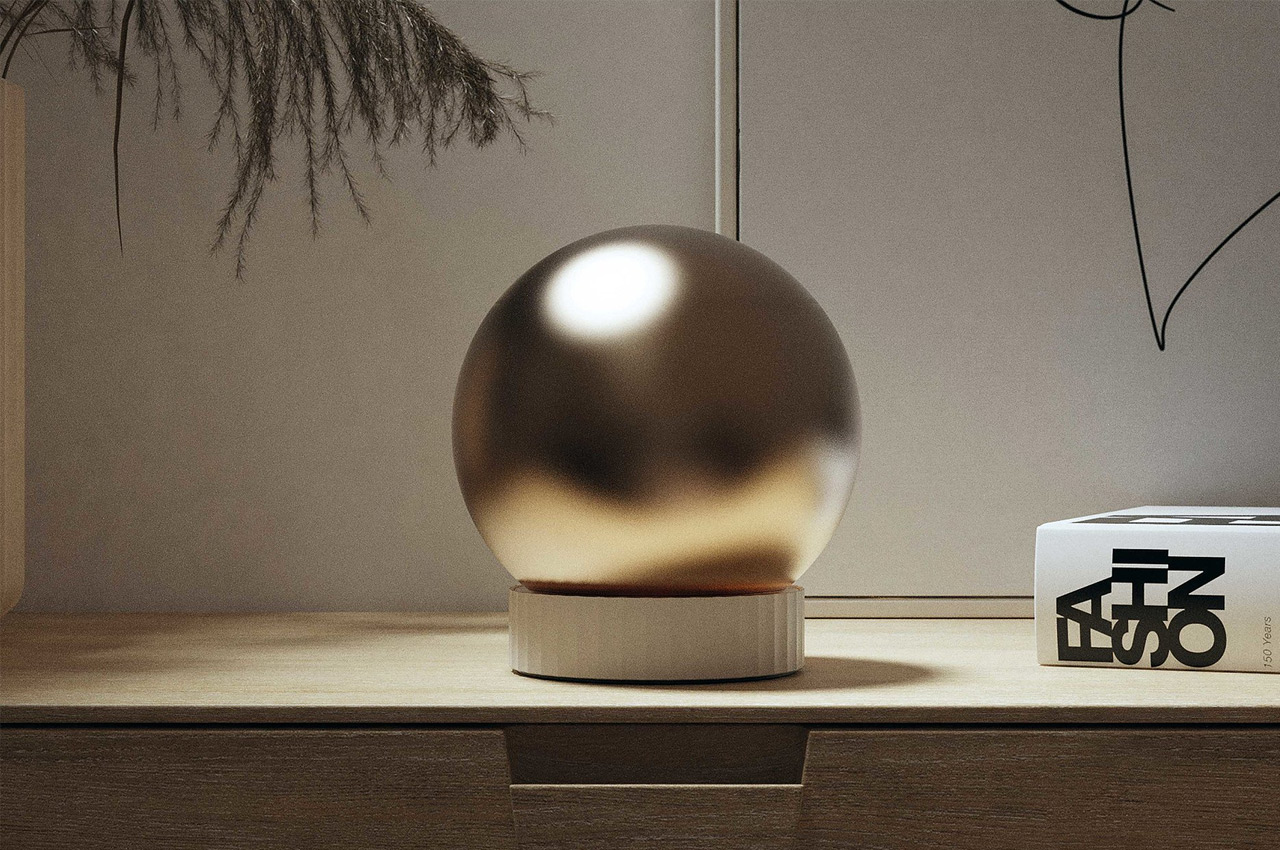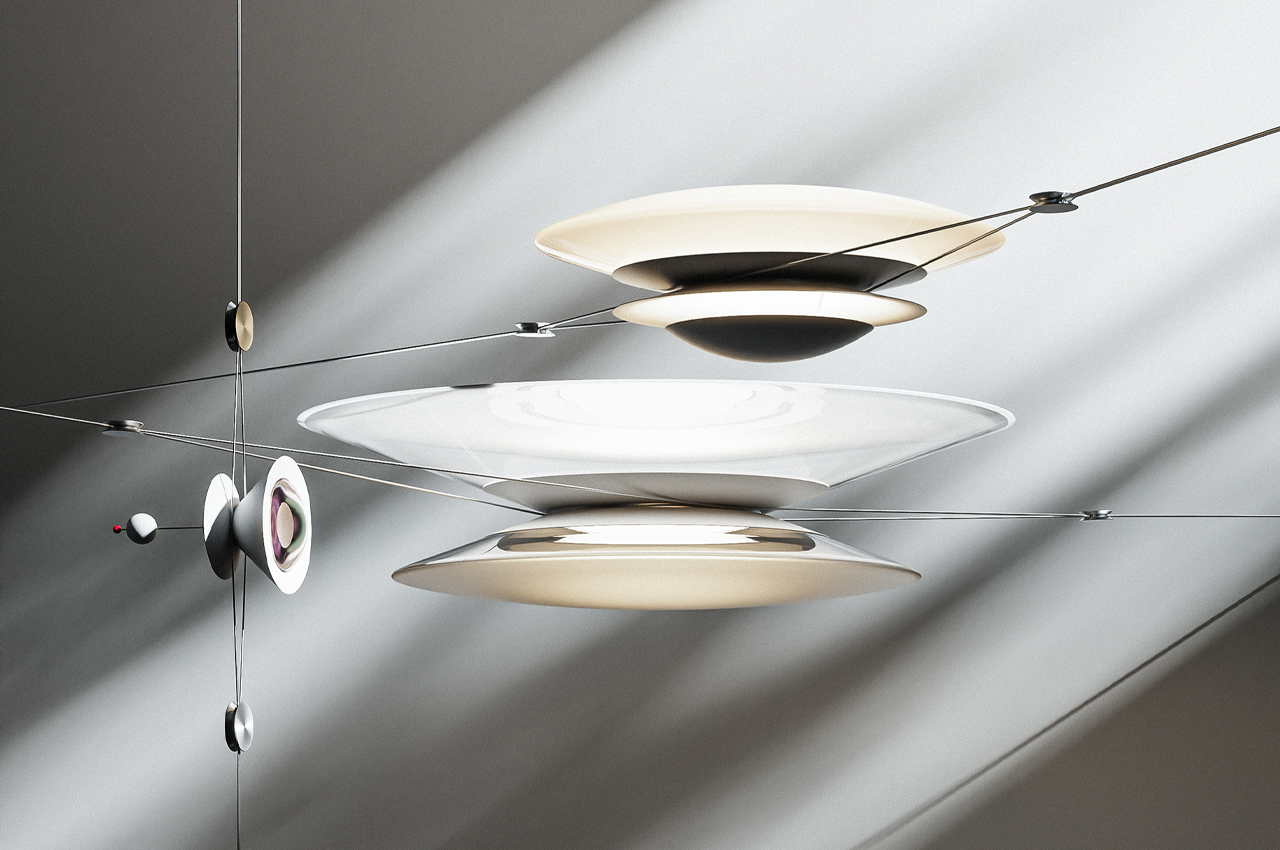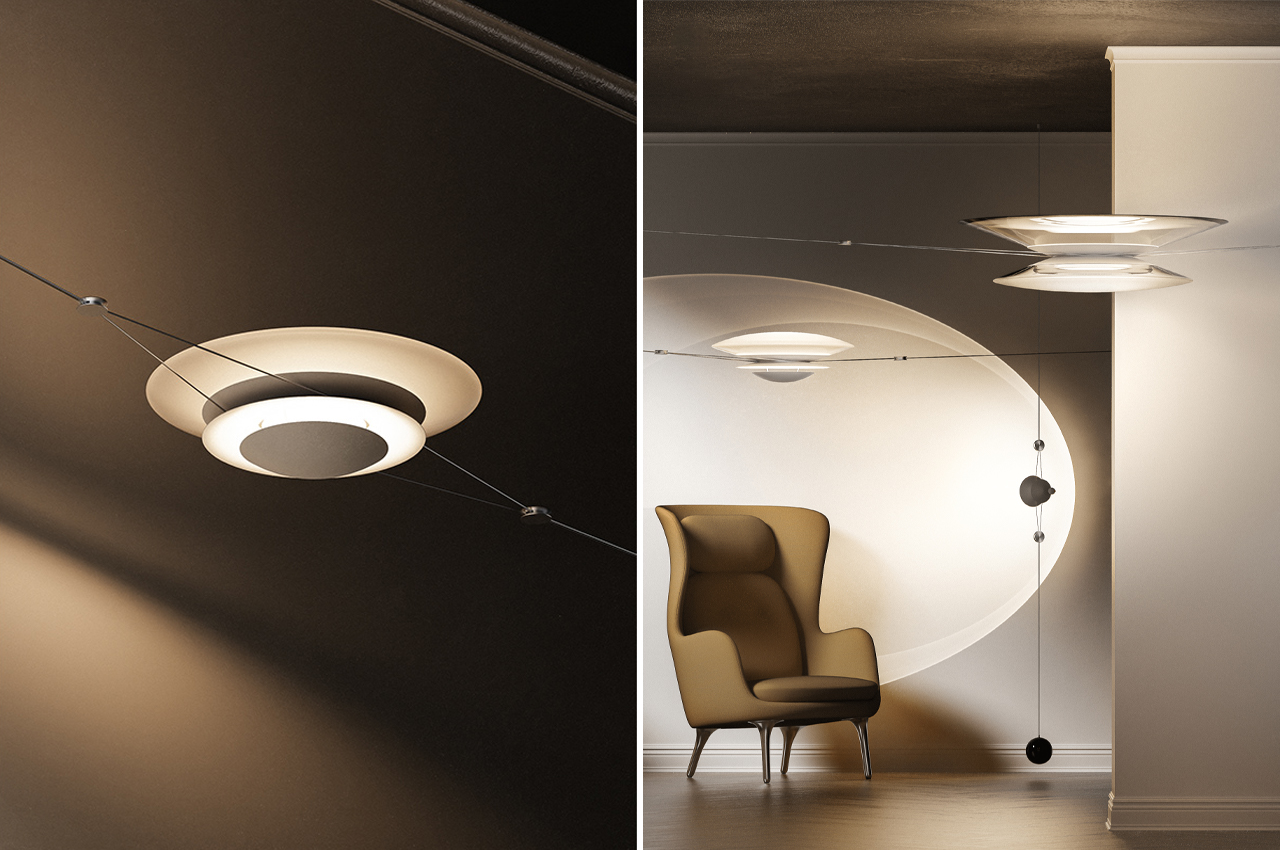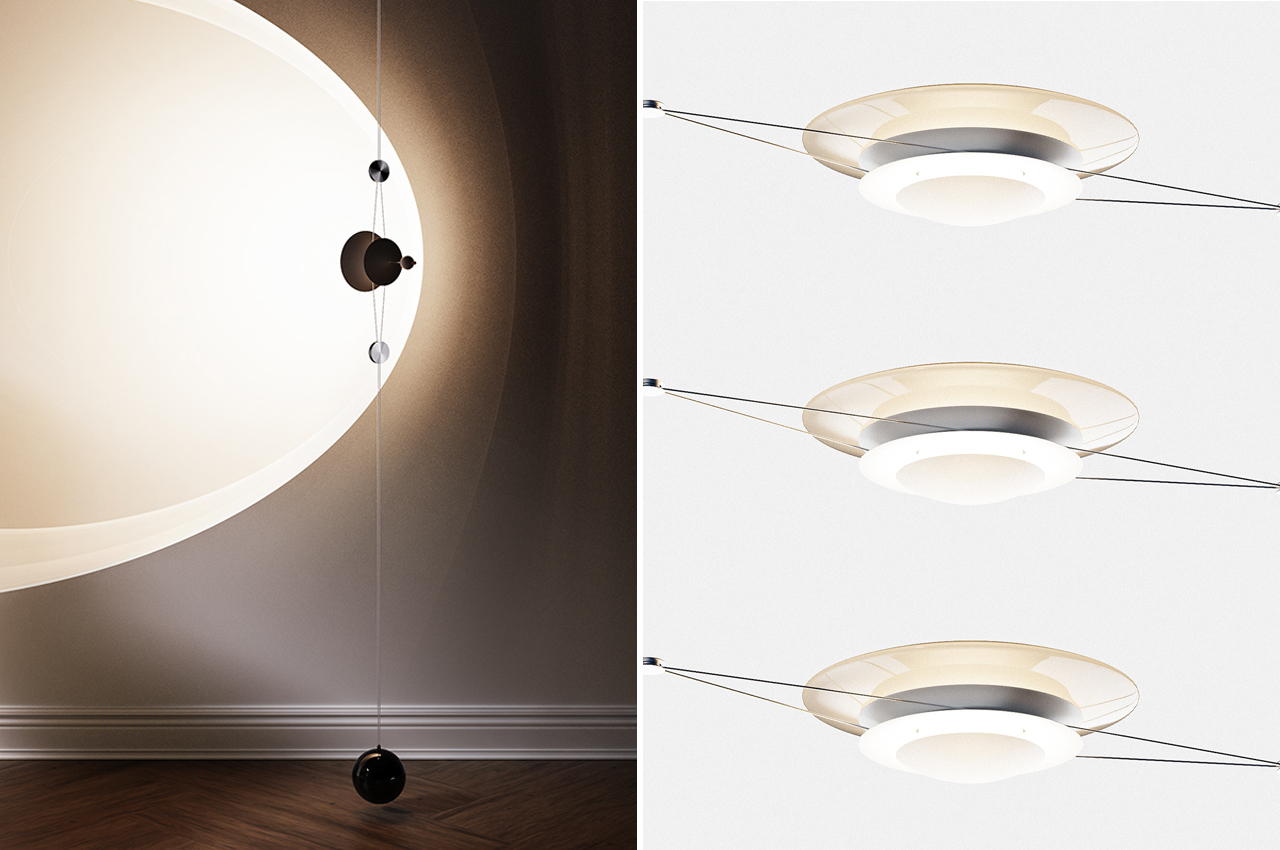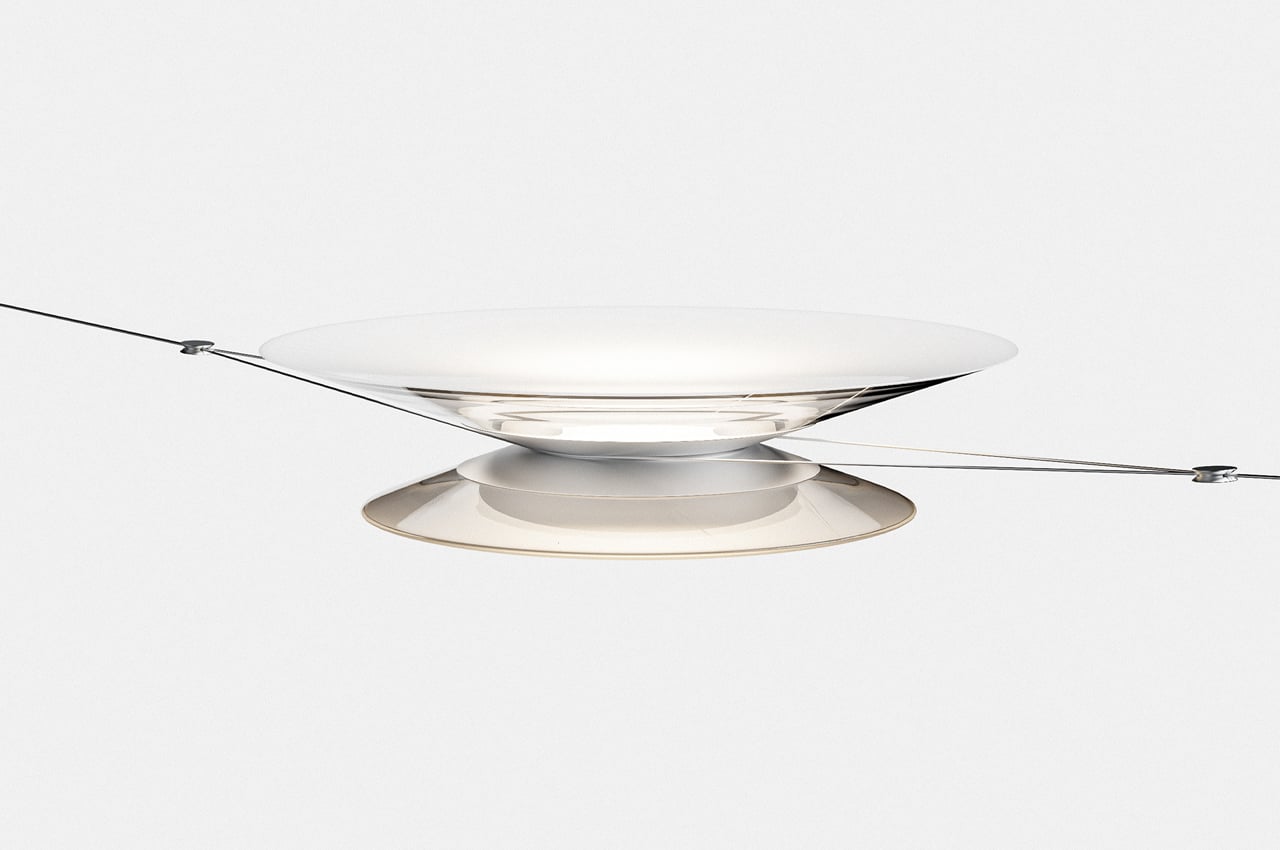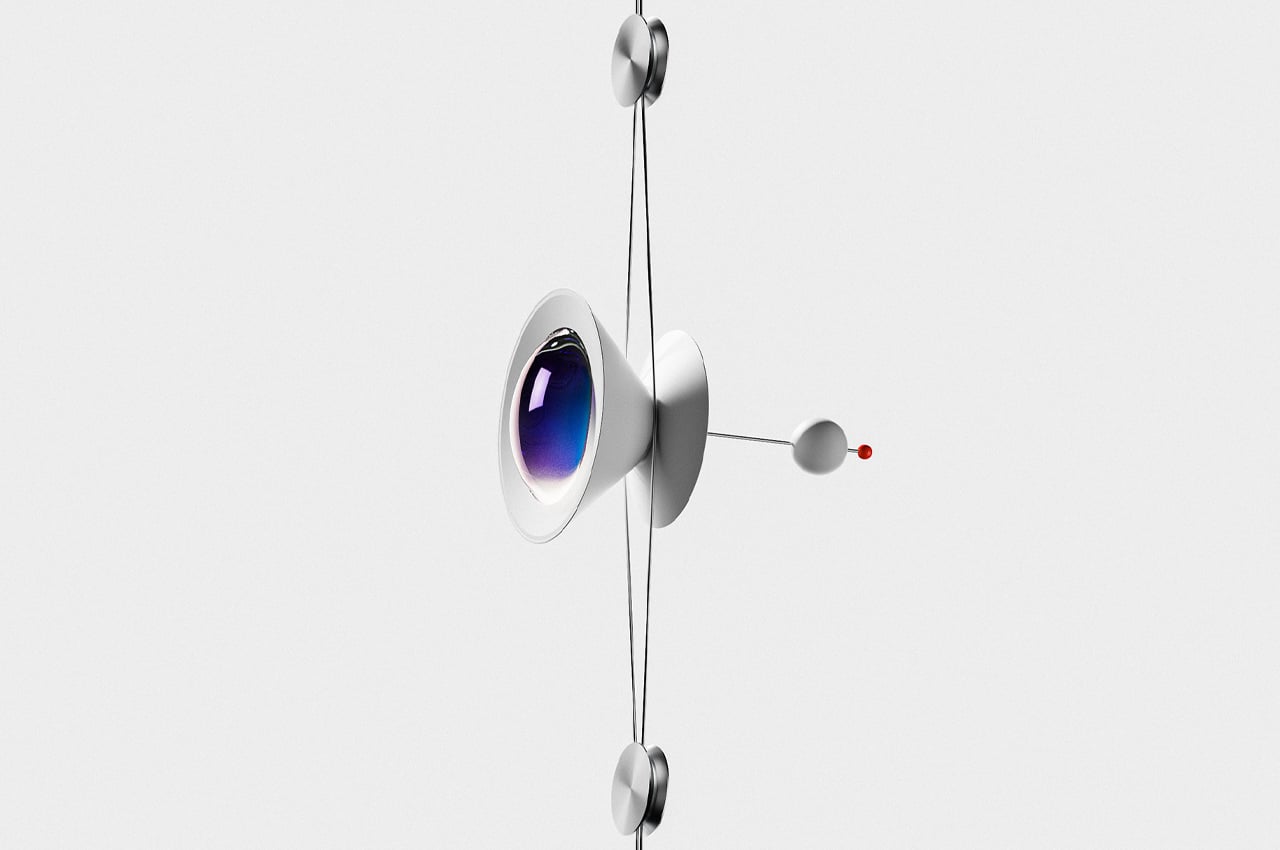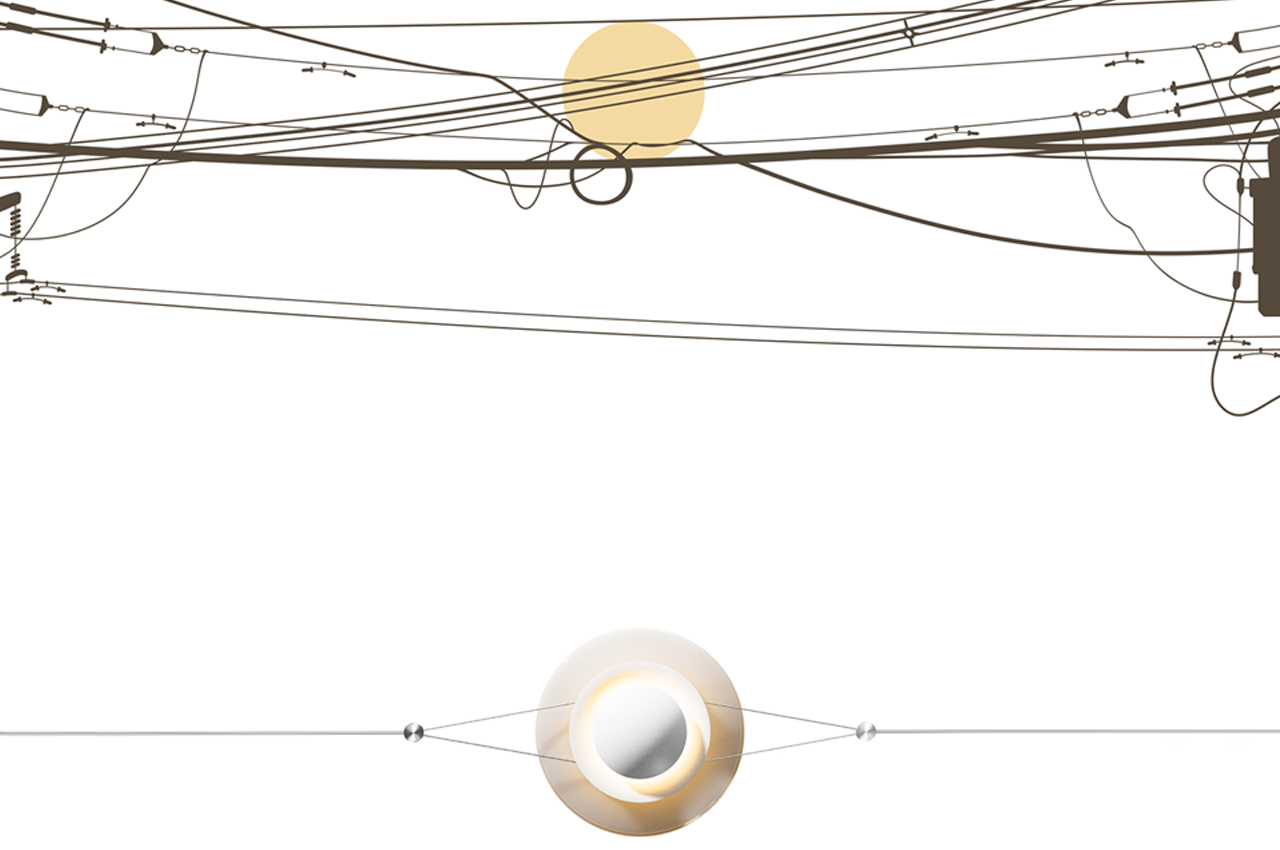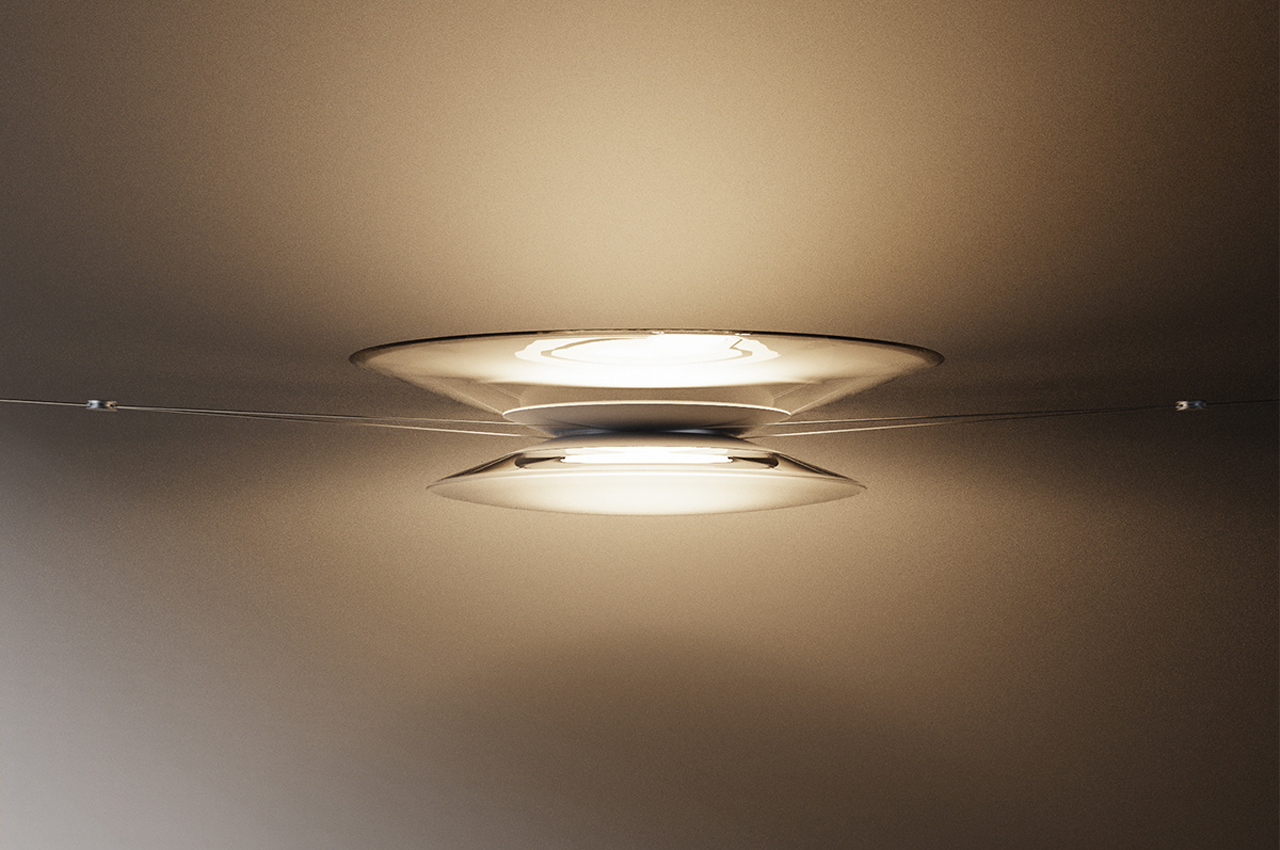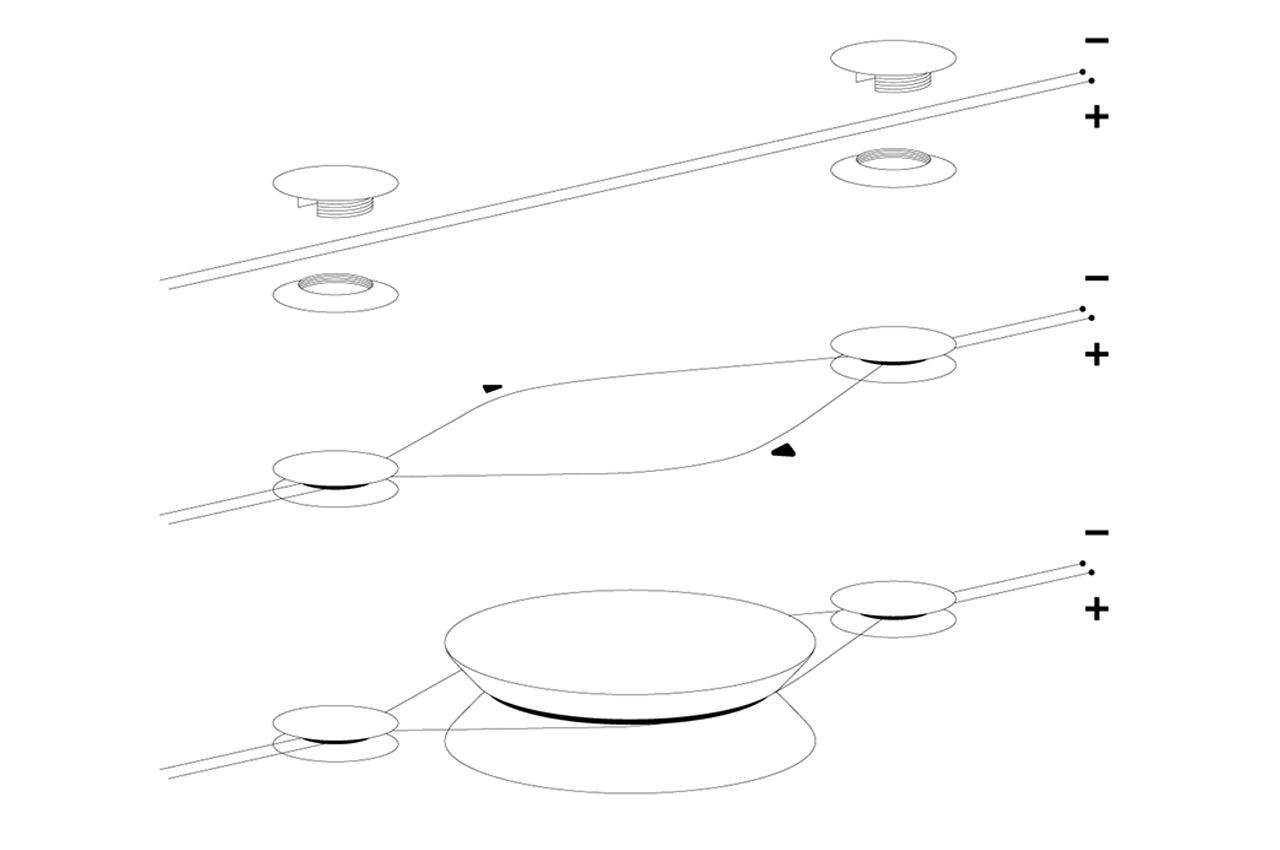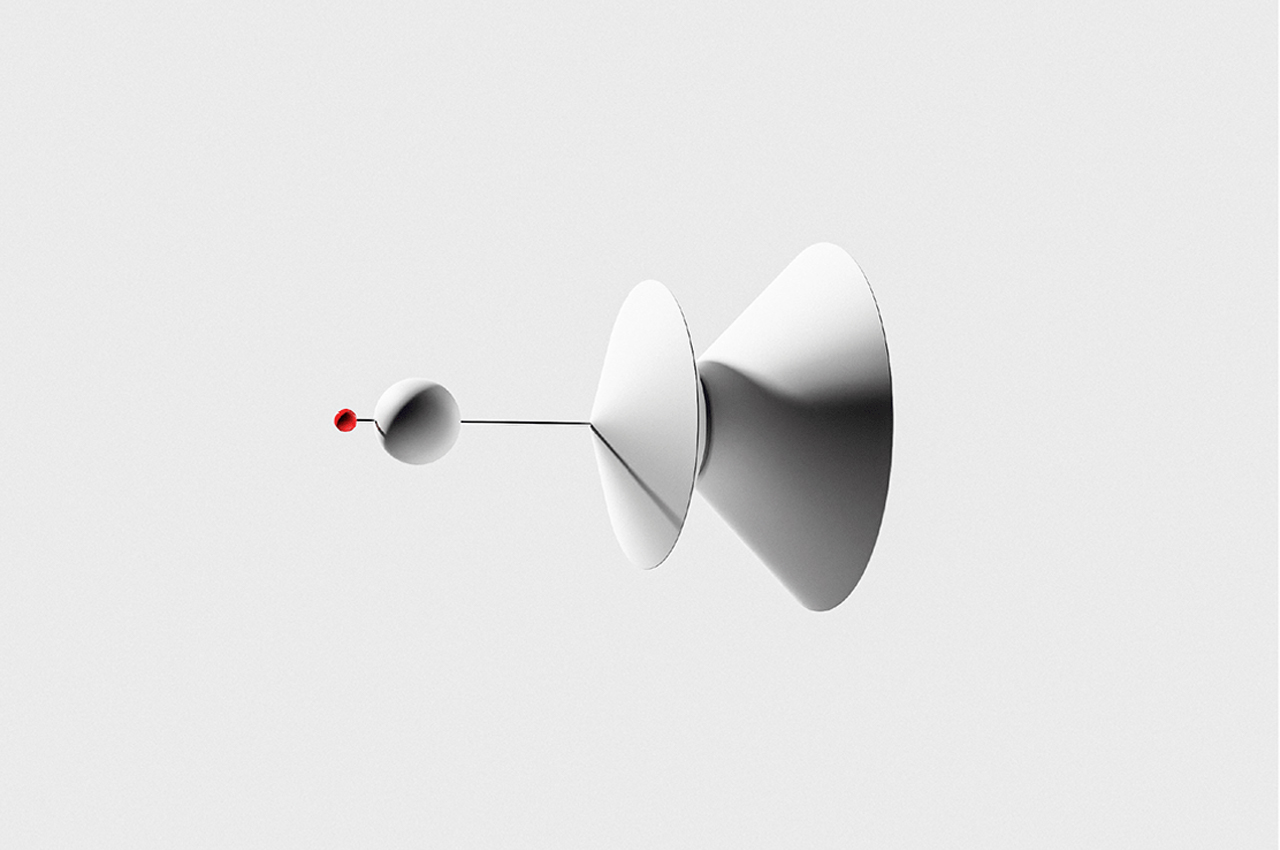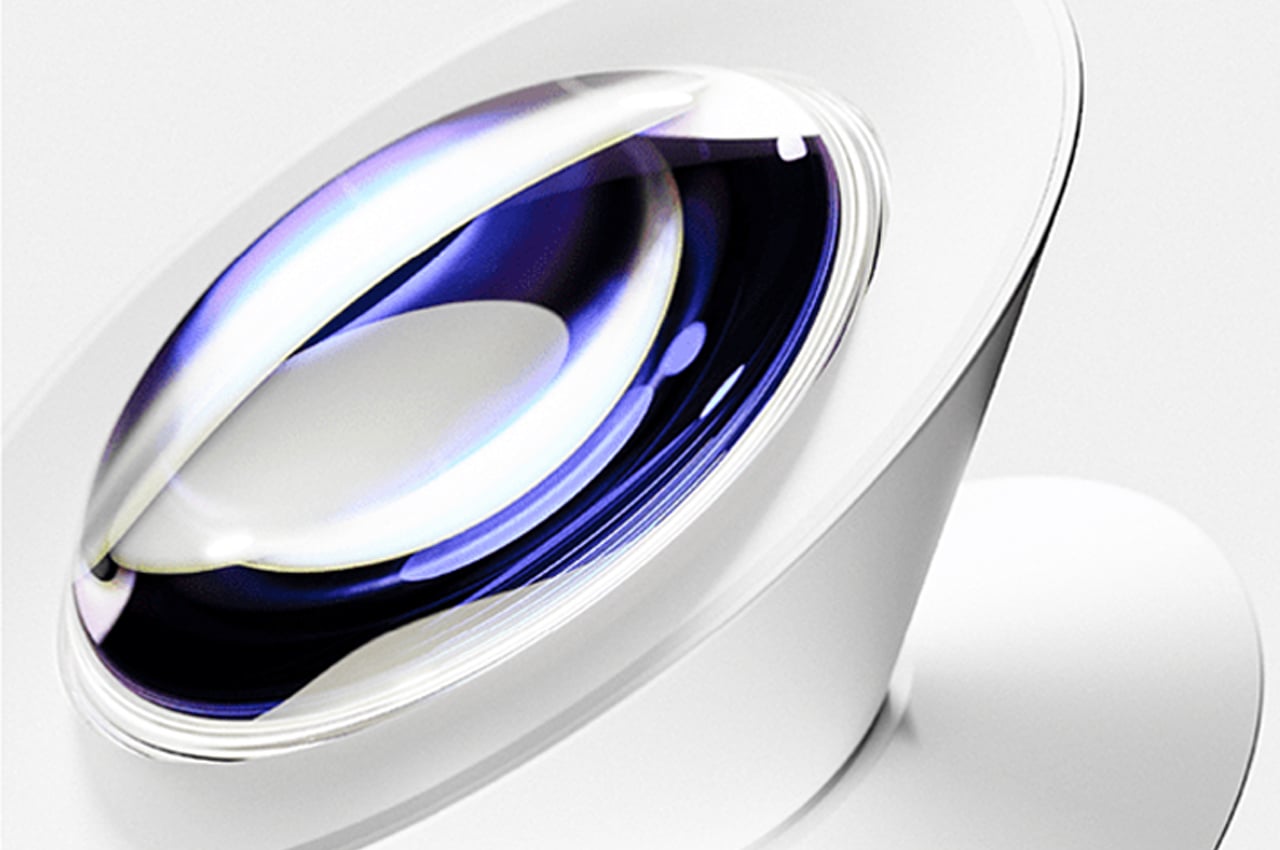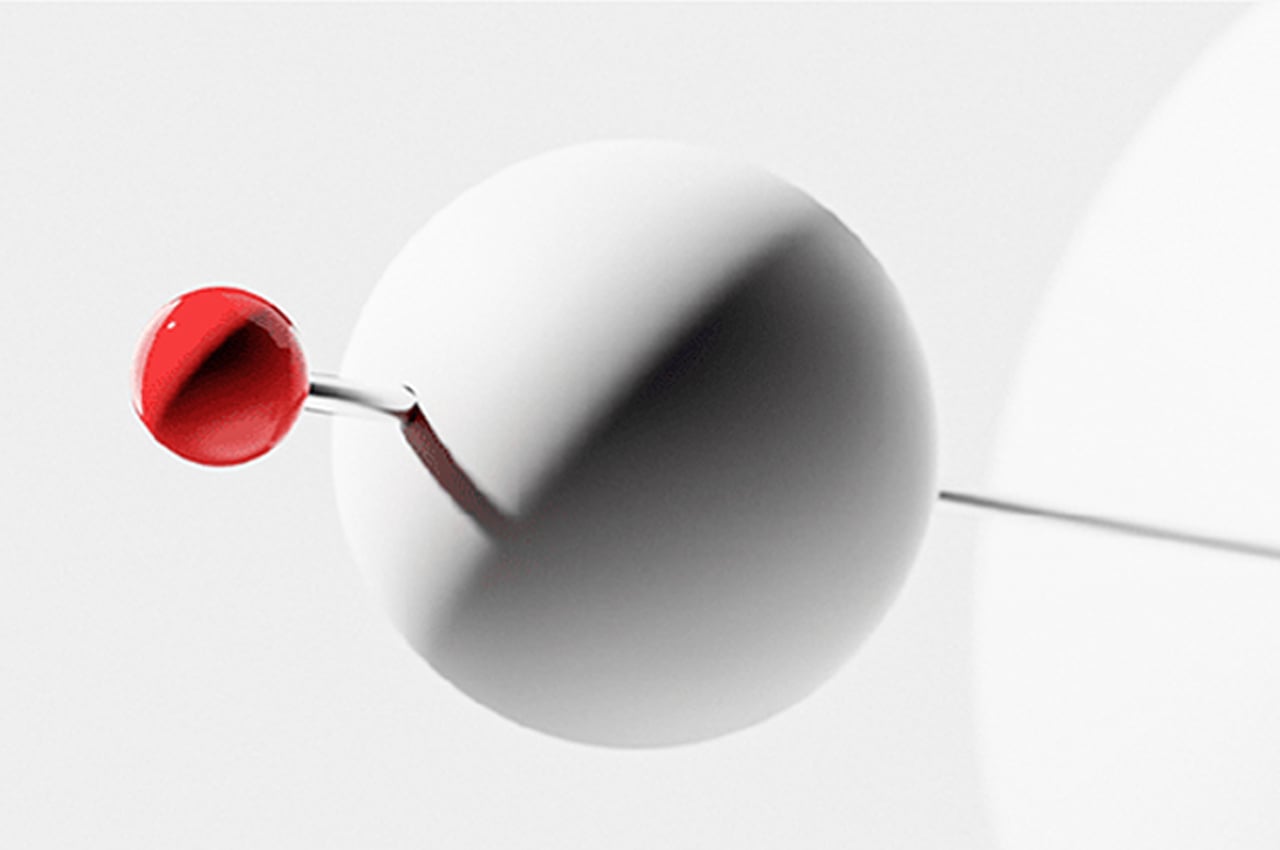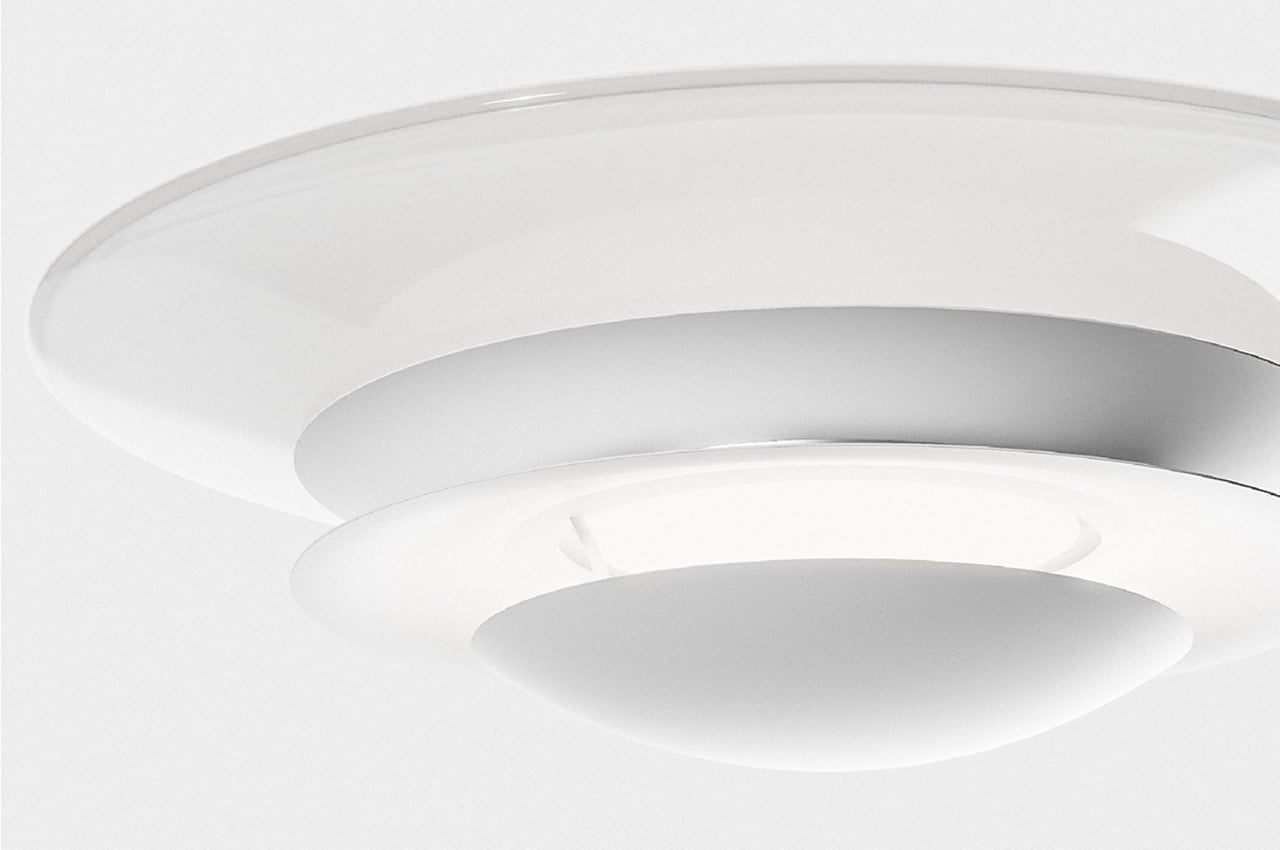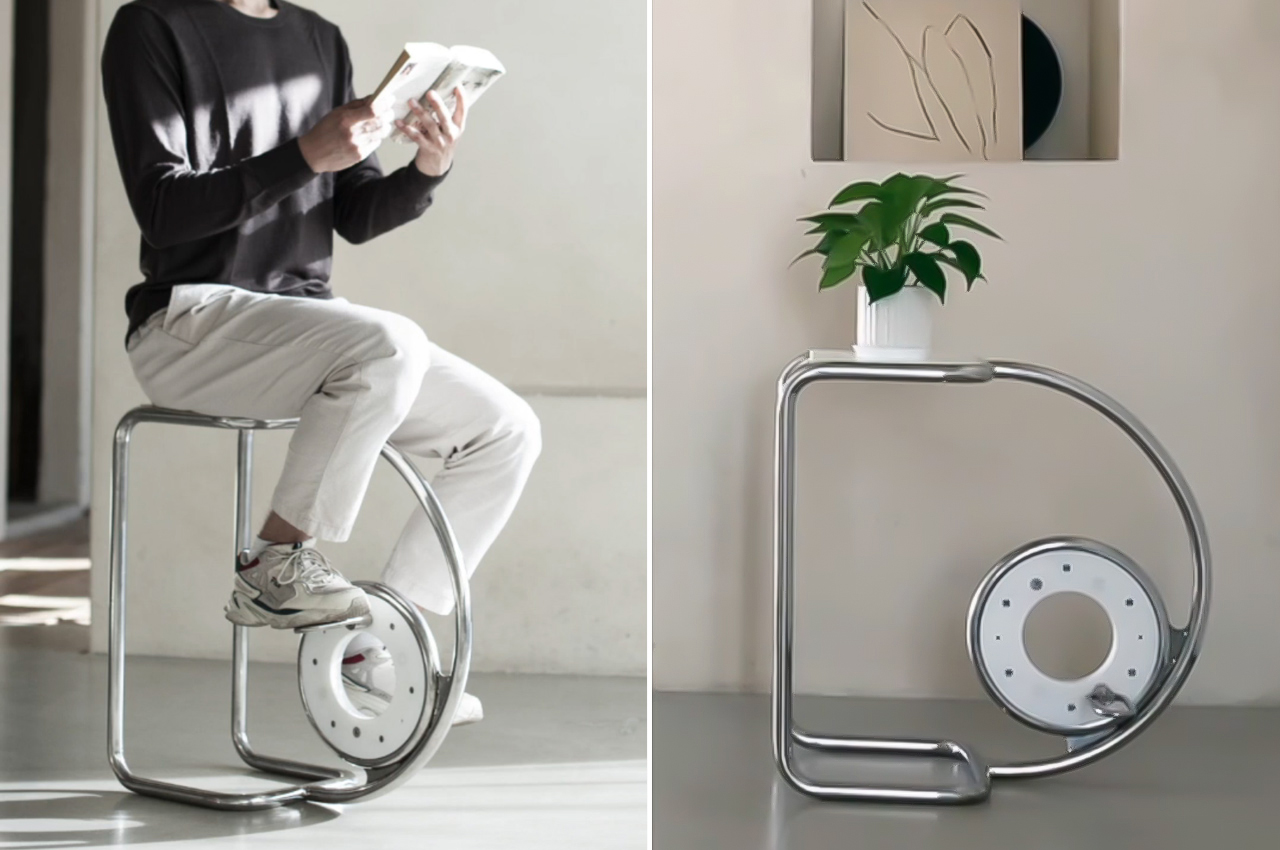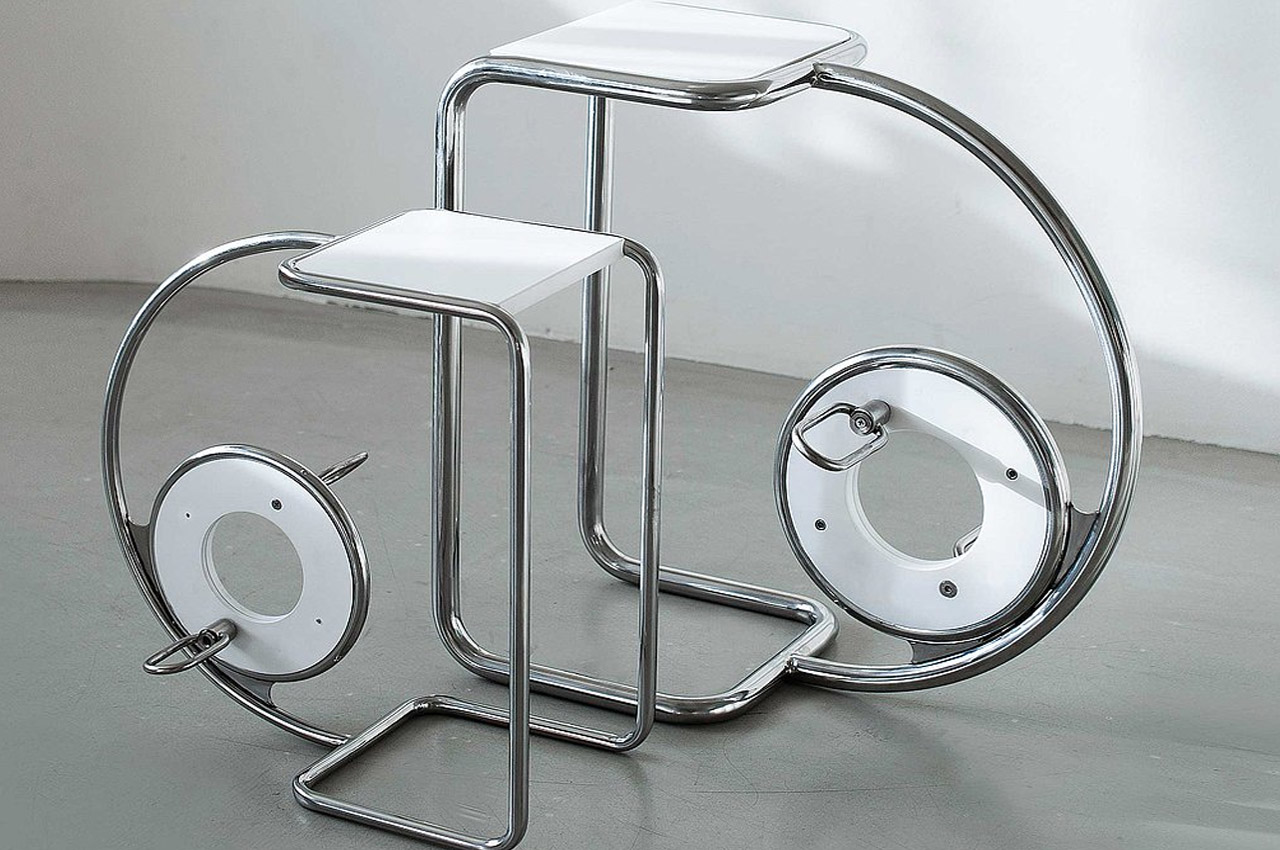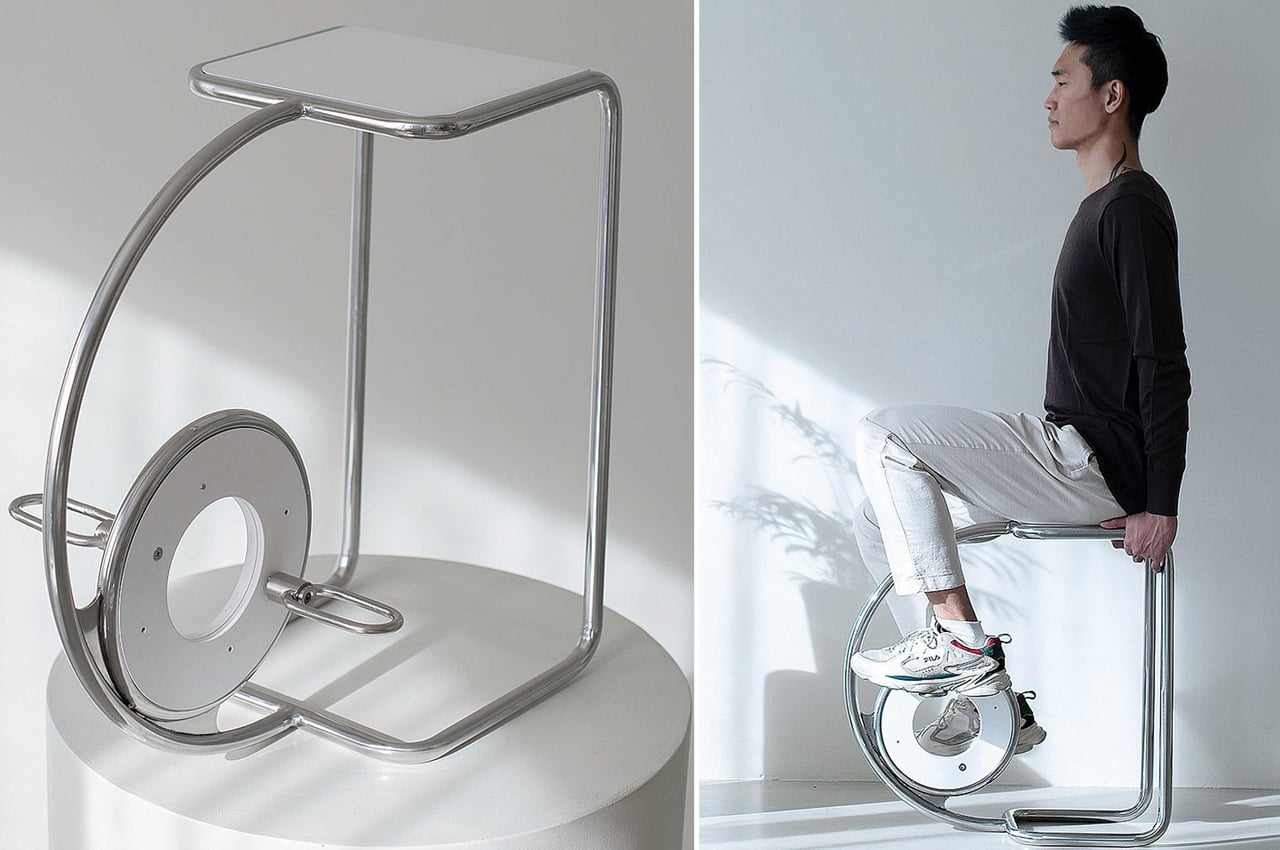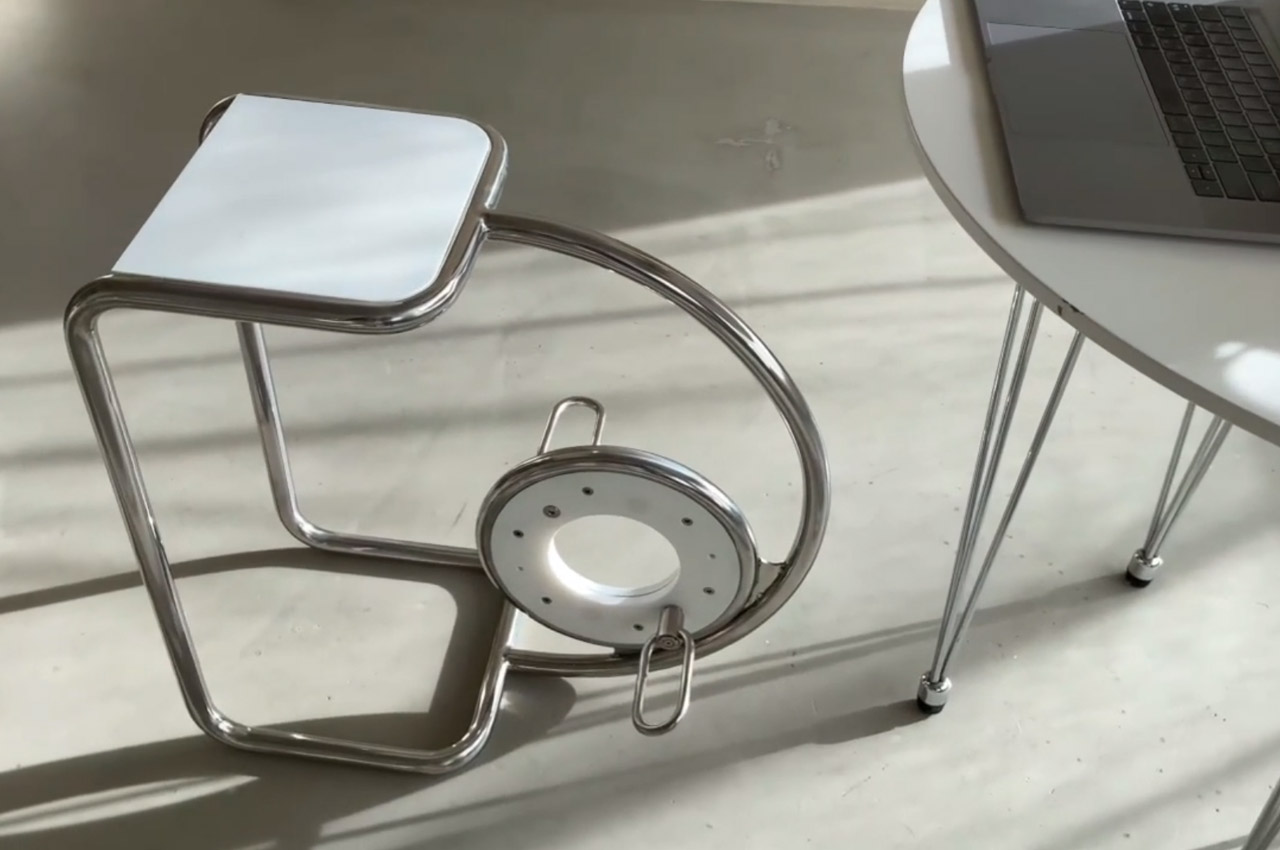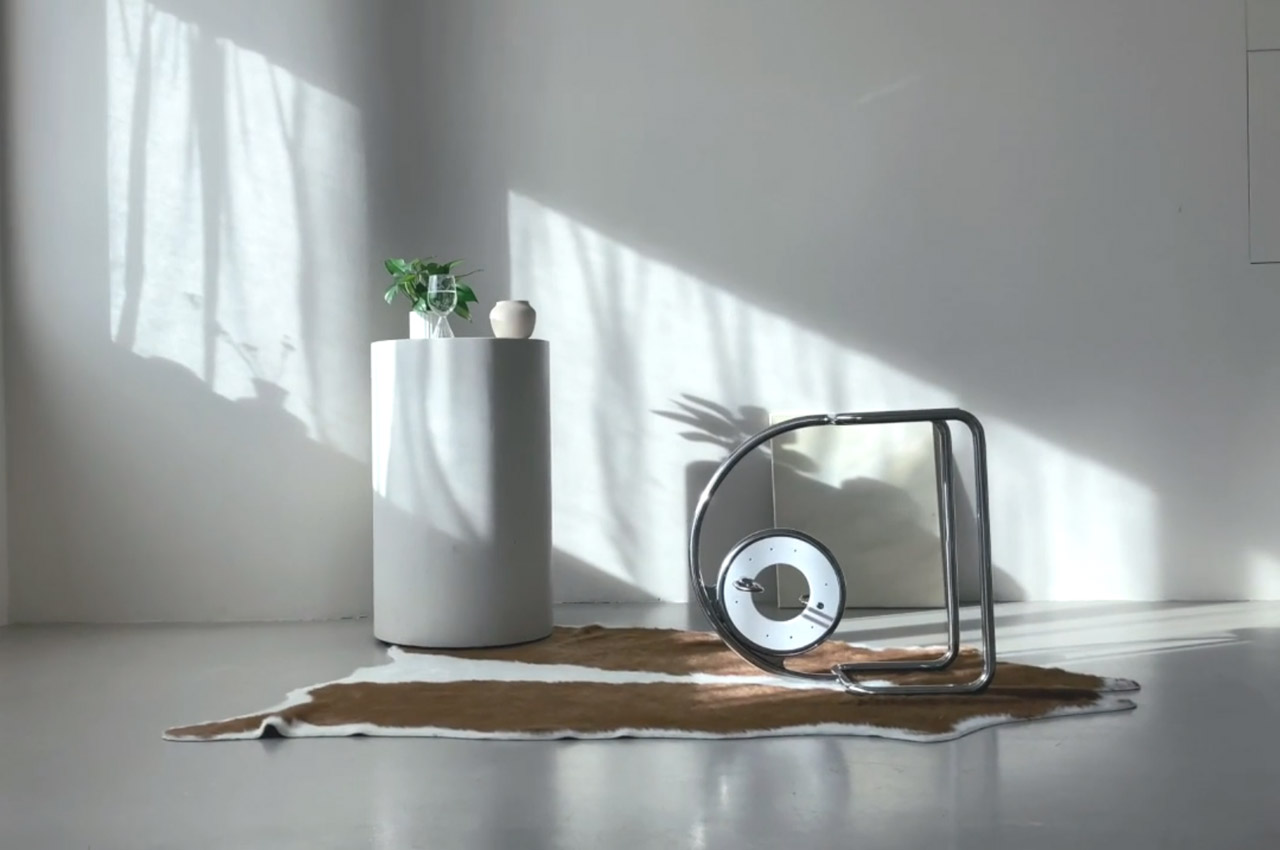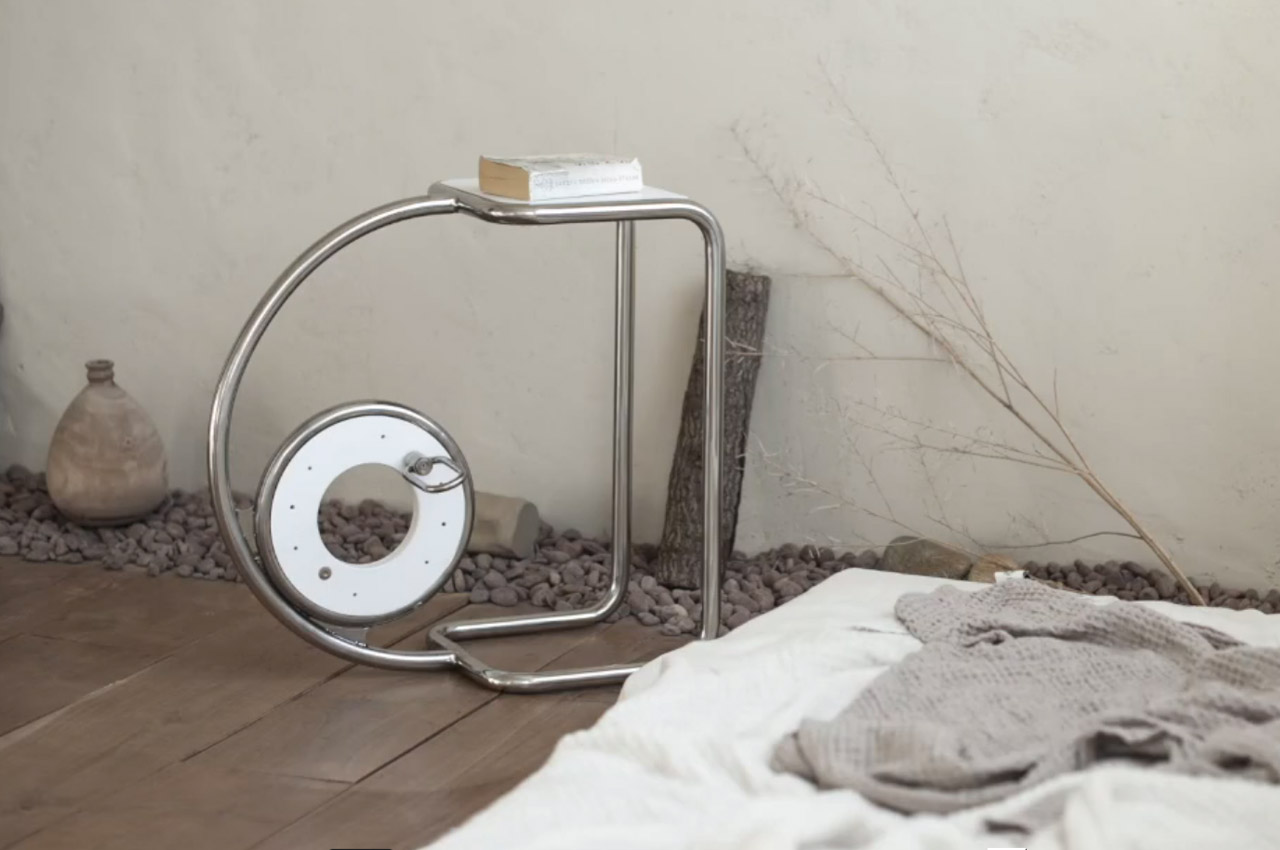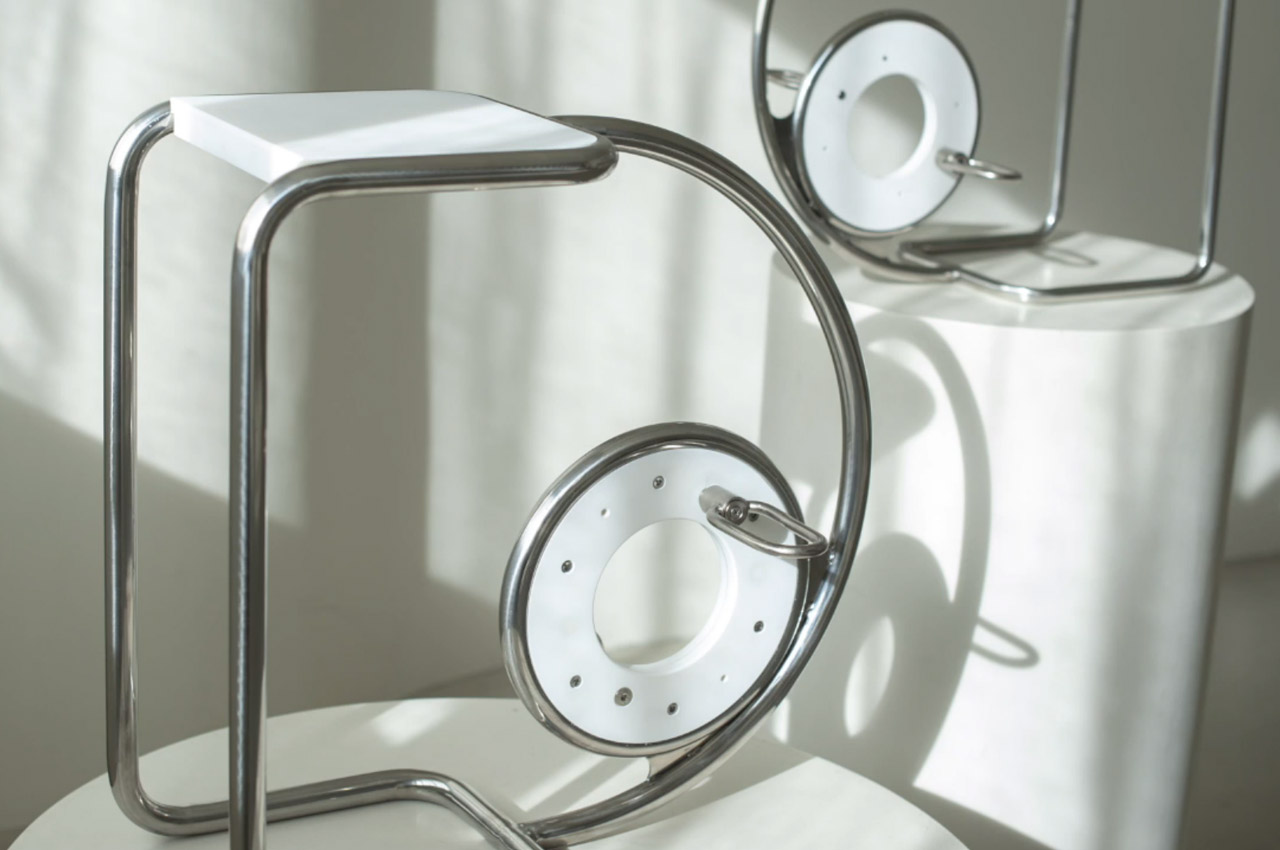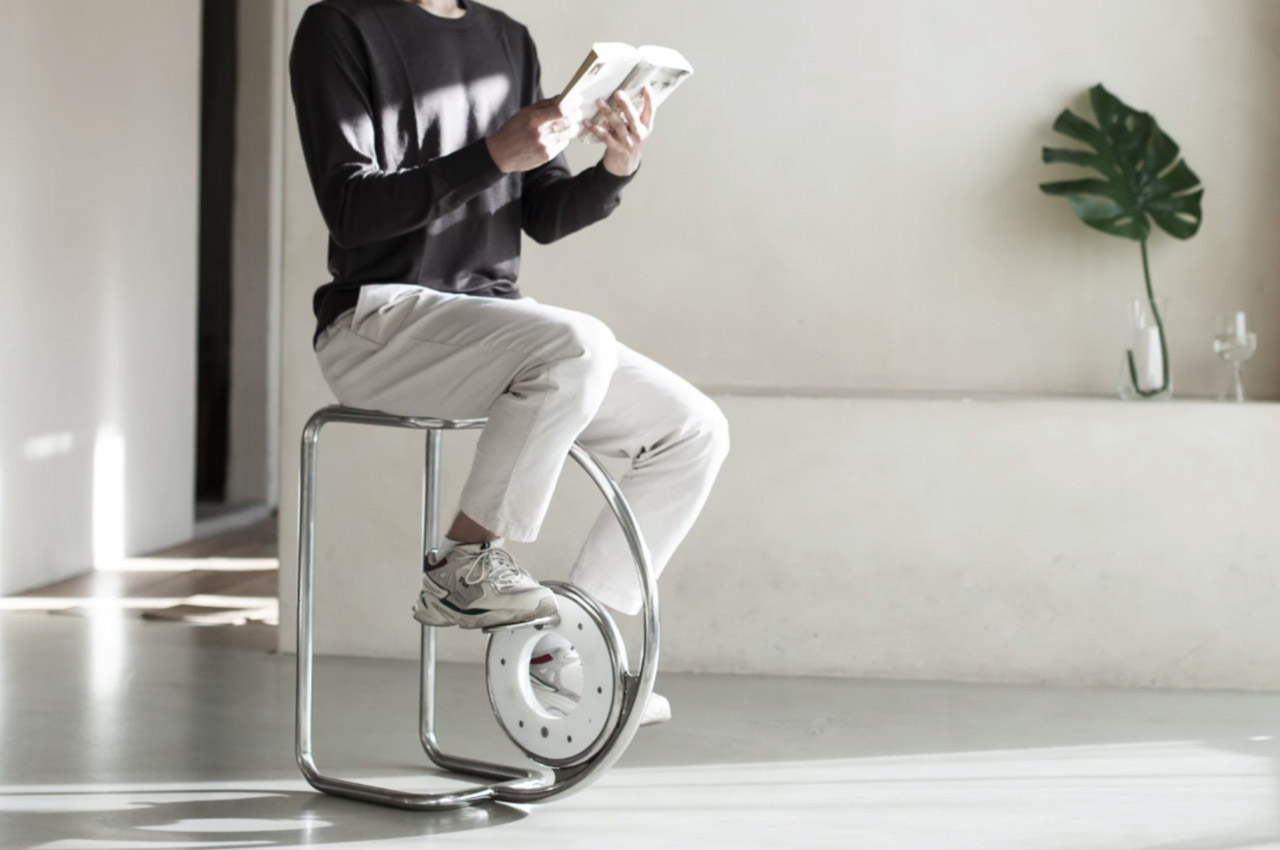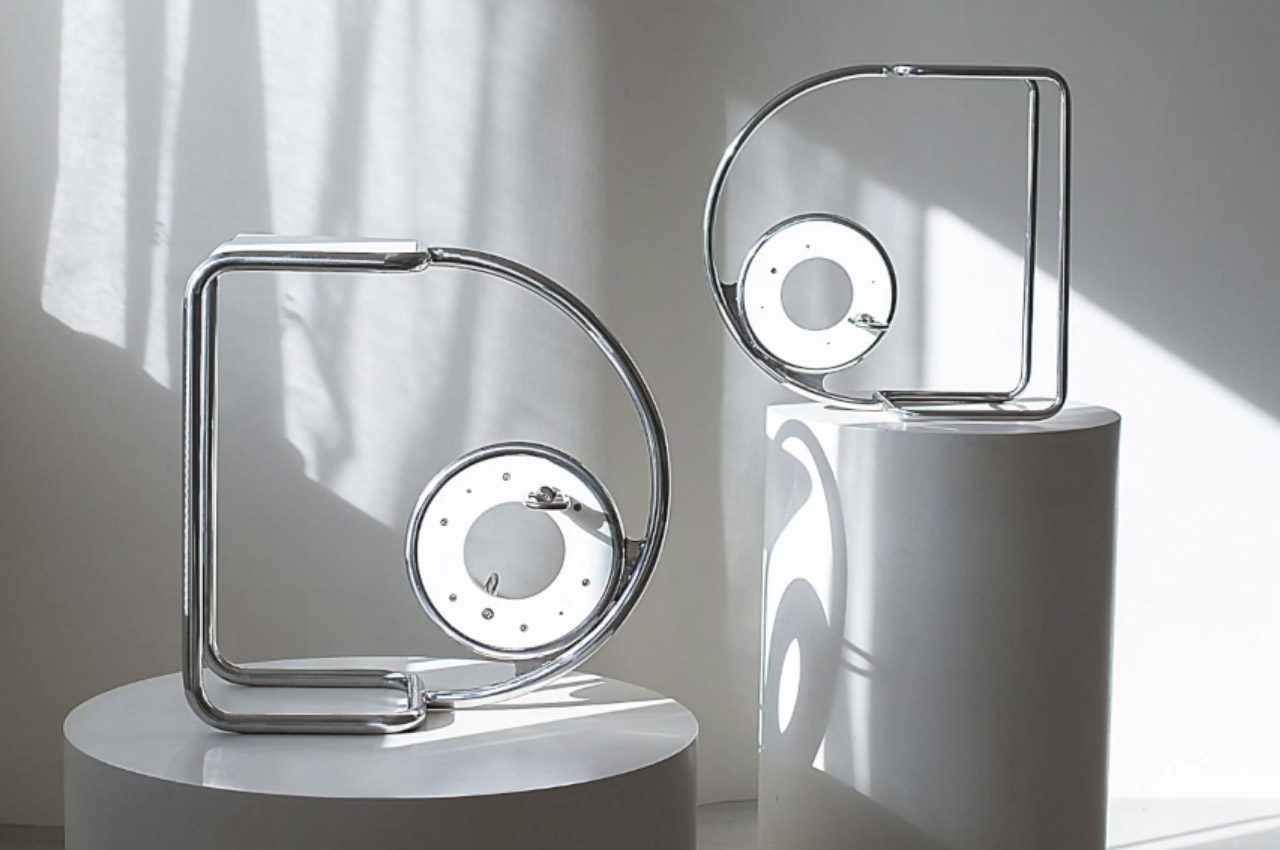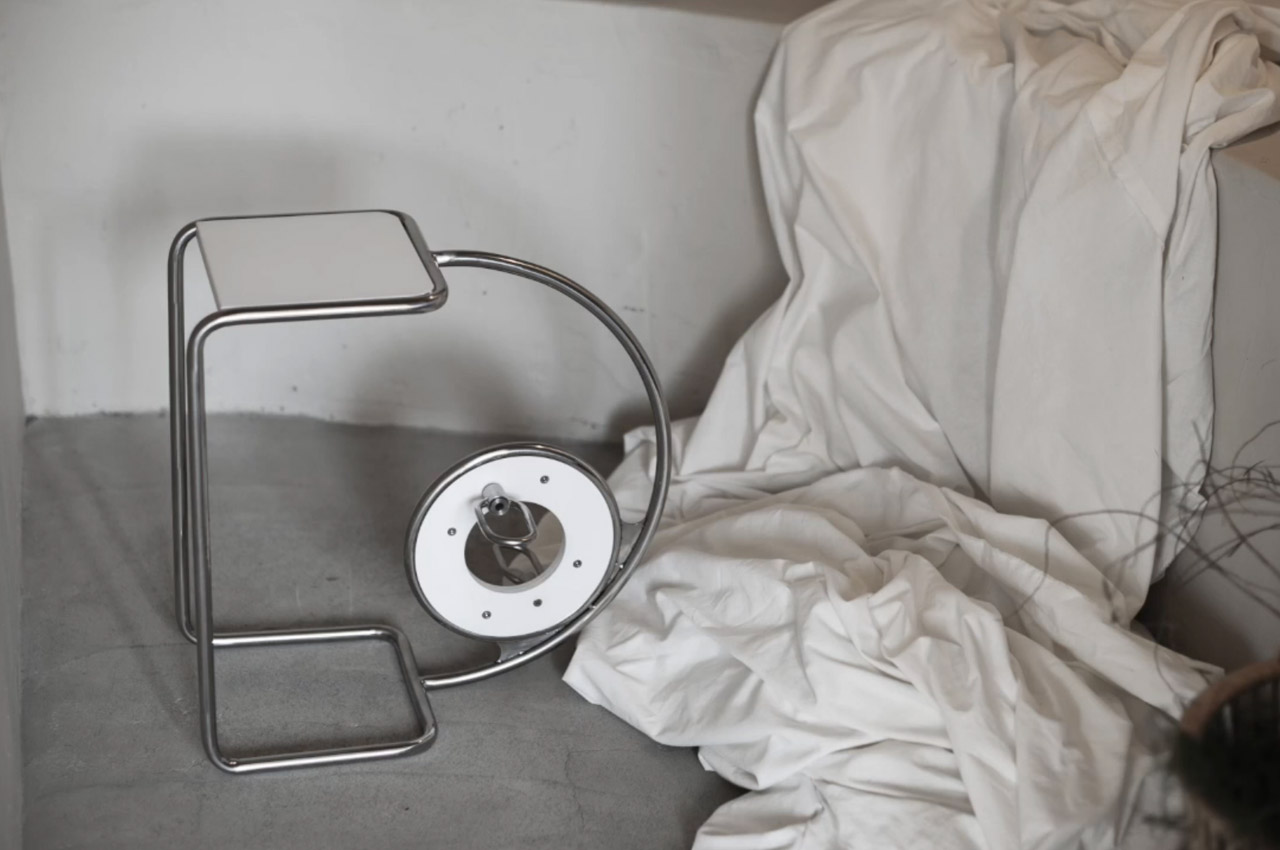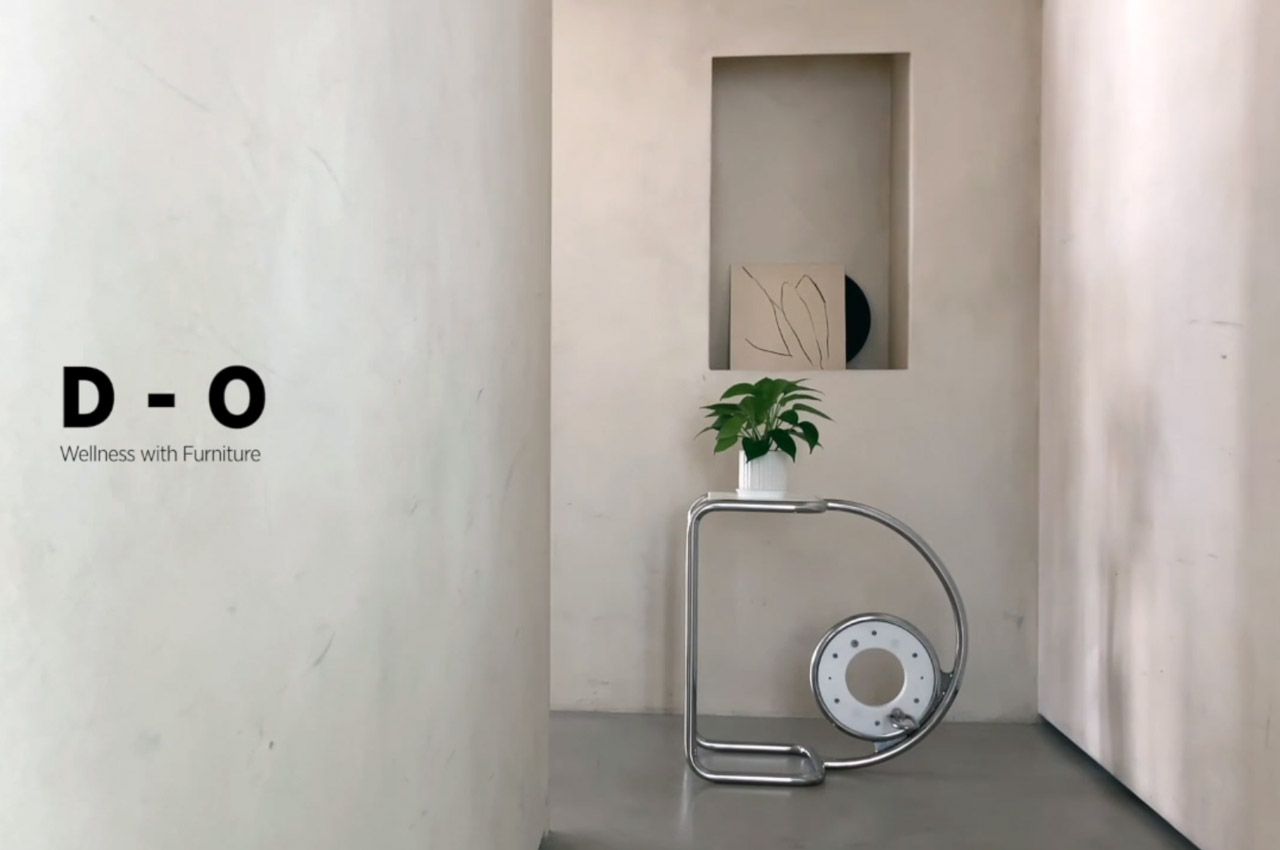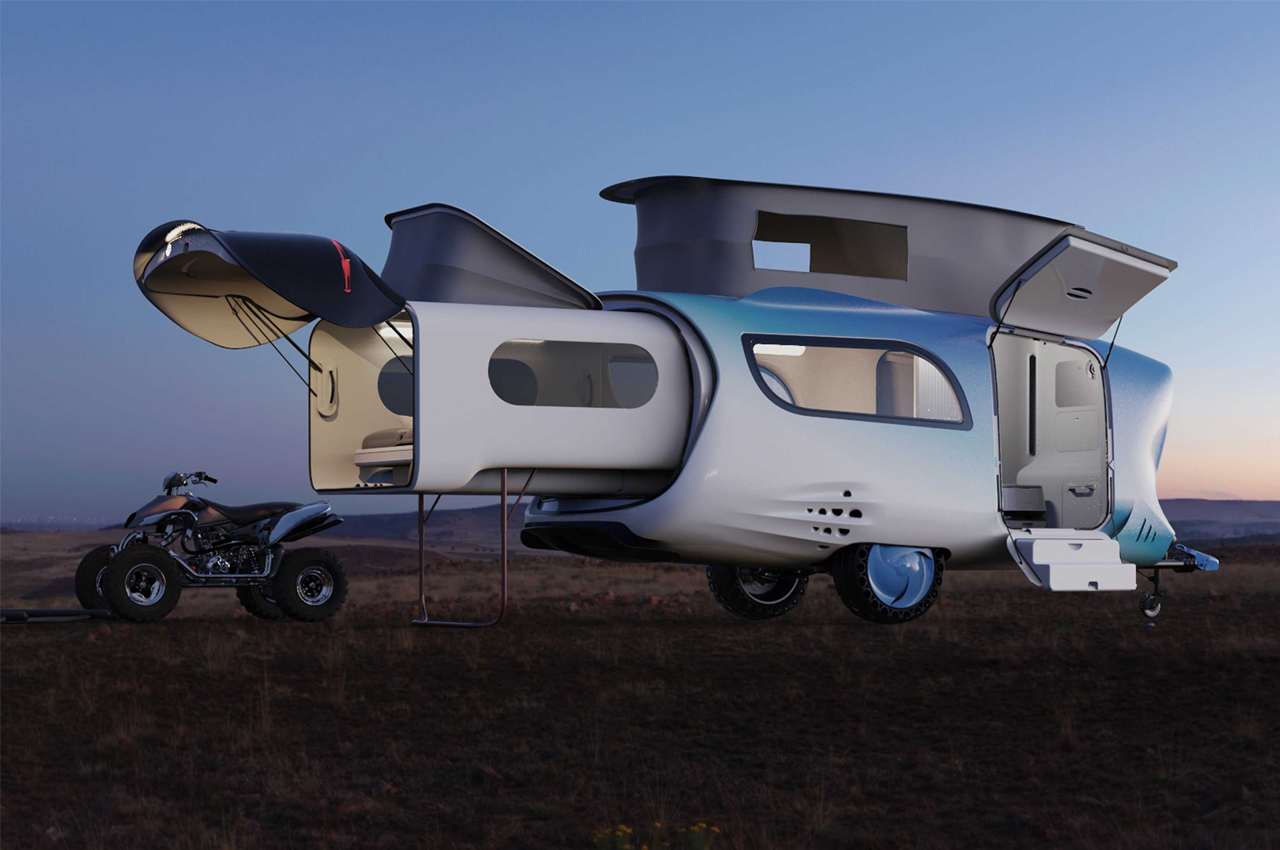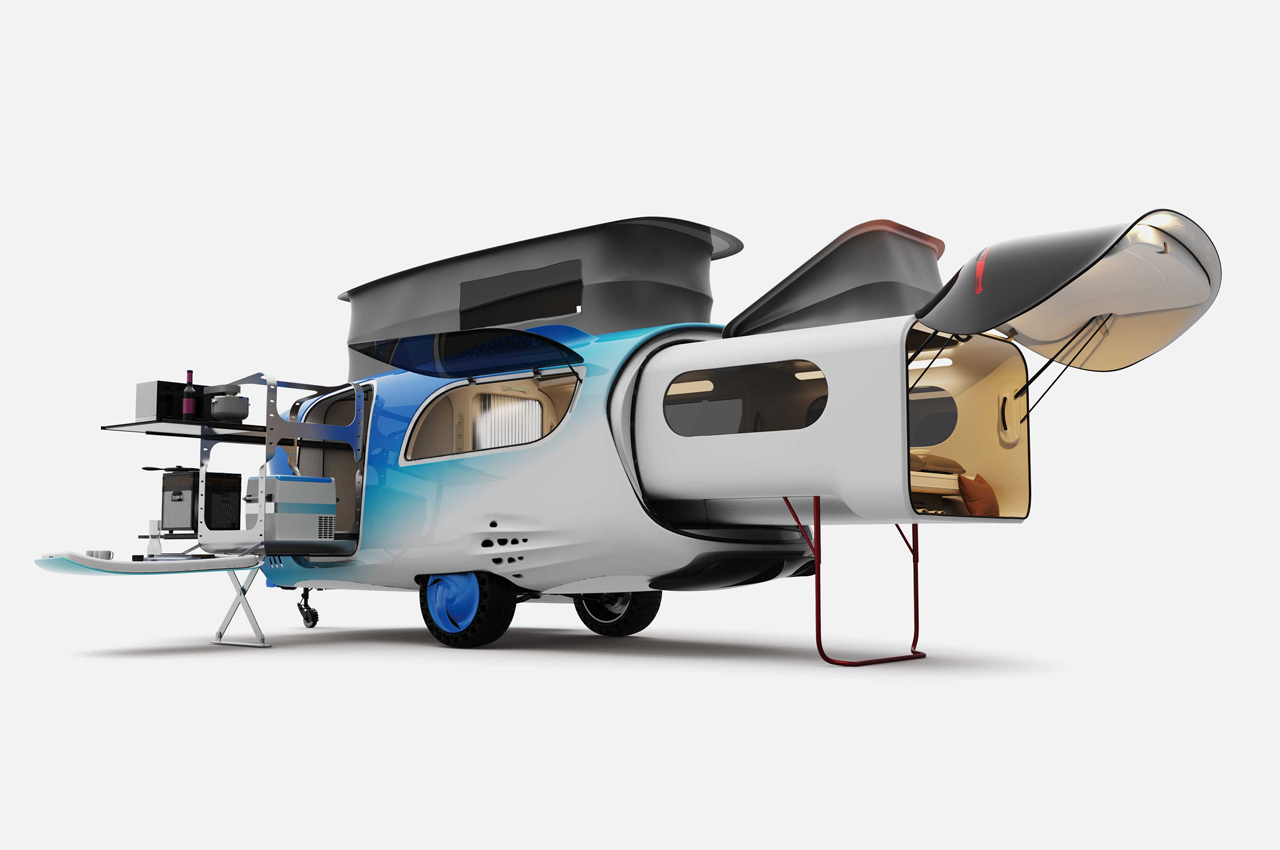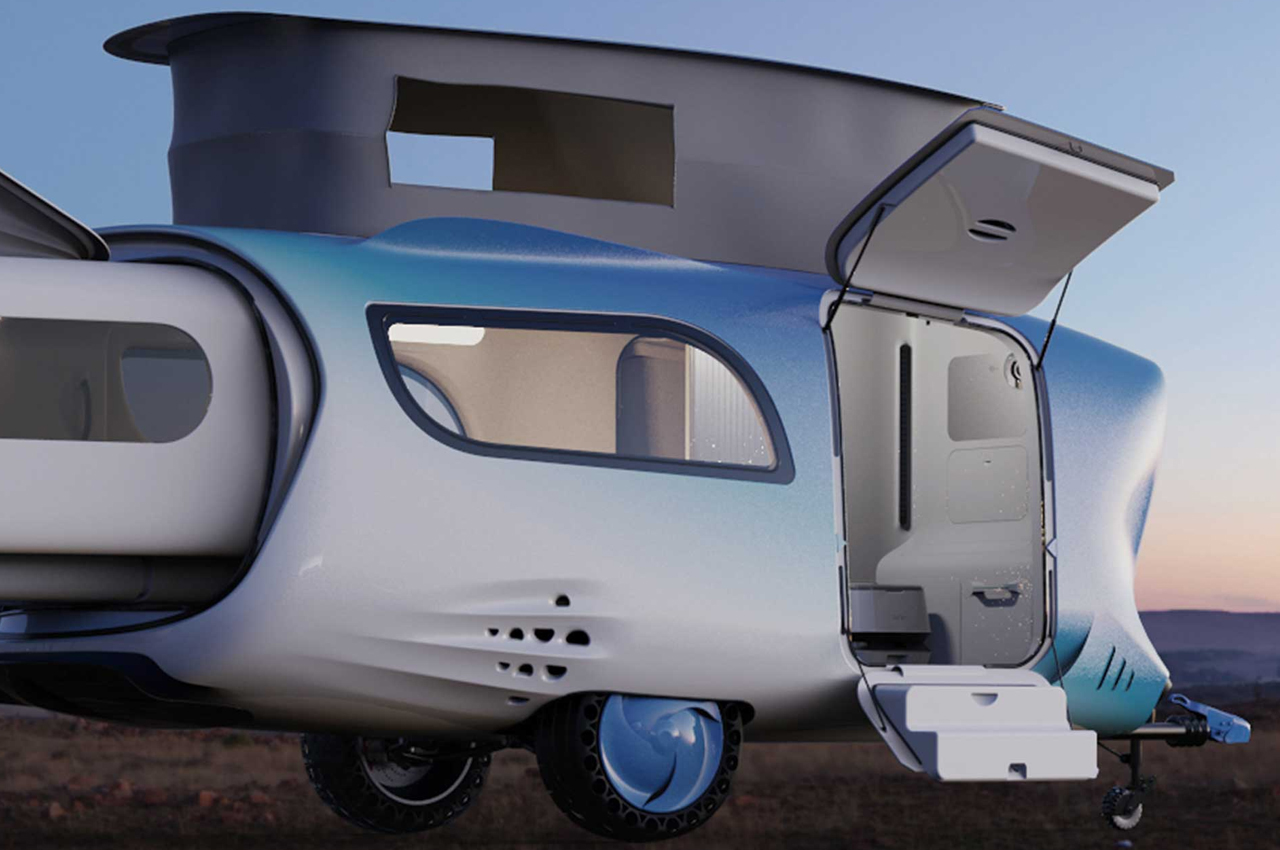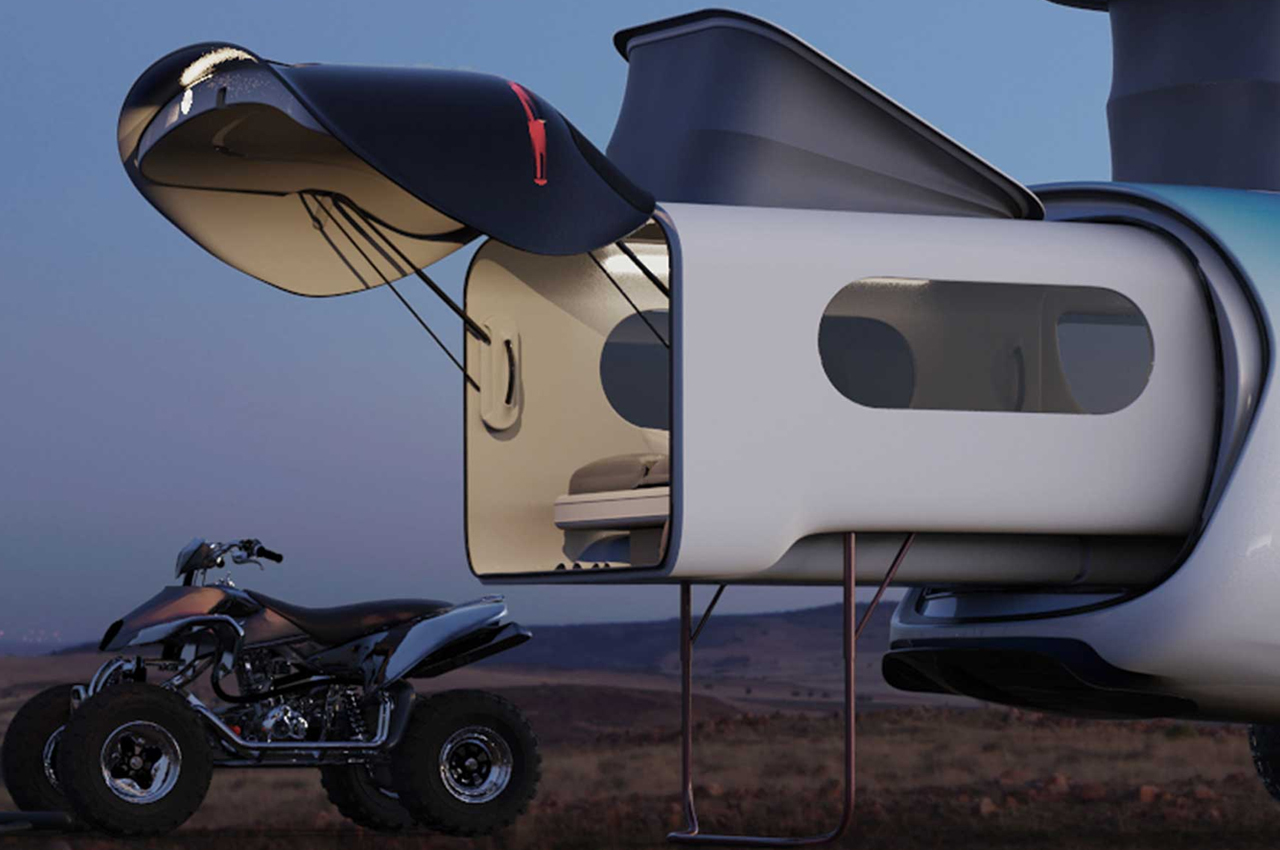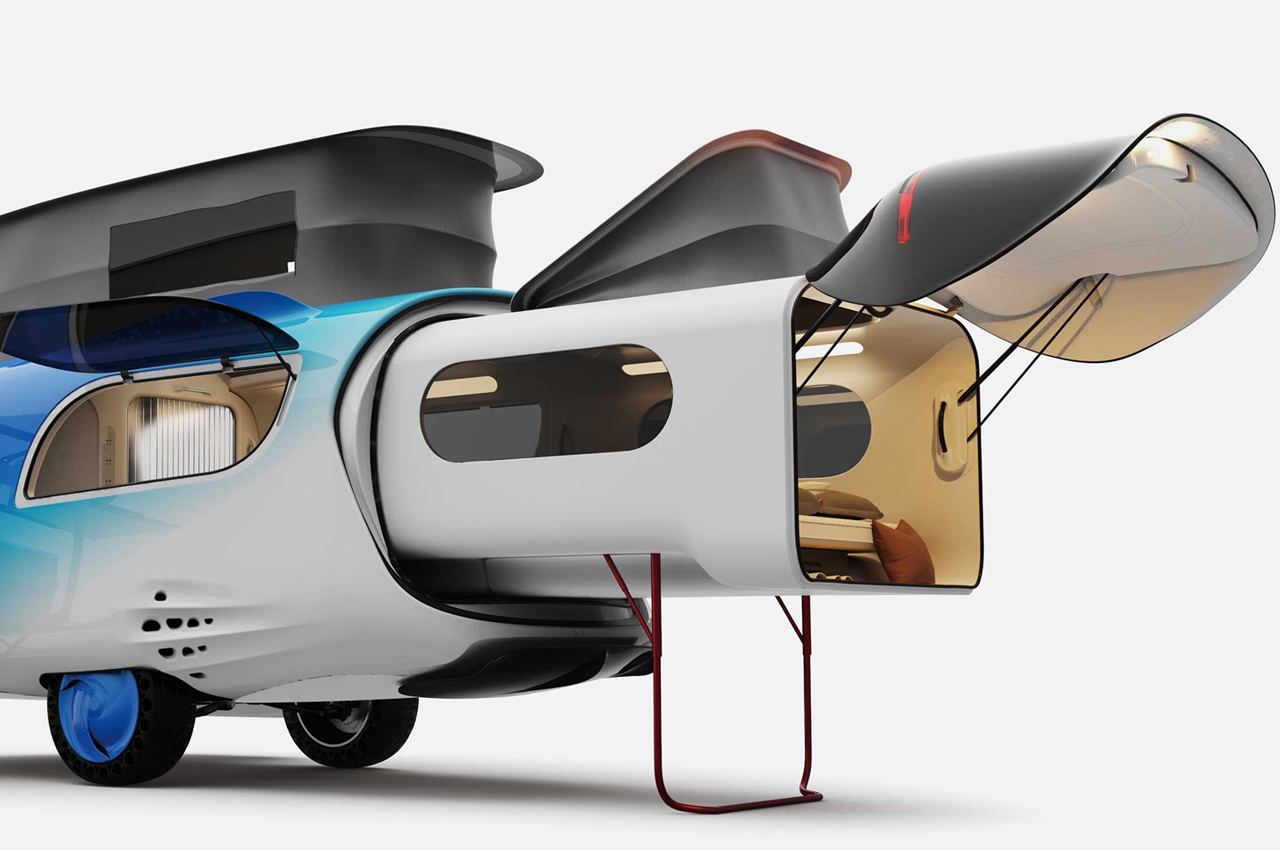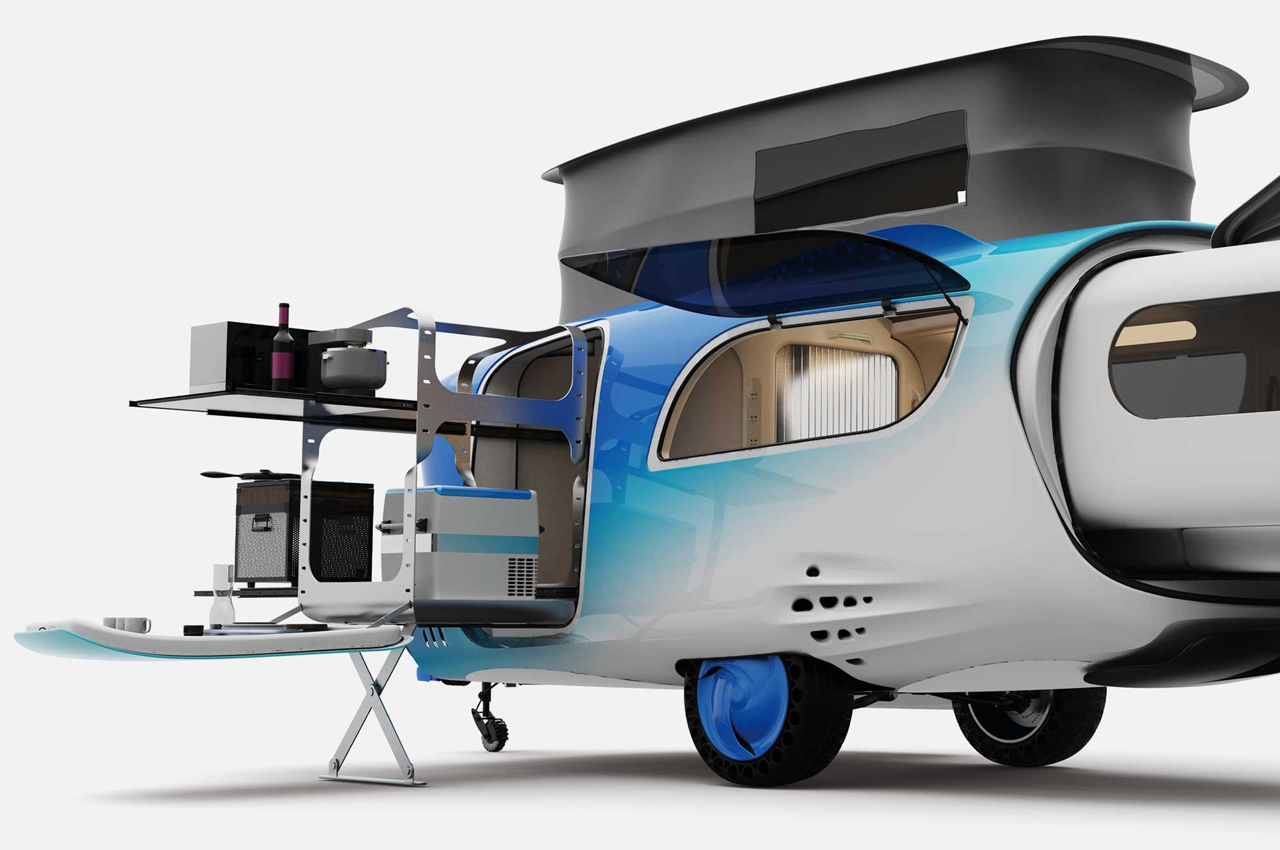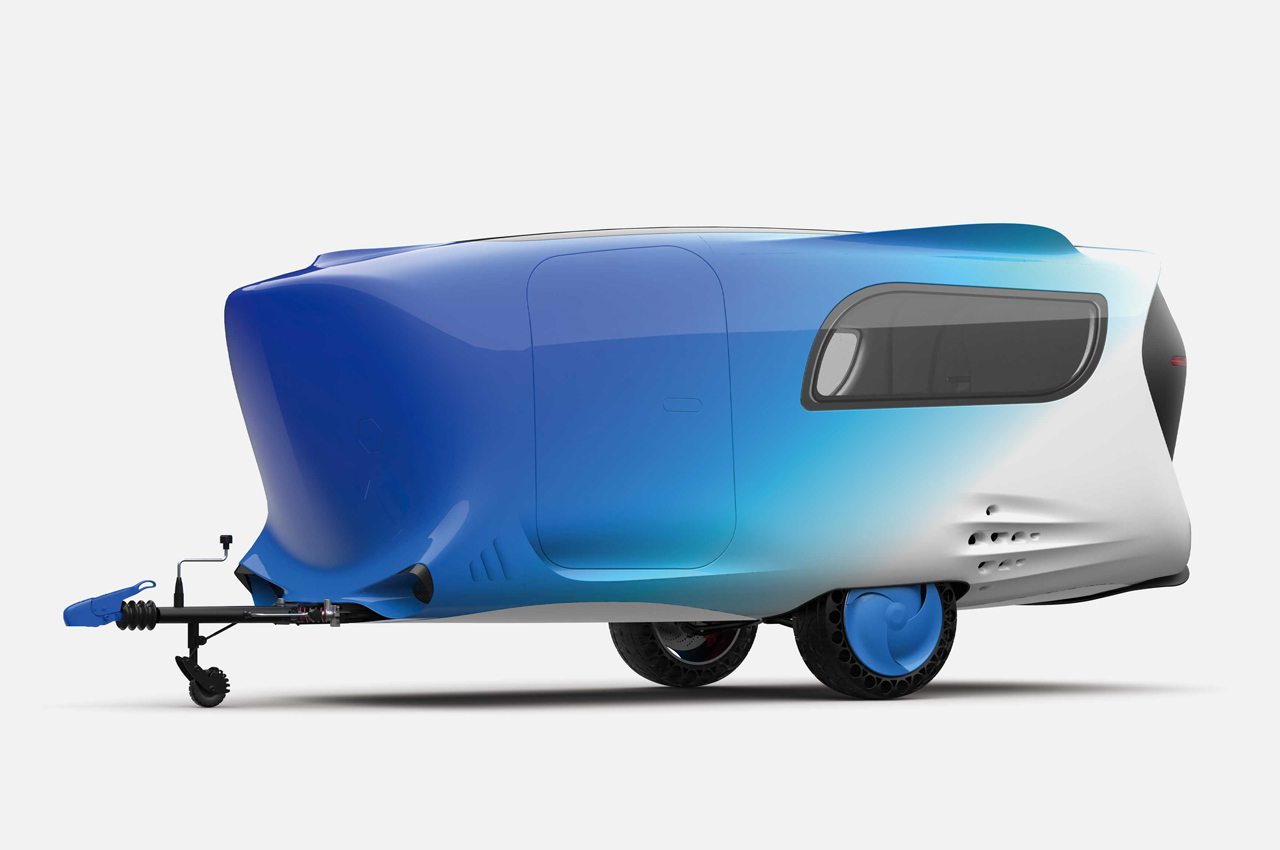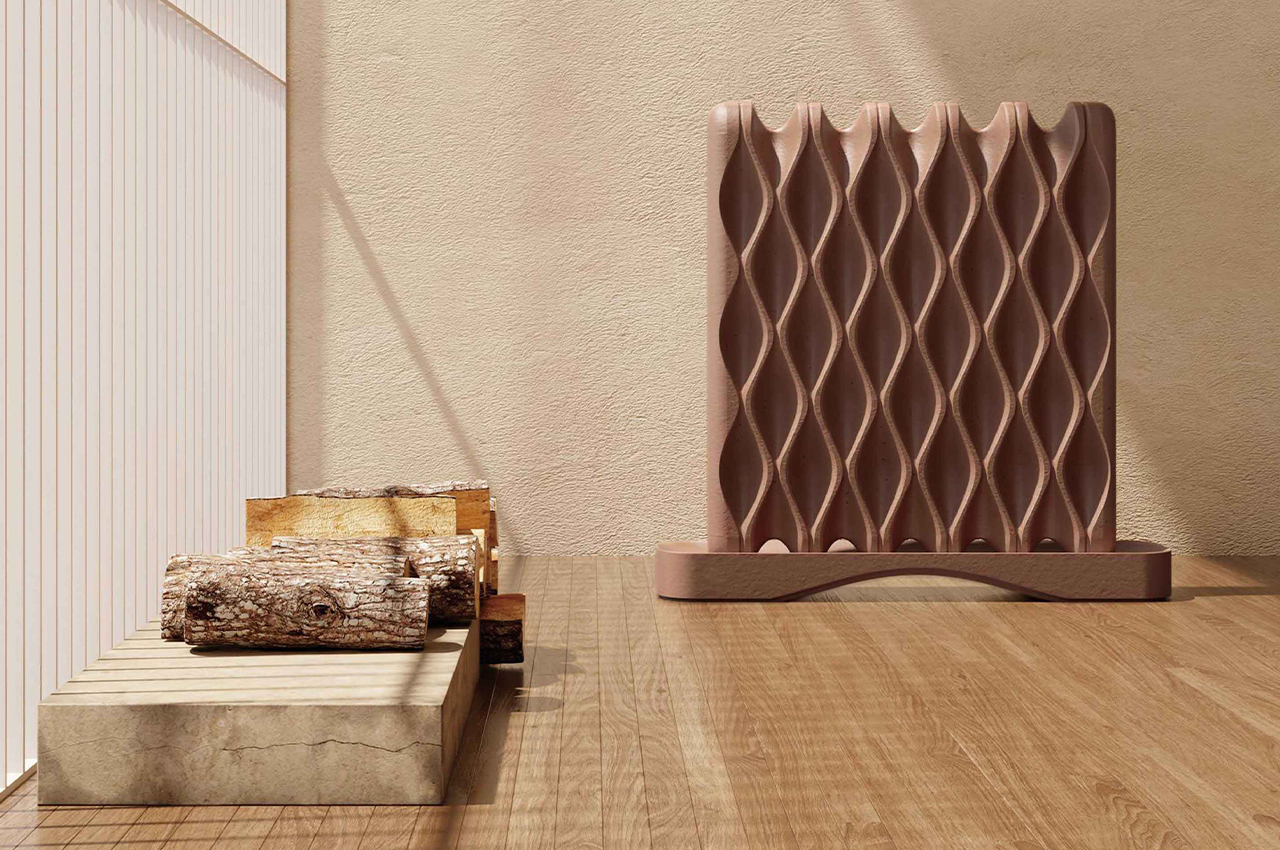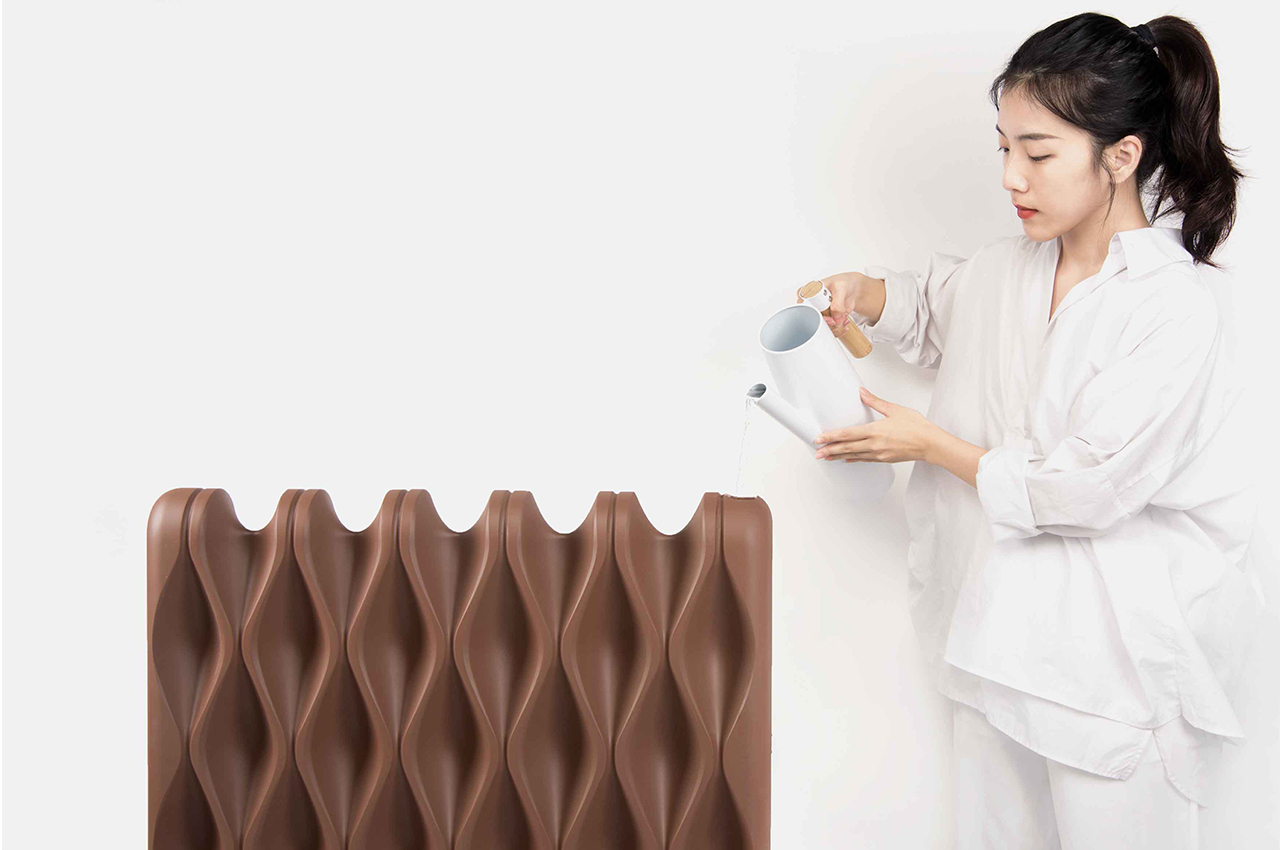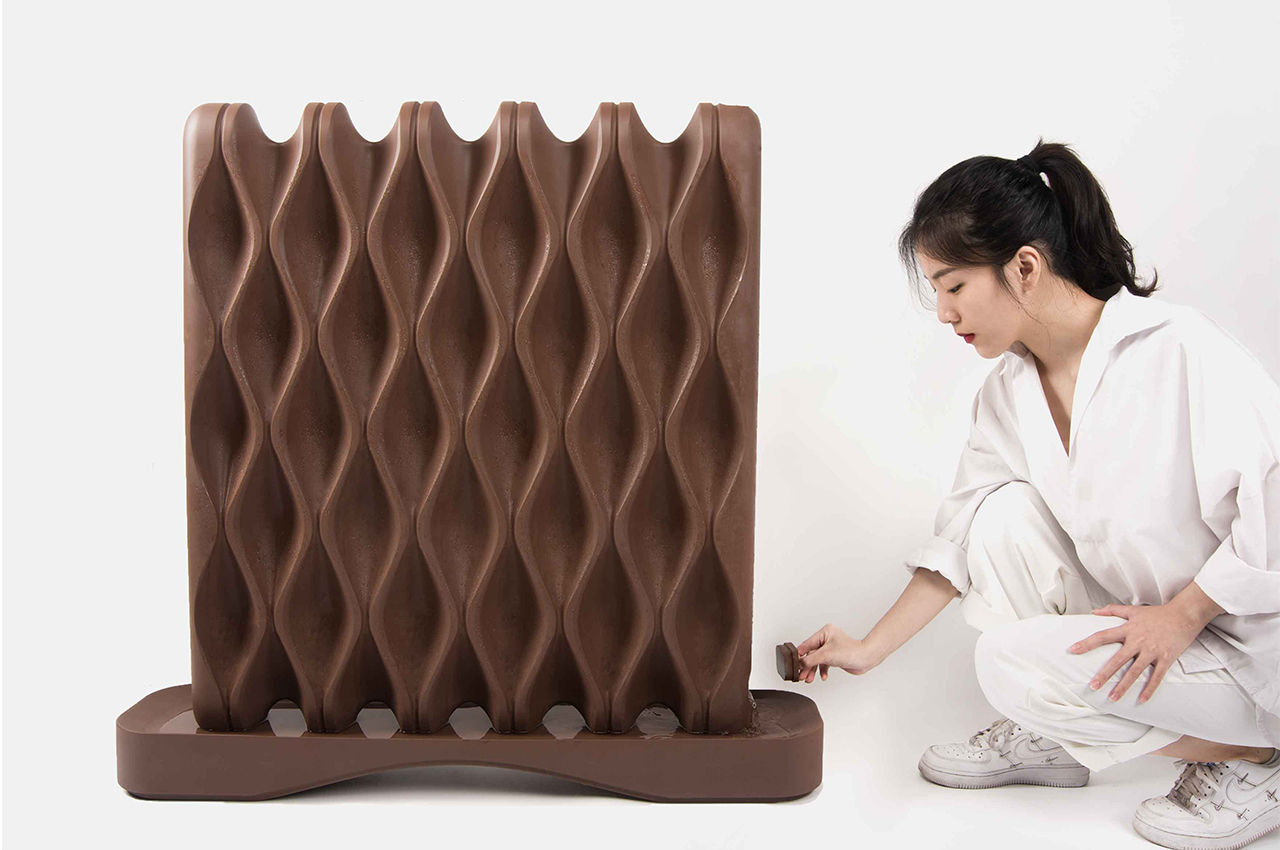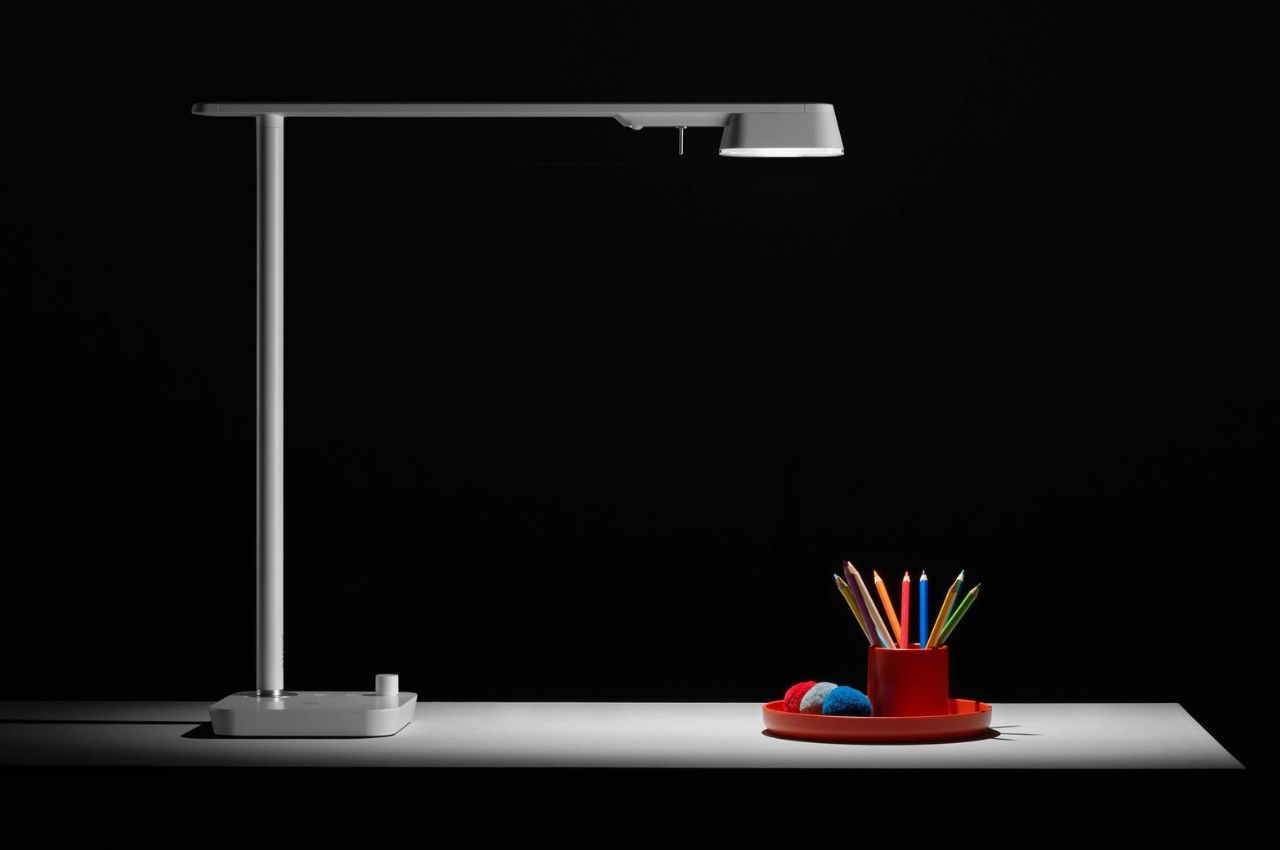
In the realm of modern lighting design, a delicate balance between technology and aesthetics is imperative to create truly exceptional products. “The New Lamp,” a groundbreaking creation, exemplifies this philosophy by seamlessly integrating cutting-edge technology with captivating design elements. As experts in technology-based light sources, the creators of The New Lamp embarked on a journey to redefine illumination, resulting in a masterpiece that perfectly marries form and function.
Designer: BKID co
As pioneers in the field of light sources, the creators of The New Lamp were faced with a unique challenge: to transcend the conventional boundaries of technical complexity while maintaining an exquisite aesthetic appeal. Recognizing that a mere external facade would not suffice, they embarked on a mission to harmonize design and technology in a way that each component complements the other.
Every facet of The New Lamp tells a compelling narrative rooted in purpose. The distinctive oval-shaped lamp head, for instance, serves as a testament to this thoughtful synergy. Its inception was necessitated by the integration of the optical shift mechanism, which led to an organic and iconic lamp head design that not only serves a technical function but also stands as a symbol of innovation.
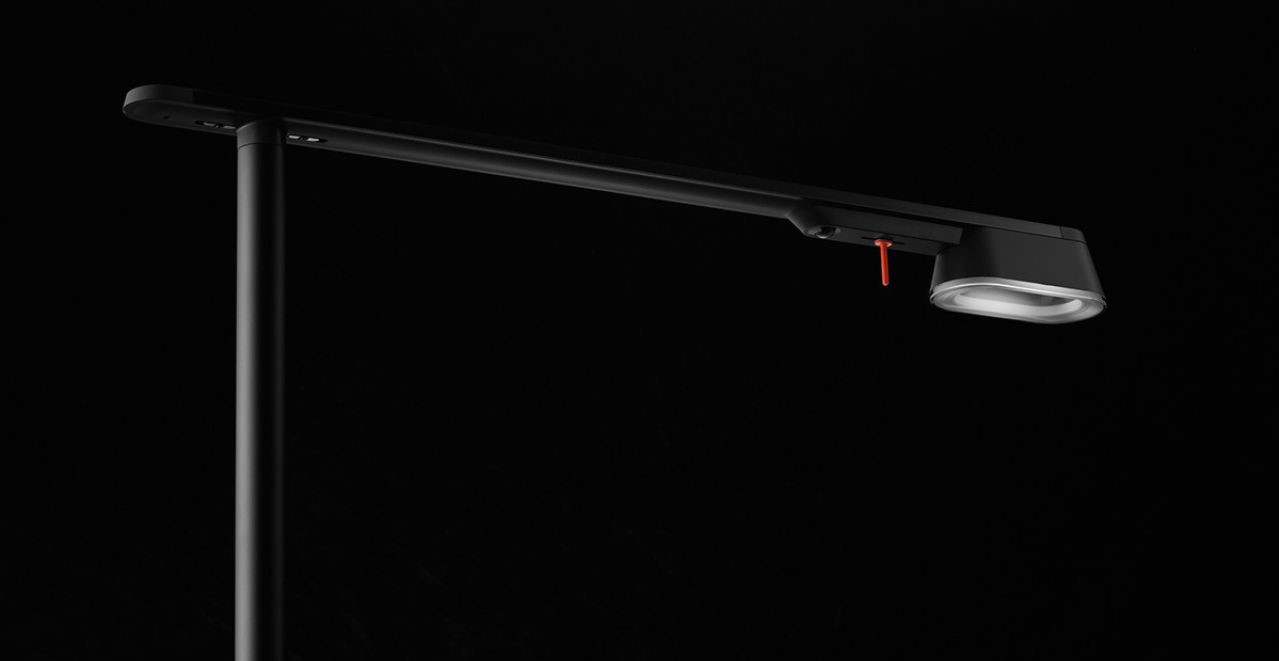
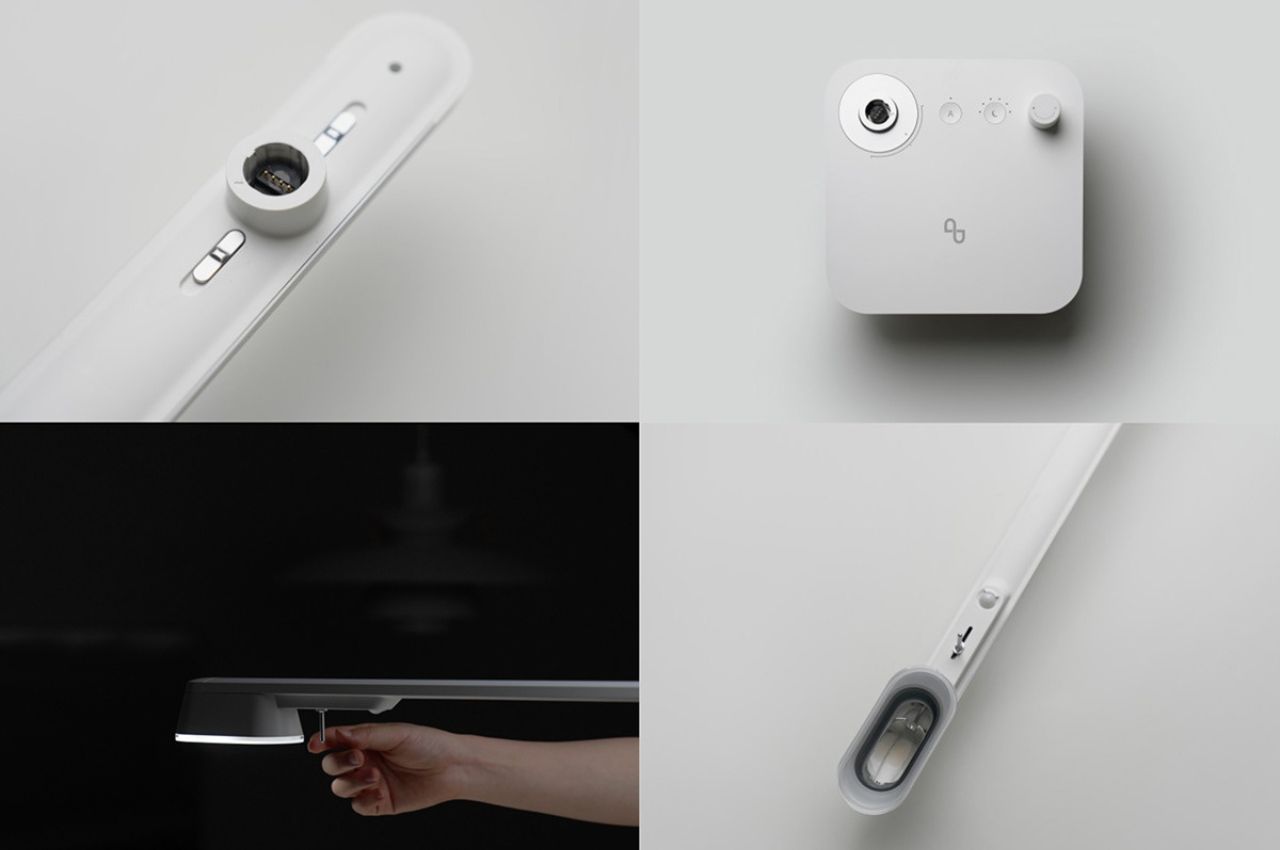

At the heart of The New Lamp lies a transformative lighting experience. The brilliance of this product lies not only in its ability to illuminate a space but also in its dynamic adaptability. Users have the power to tailor the lamp’s brightness and warmth, effortlessly transitioning between the calming embrace of warm yellow light and the invigorating clarity of white light. This feature acknowledges the profound influence of light on human emotions and productivity, offering an unparalleled level of personalization.
The New Lamp isn’t merely confined to illuminating a single corner; it is a multifunctional marvel designed to elevate various aspects of modern life. Its rotatable design along the vertical stand allows users to effortlessly redirect light, adapting it to different scenarios and tasks. Whether it graces your work desk, adorns your study table, or casts a gentle glow on your bedside table as a night lamp, The New Lamp seamlessly transitions between roles, accommodating your needs with grace.
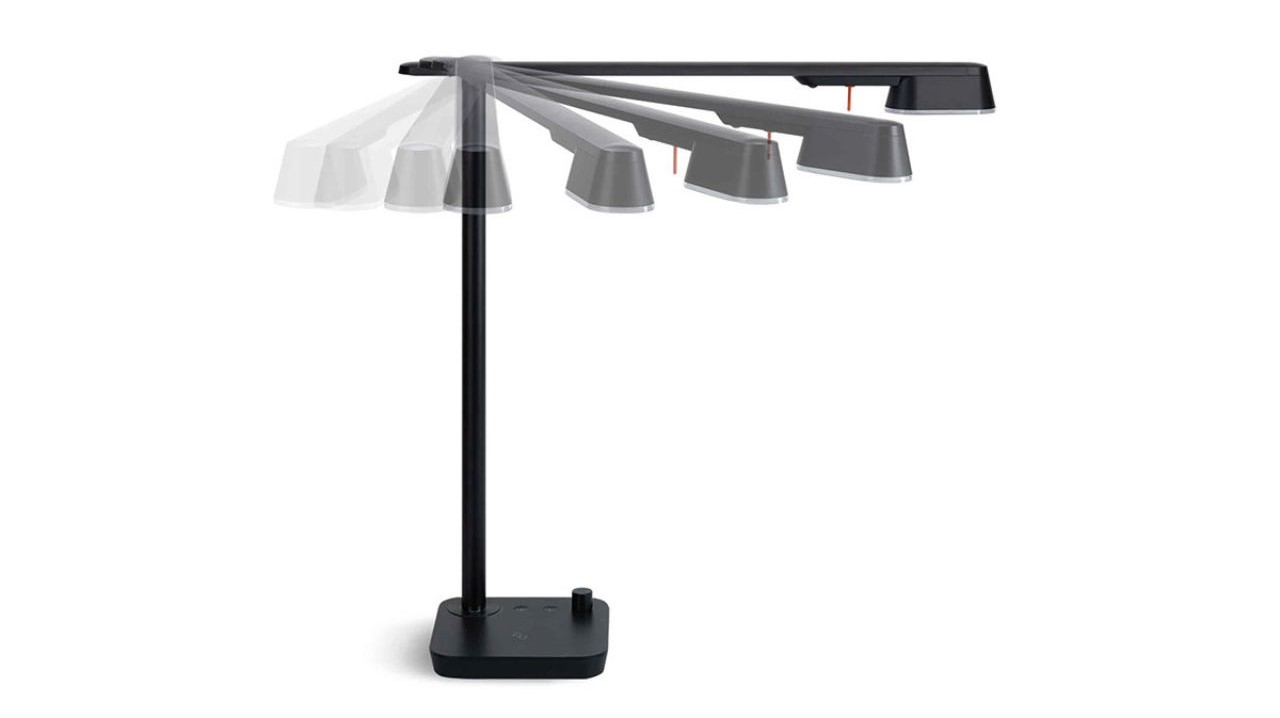
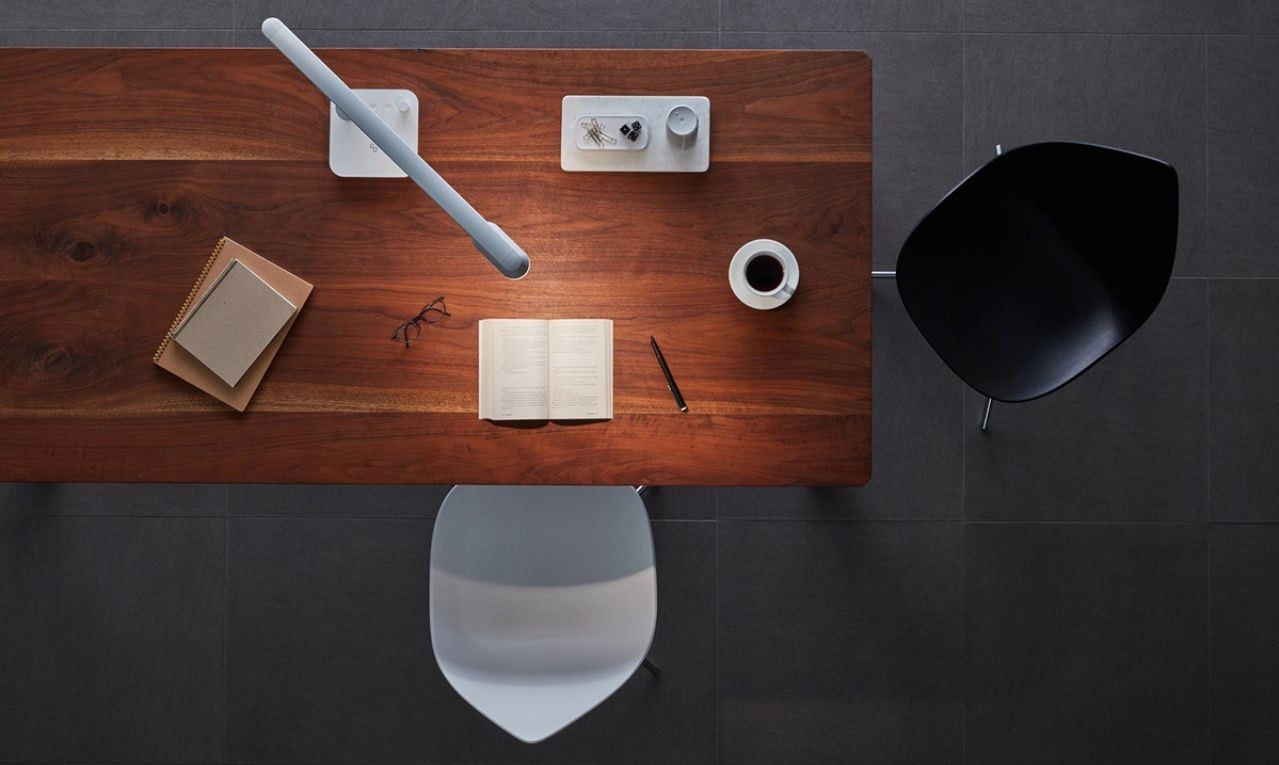
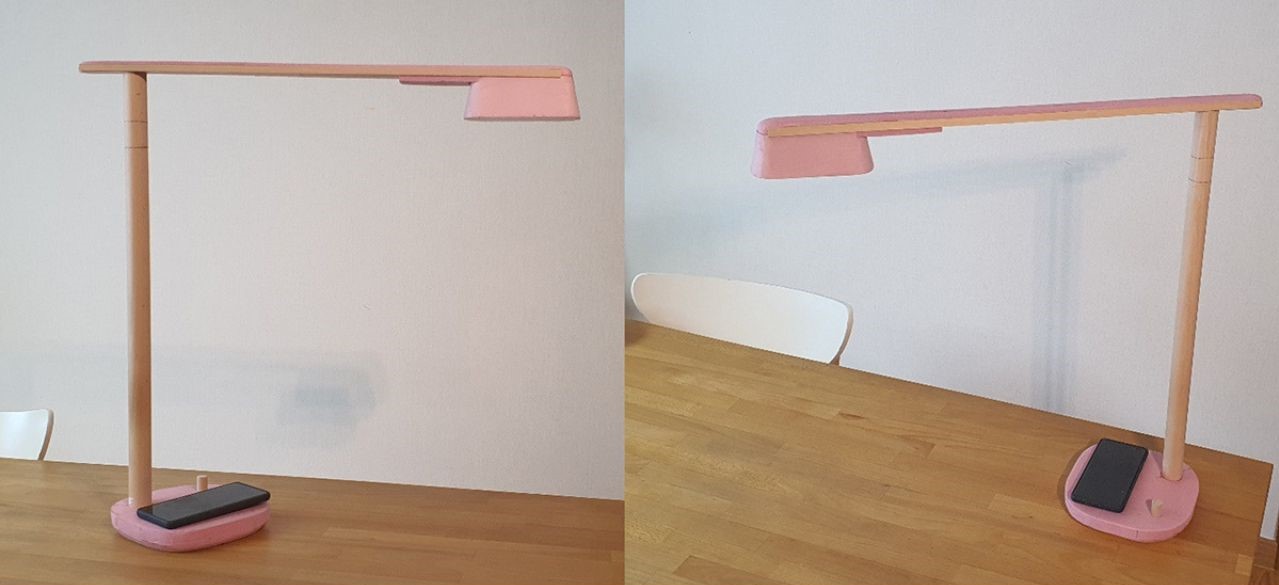
In the age of compact living spaces, The New Lamp emerges as a true ally, catering to the challenges of modern lifestyles. Recognizing the significance of limited desk space, the creators ingeniously incorporated a feature that enhances functionality – a designated space to hold your smartphone. This thoughtful addition not only serves a practical purpose but also contributes to the lamp’s holistic design, making it an indispensable tool in the contemporary workspace.
“The New Lamp” is more than just a lighting fixture; it is a testament to the boundless possibilities that emerge when design and technology converge in harmonious brilliance. By seamlessly integrating advanced technology, innovative features, and captivating design, this lamp has redefined our expectations of illumination. It serves as an embodiment of how purposeful design can elevate everyday objects into extraordinary experiences, and it stands as an inspiring example of what can be achieved when the pursuit of excellence knows no bounds.
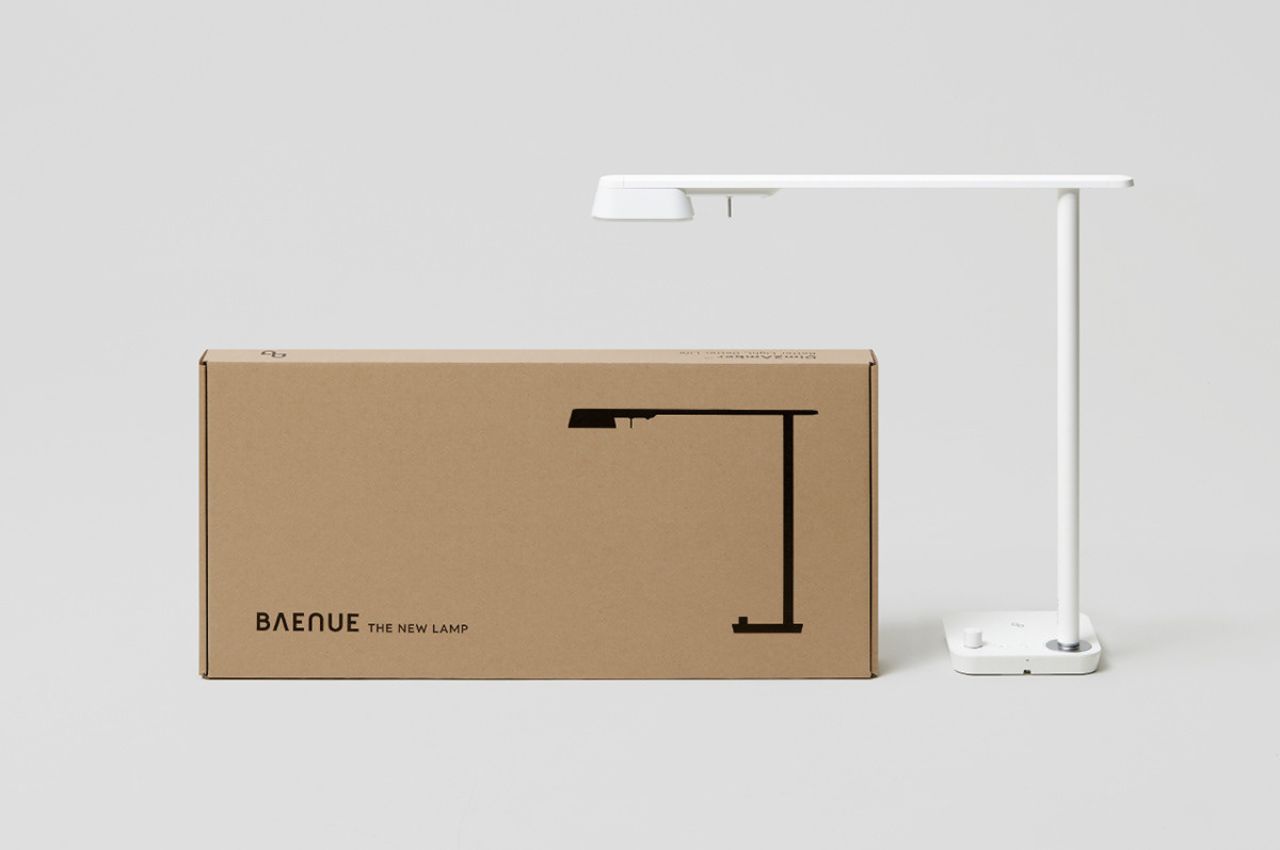
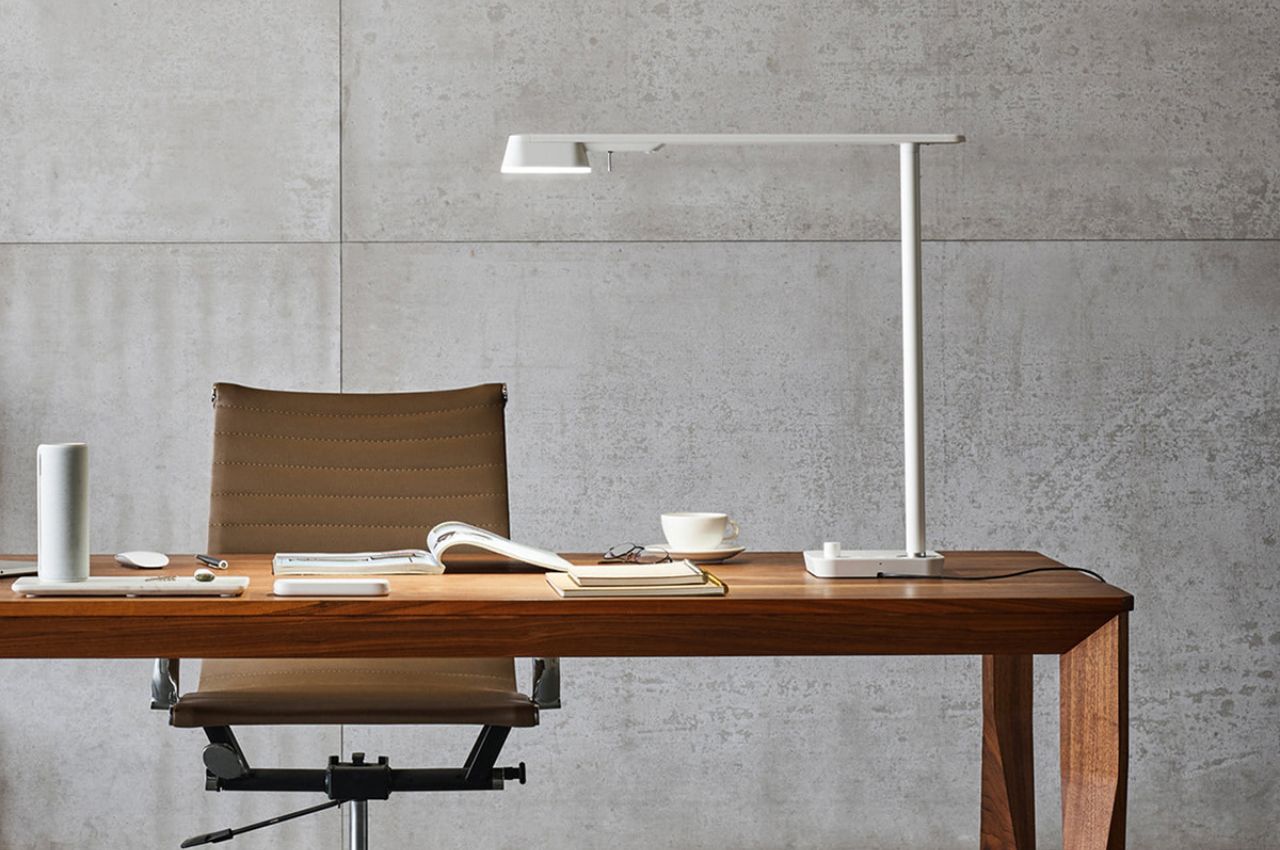
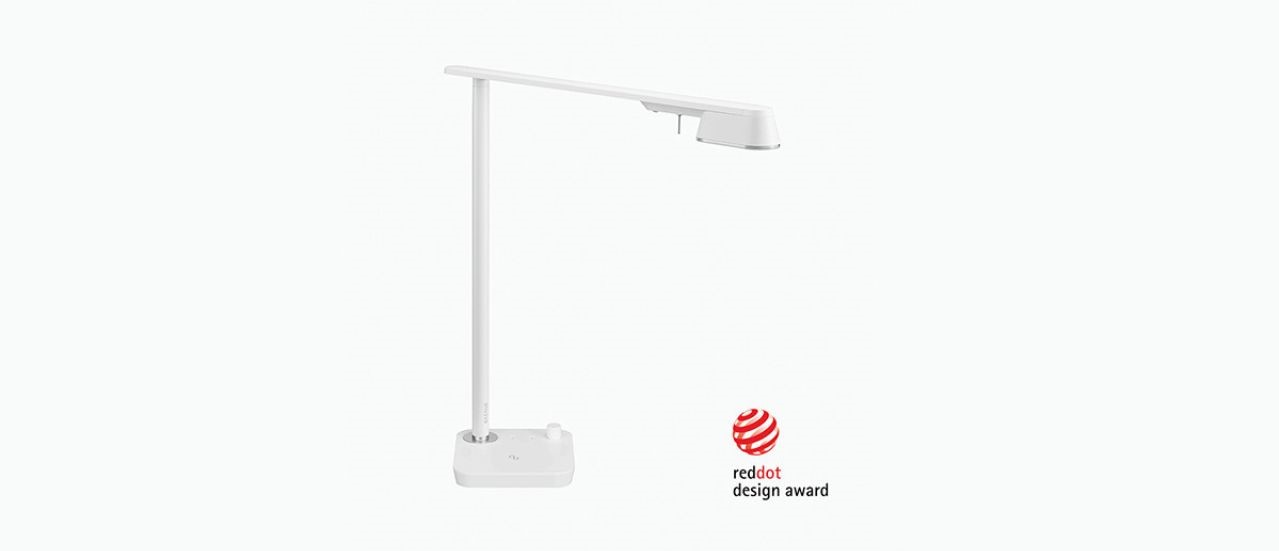
The post The New Lamp You Didn’t Know Your Desk and Bedside Table Needed first appeared on Yanko Design.
